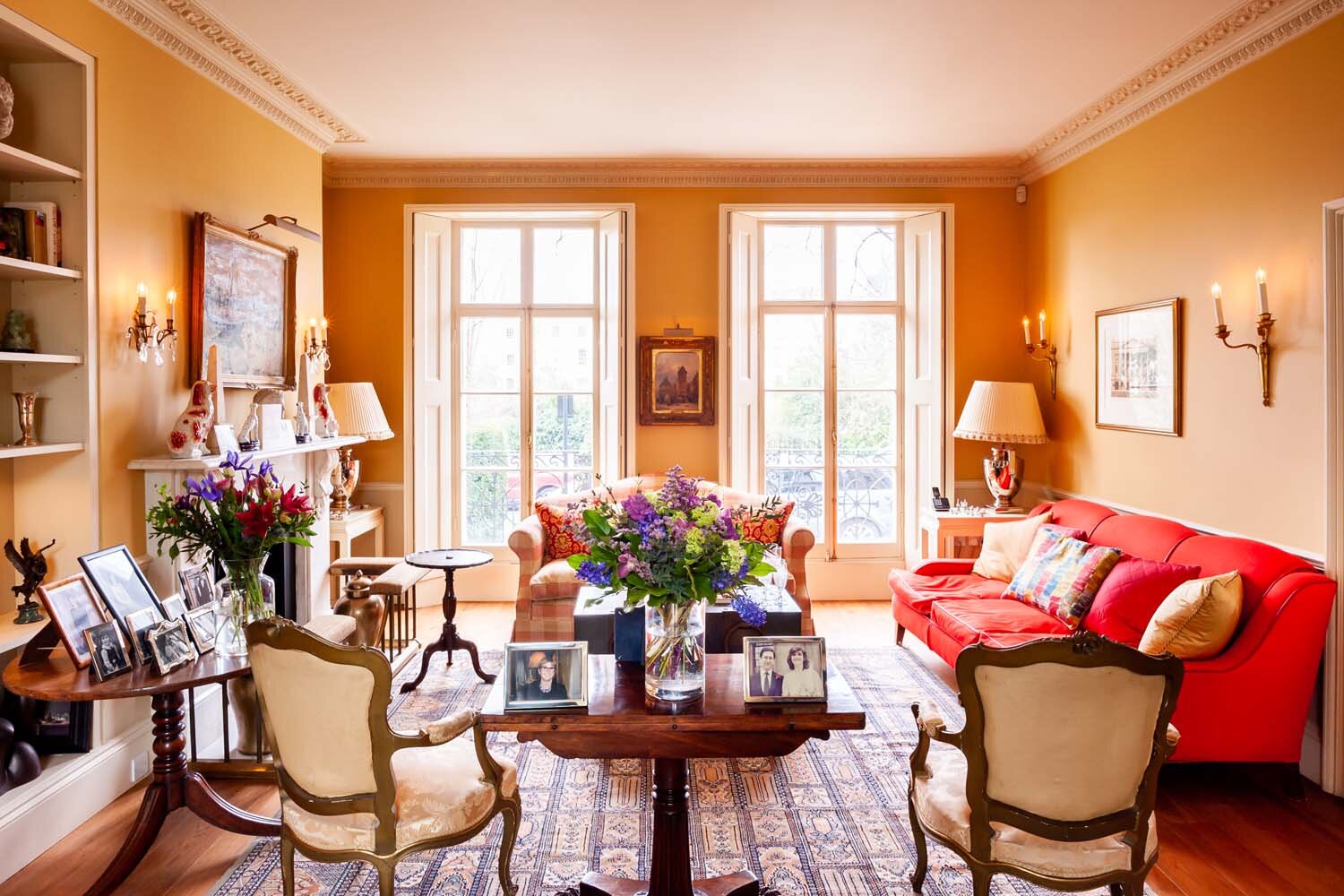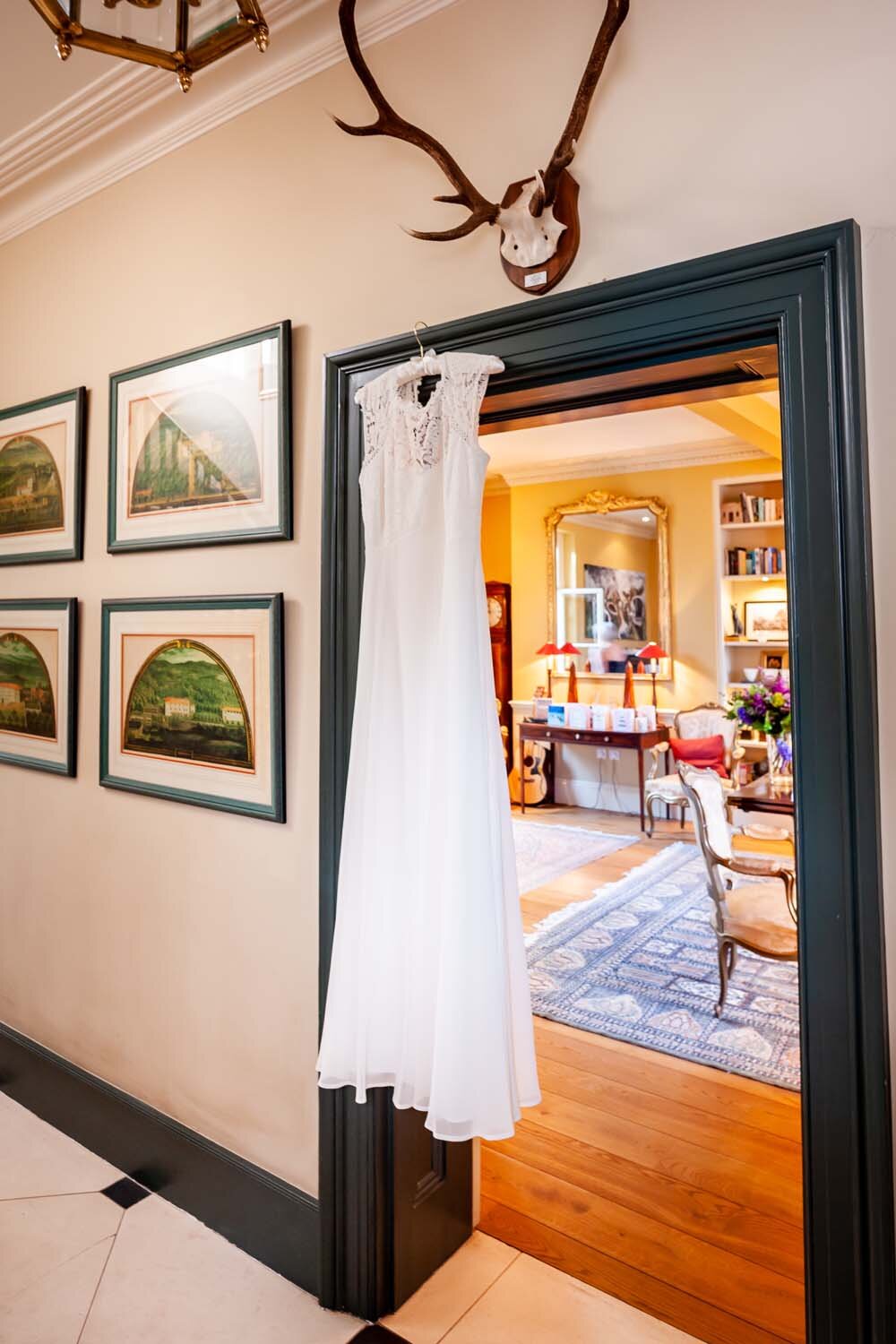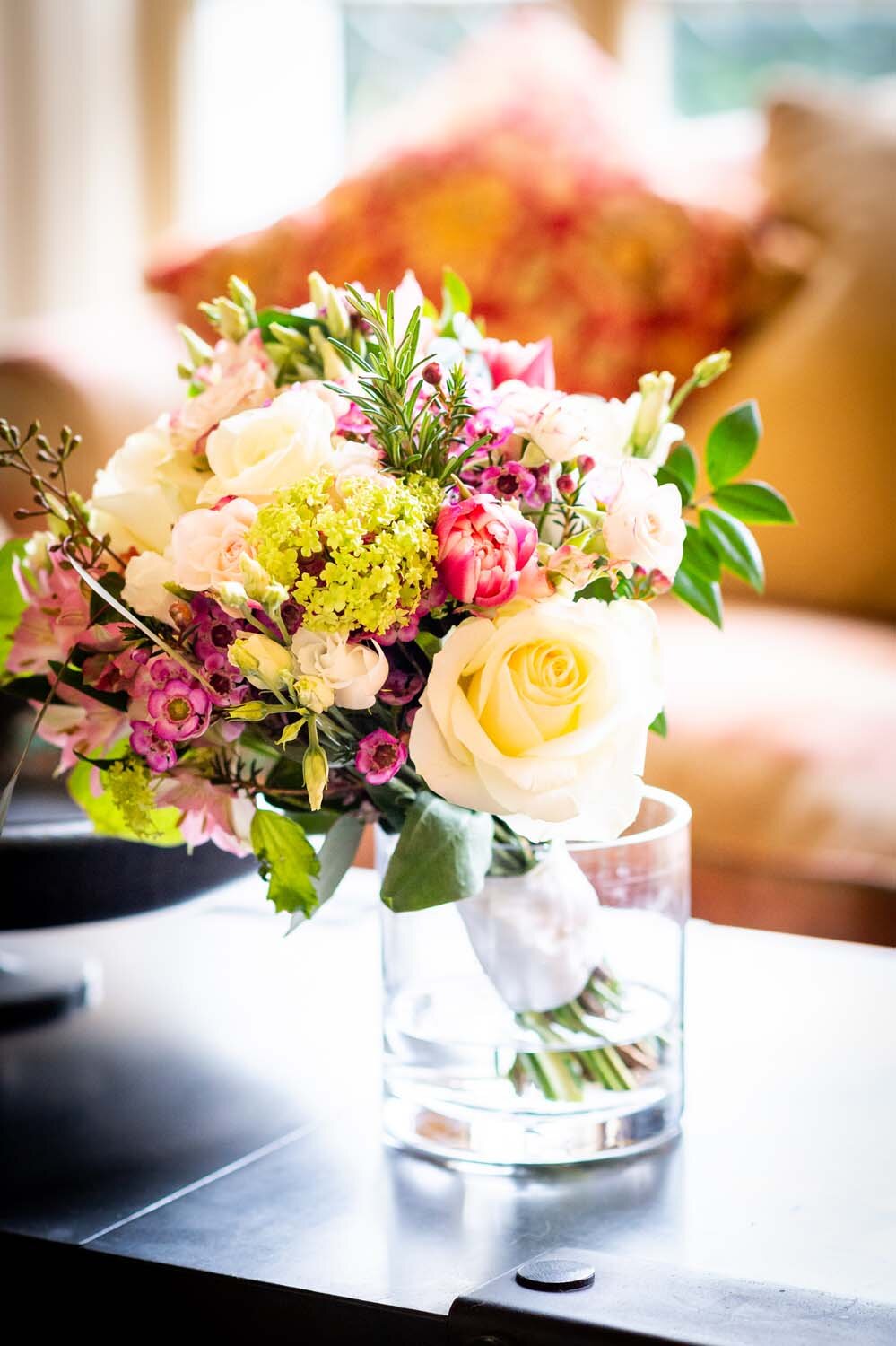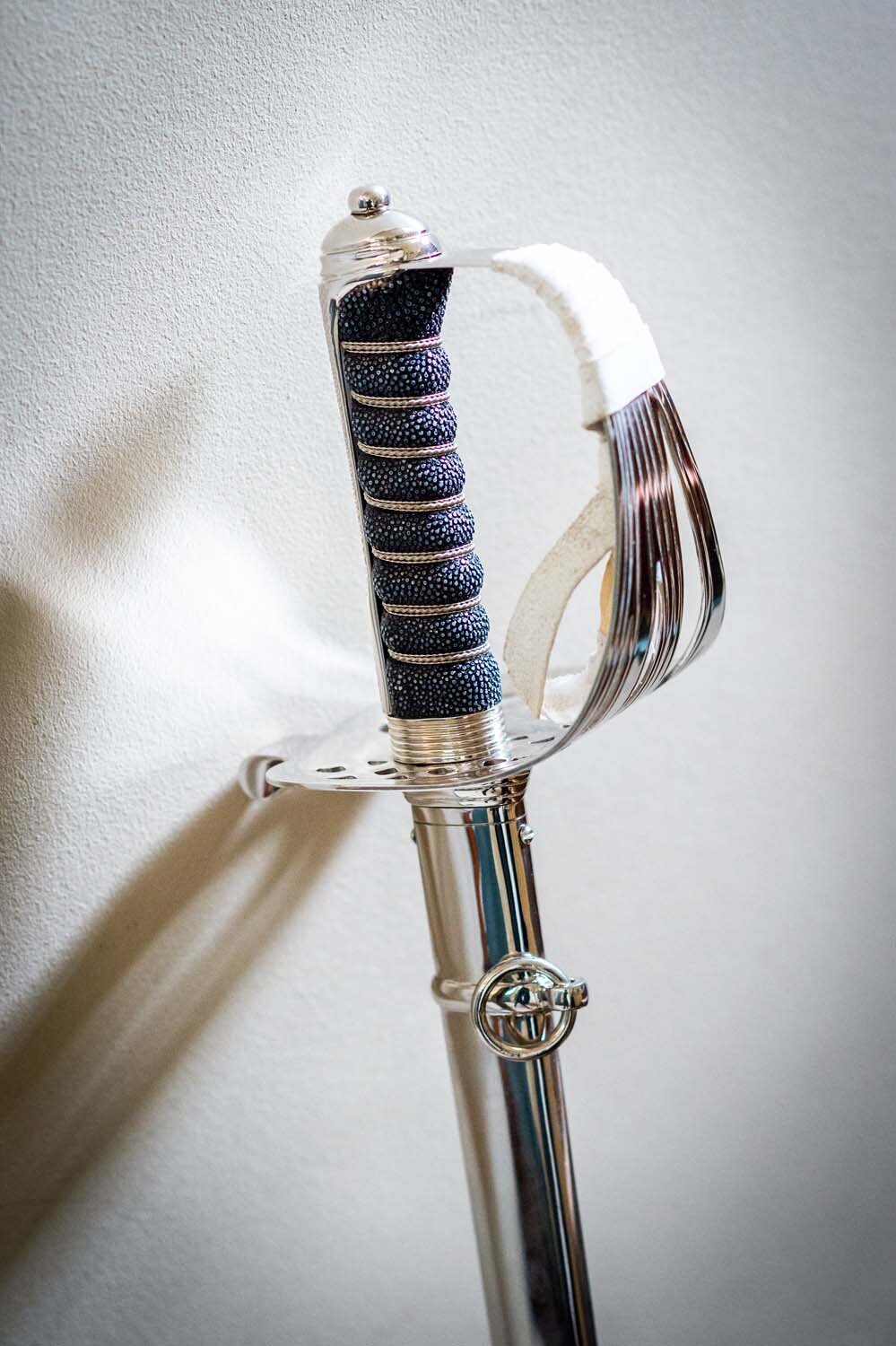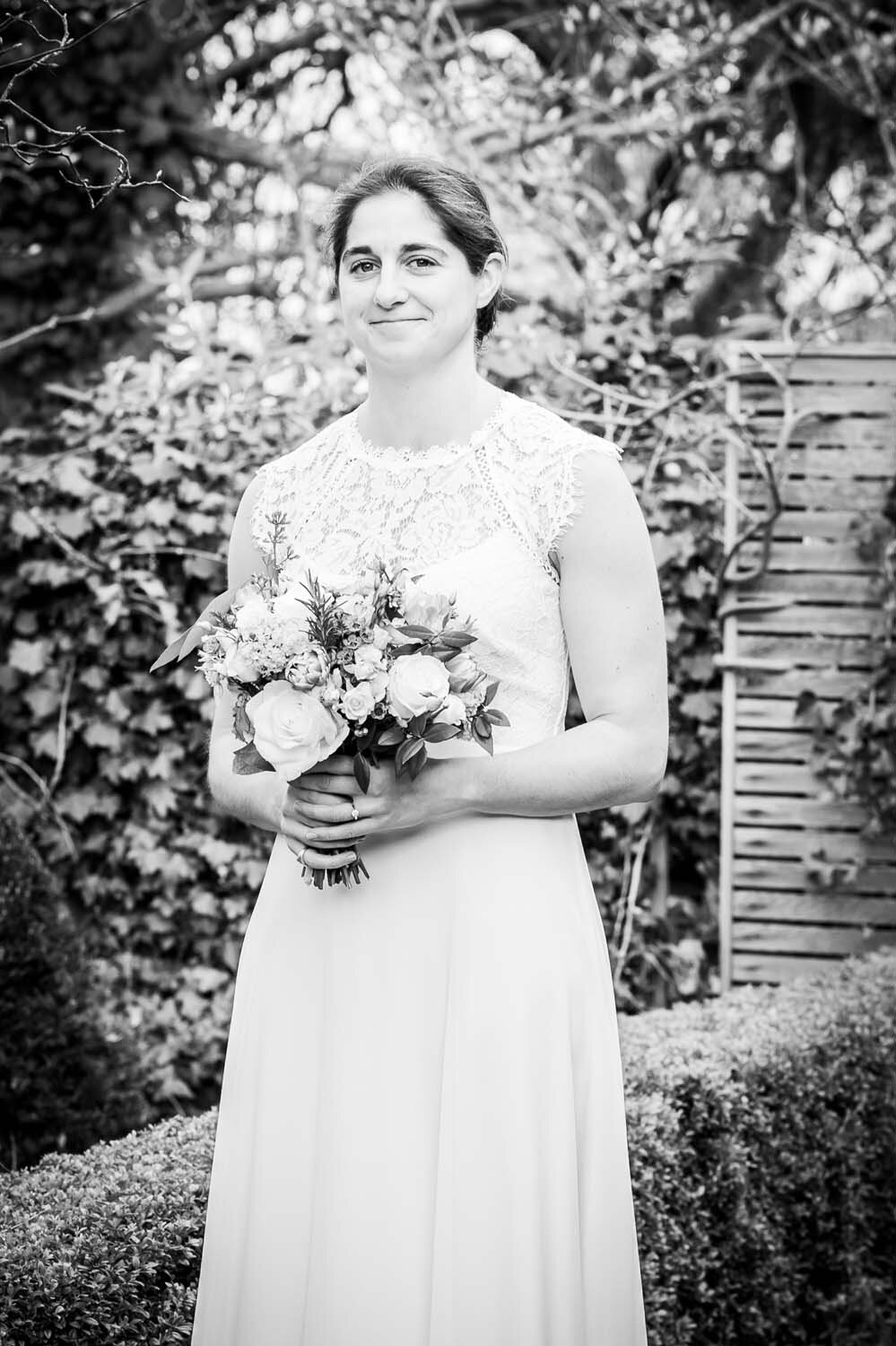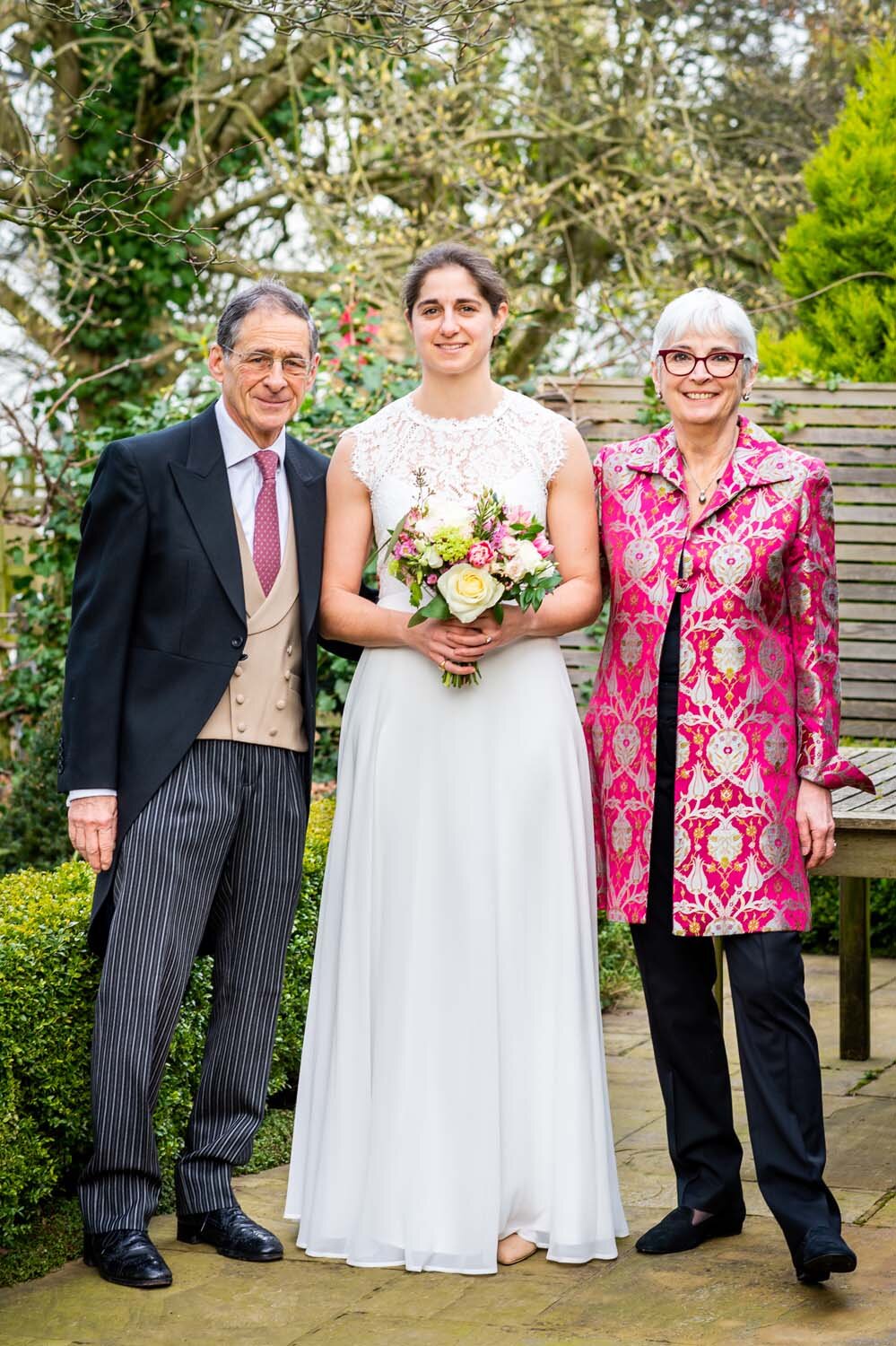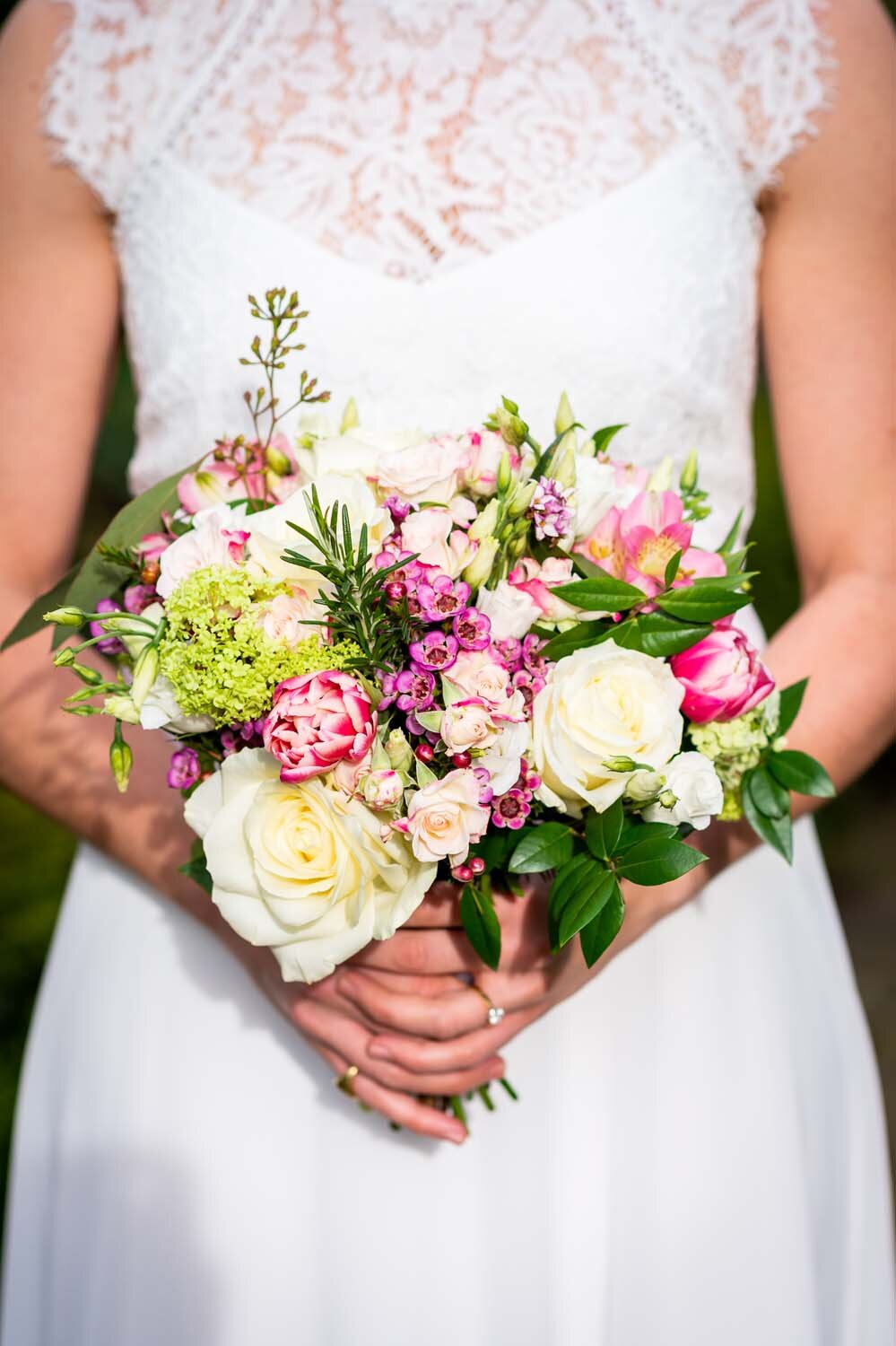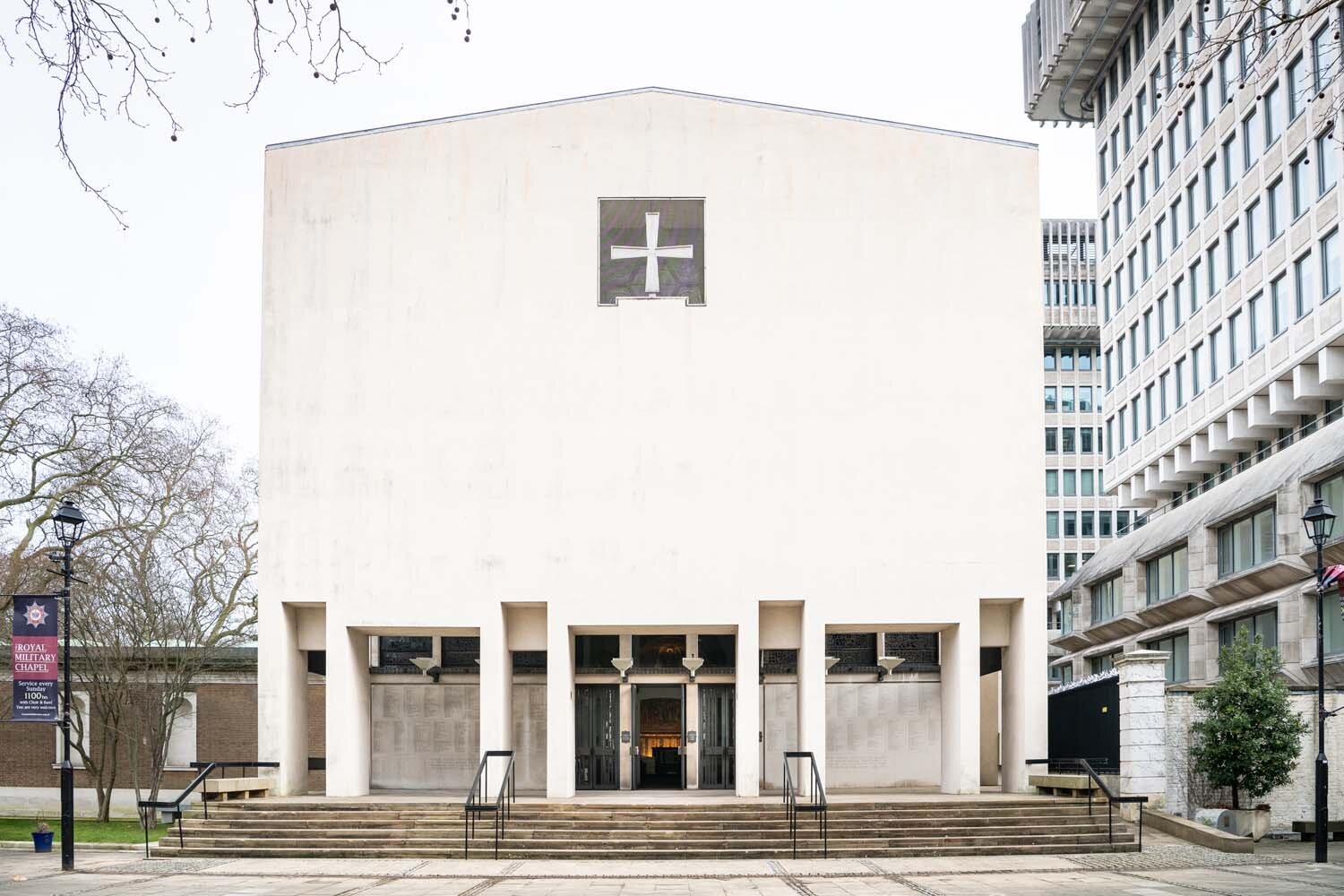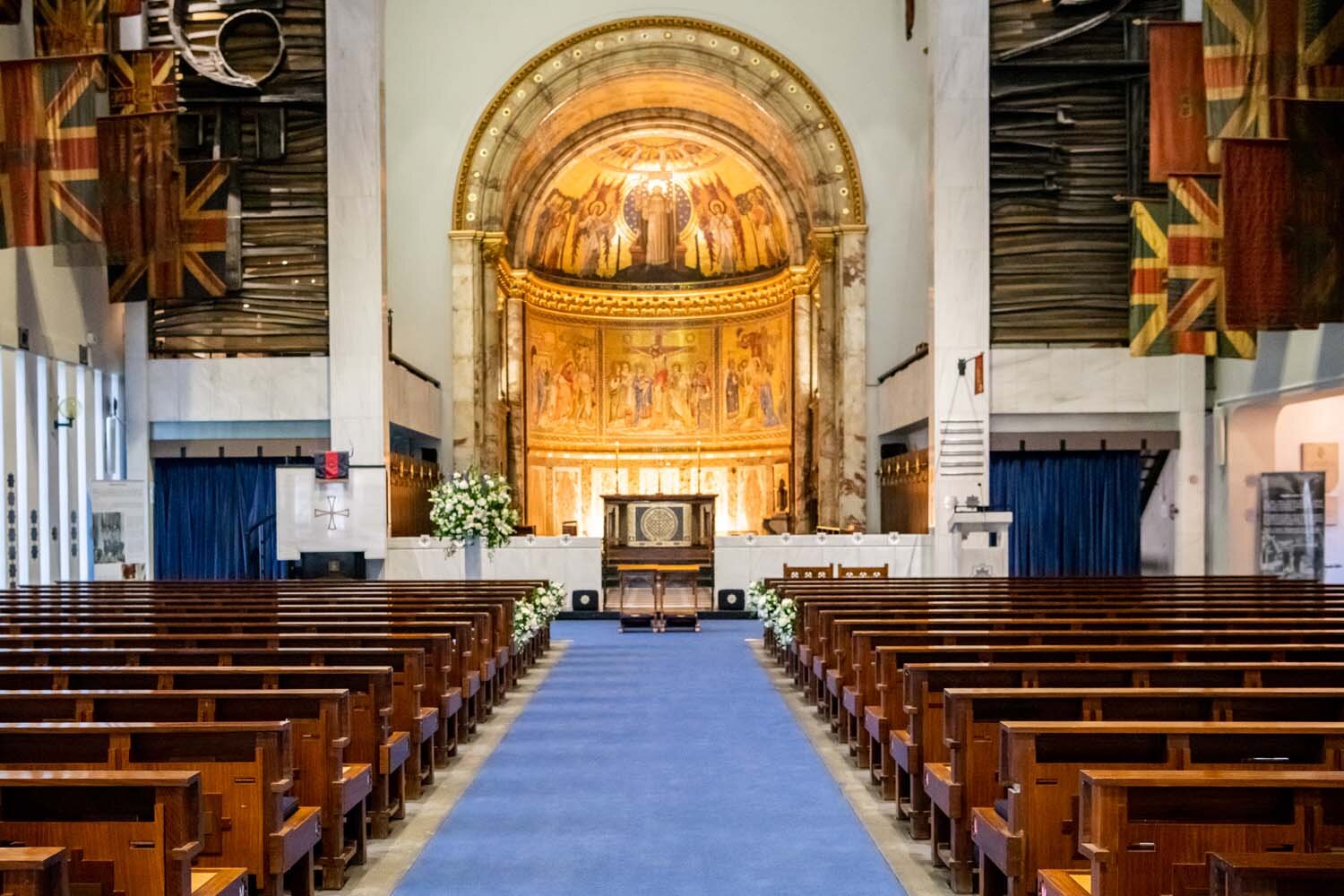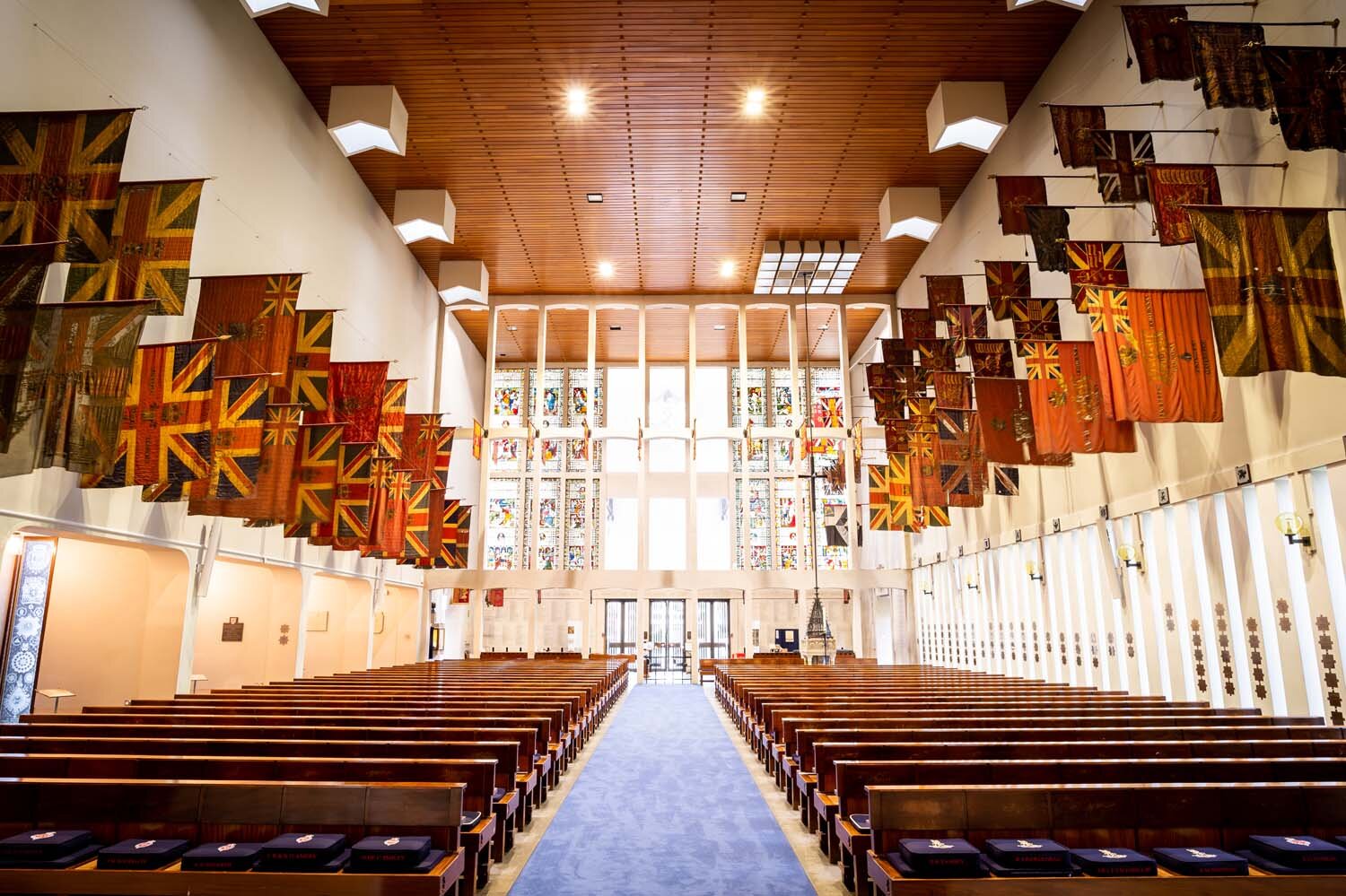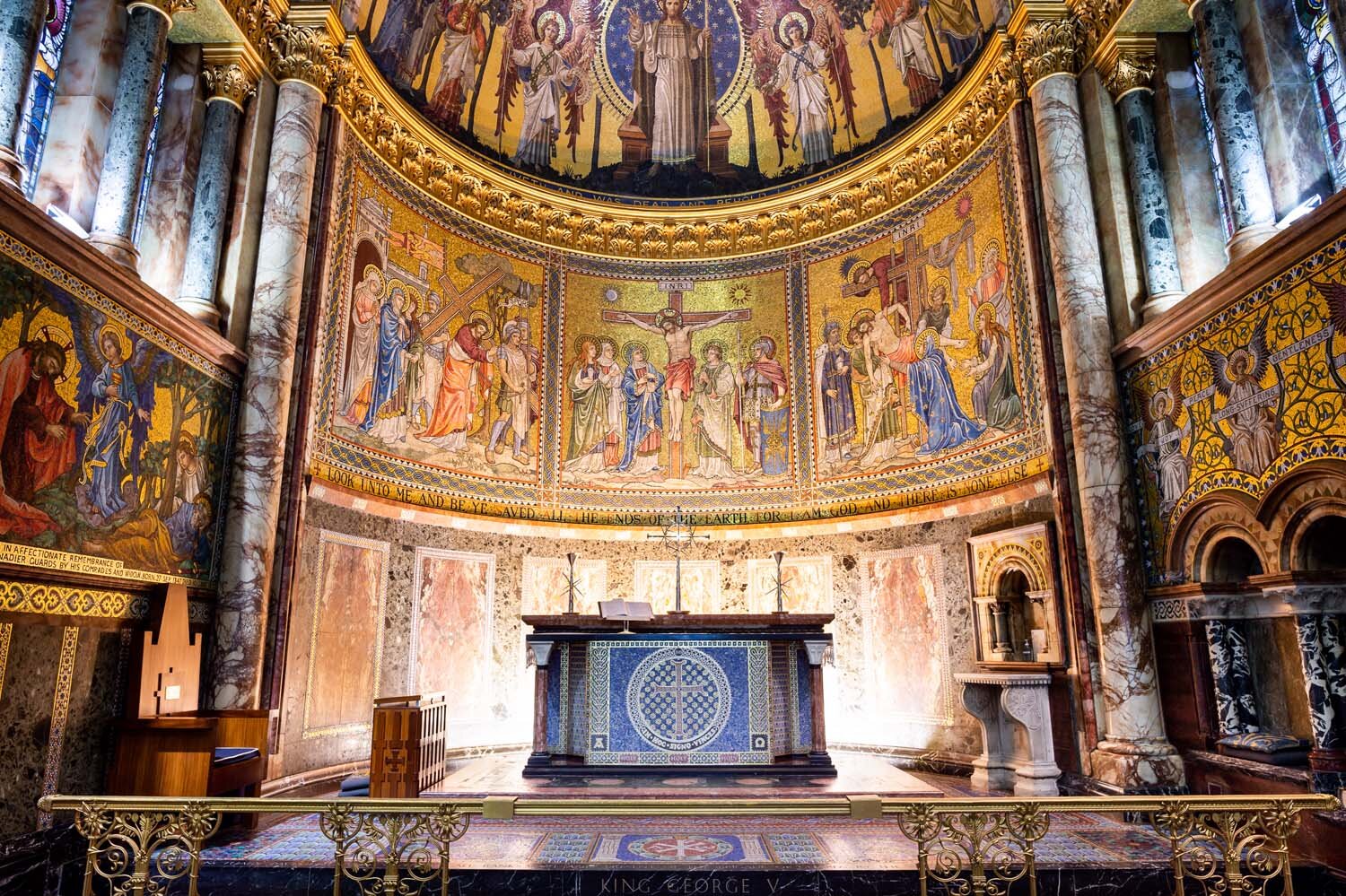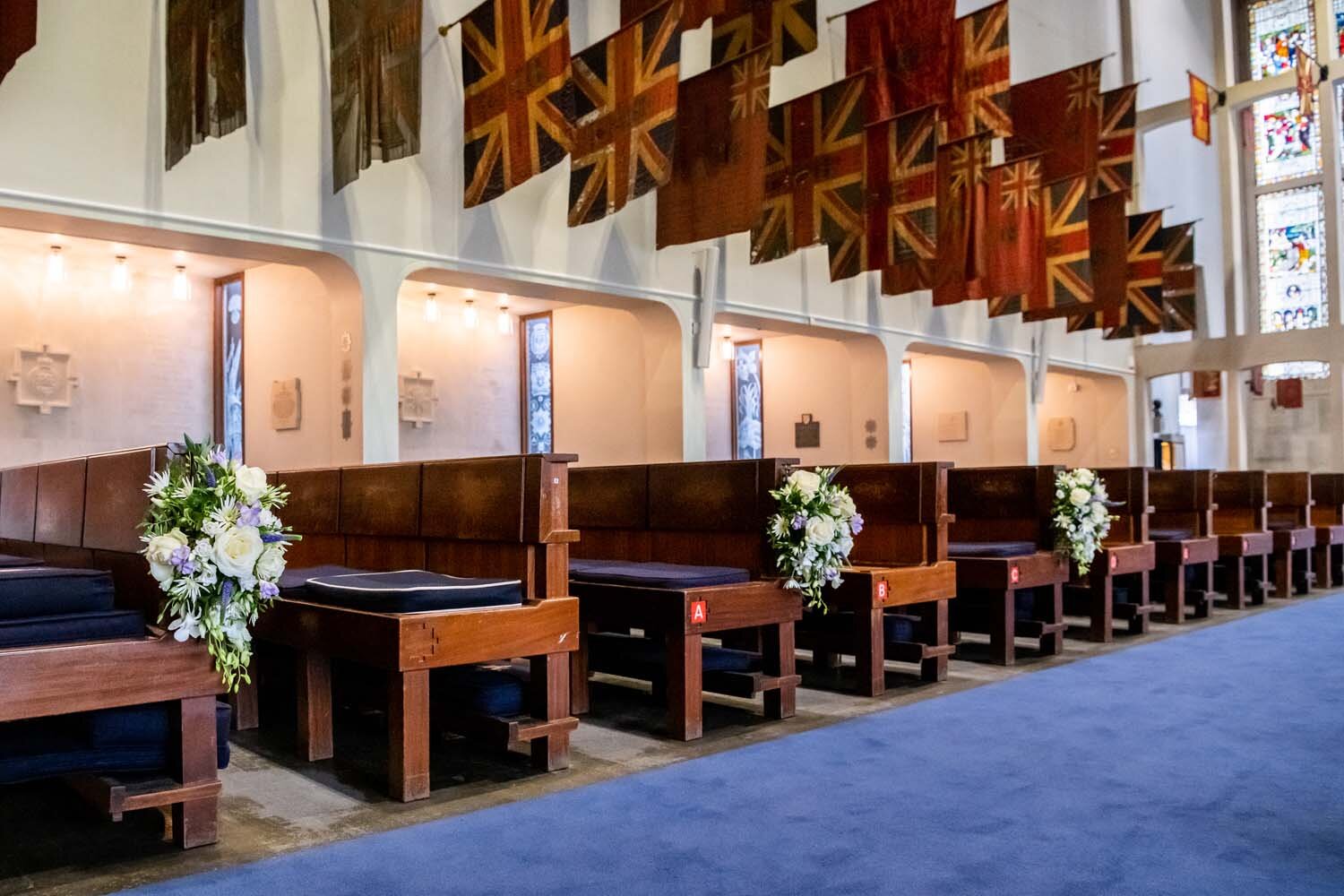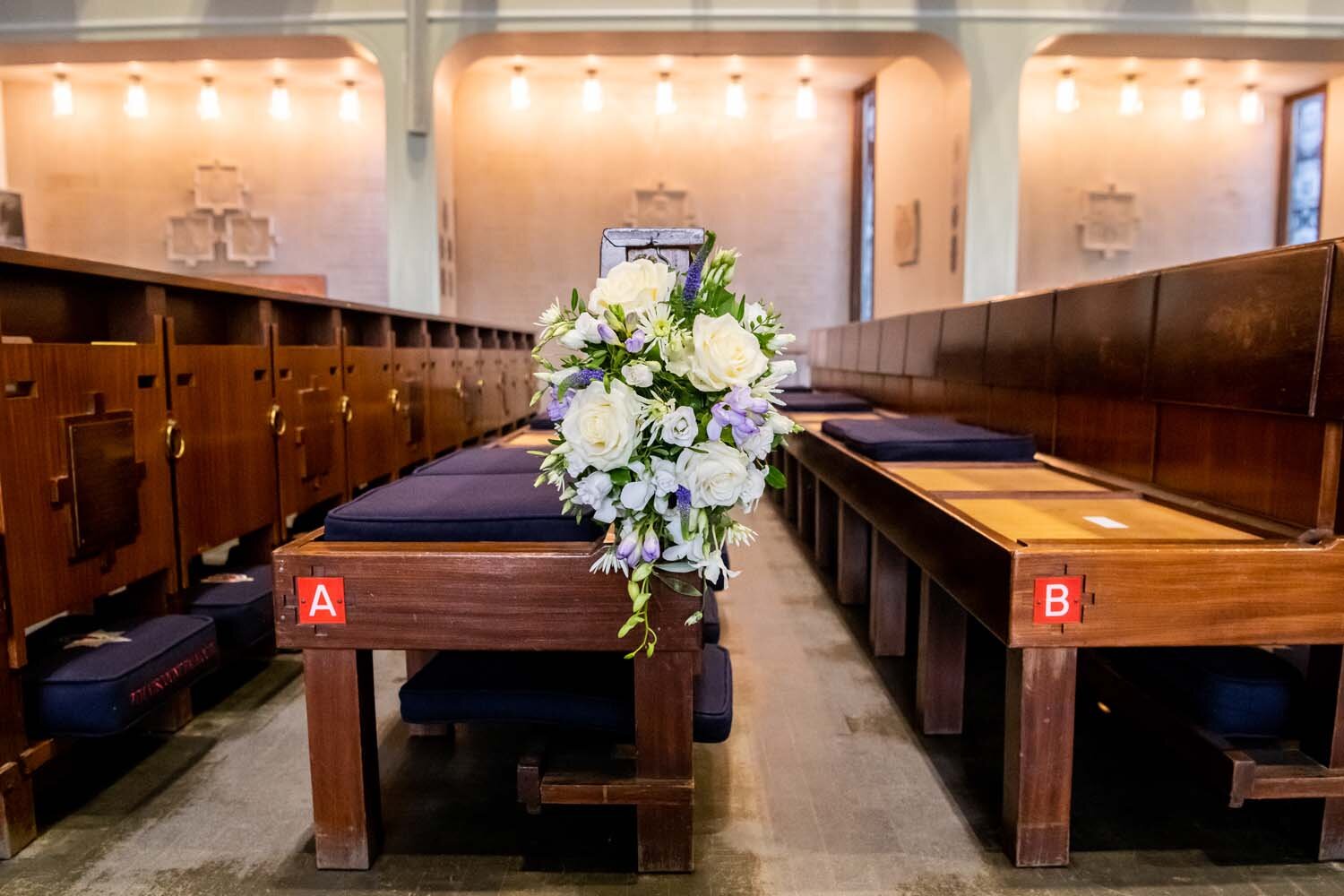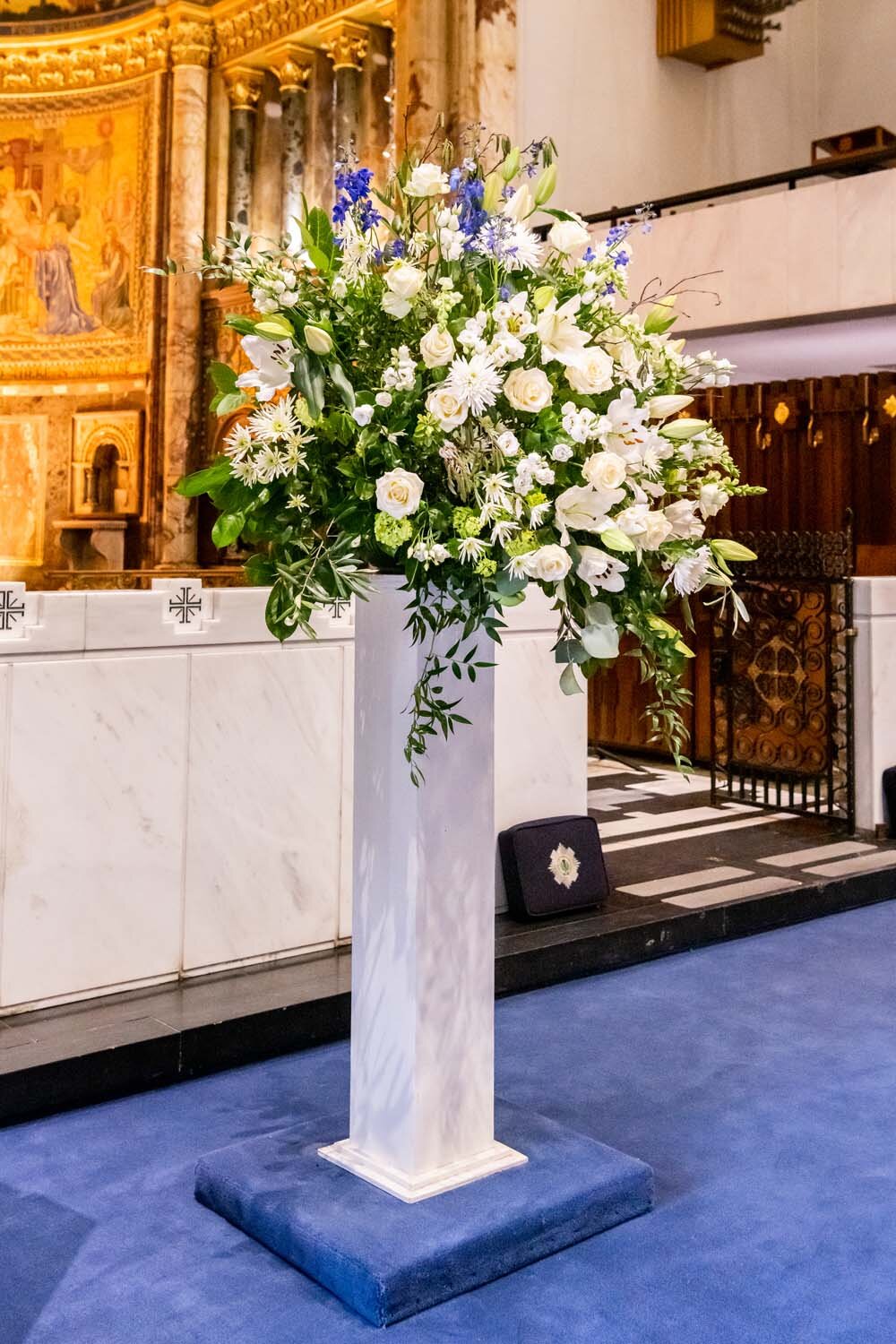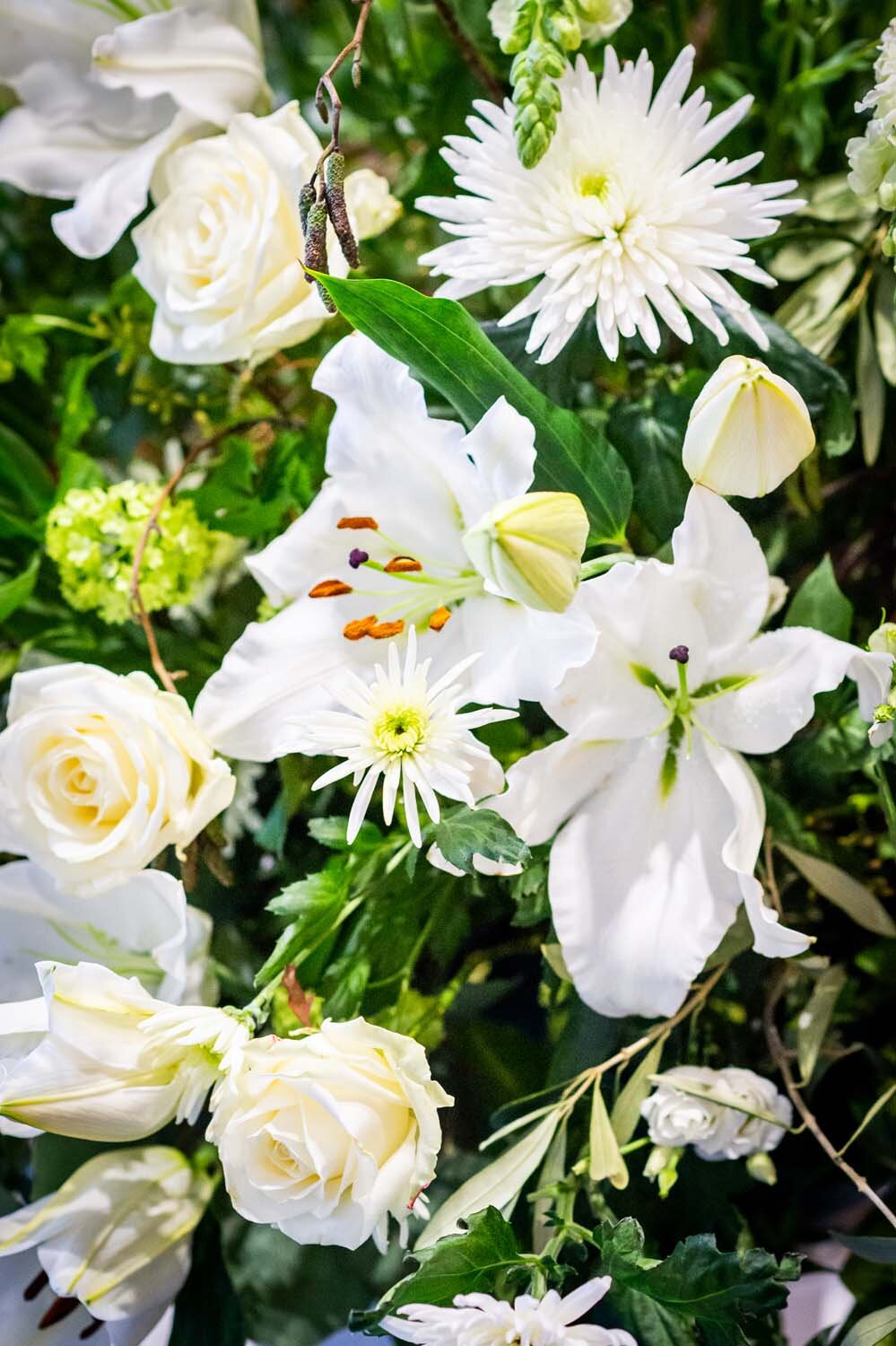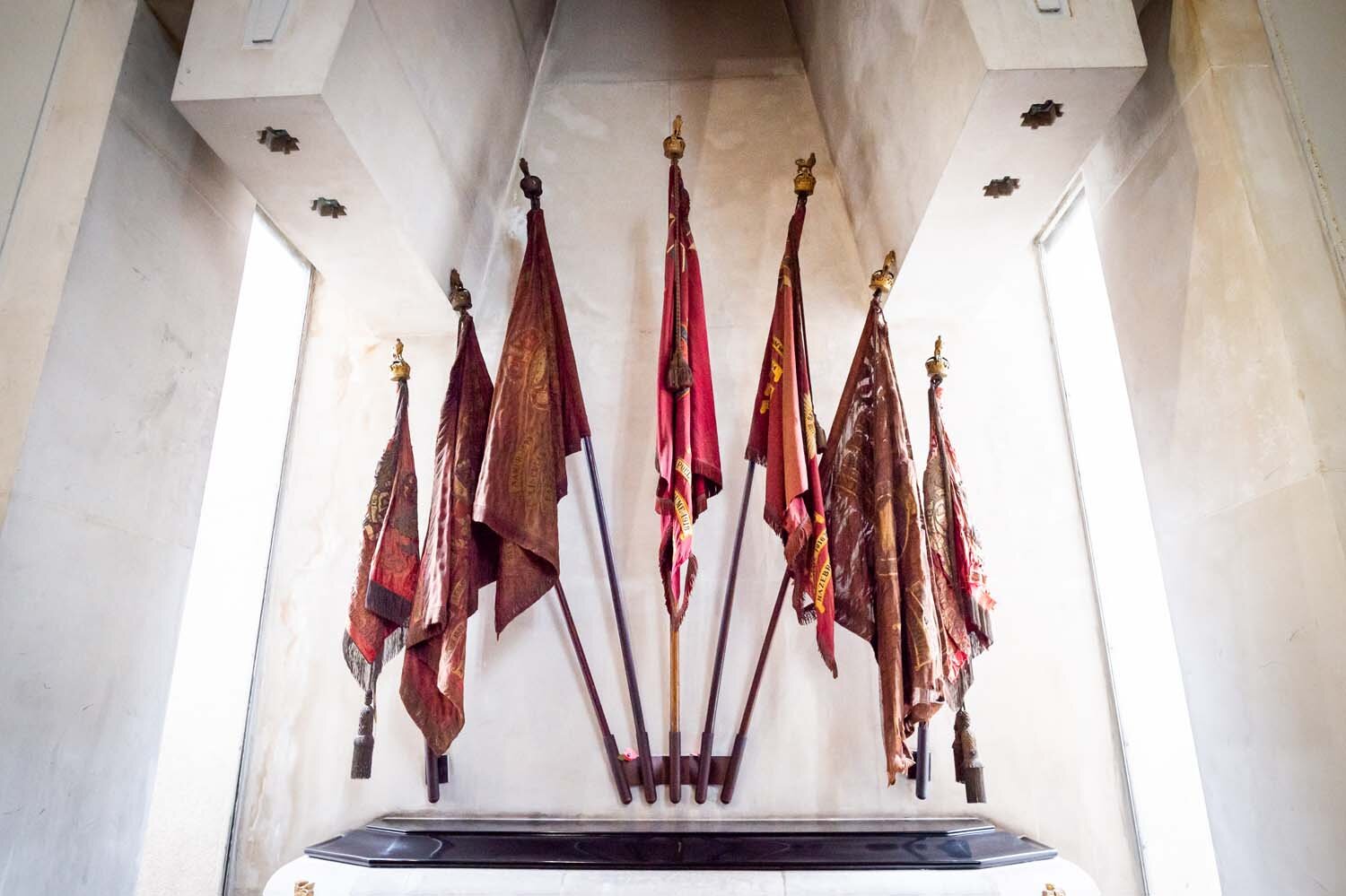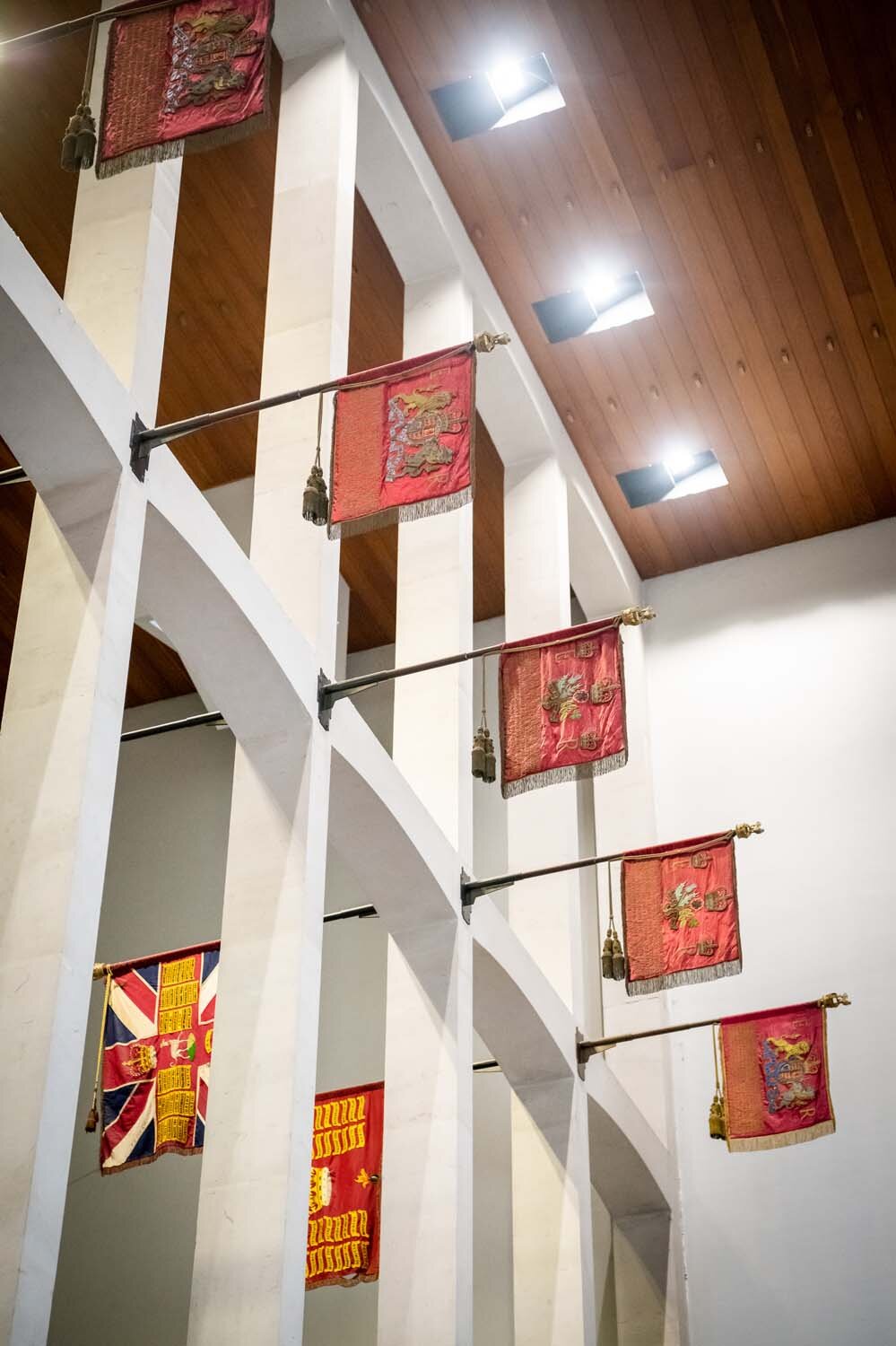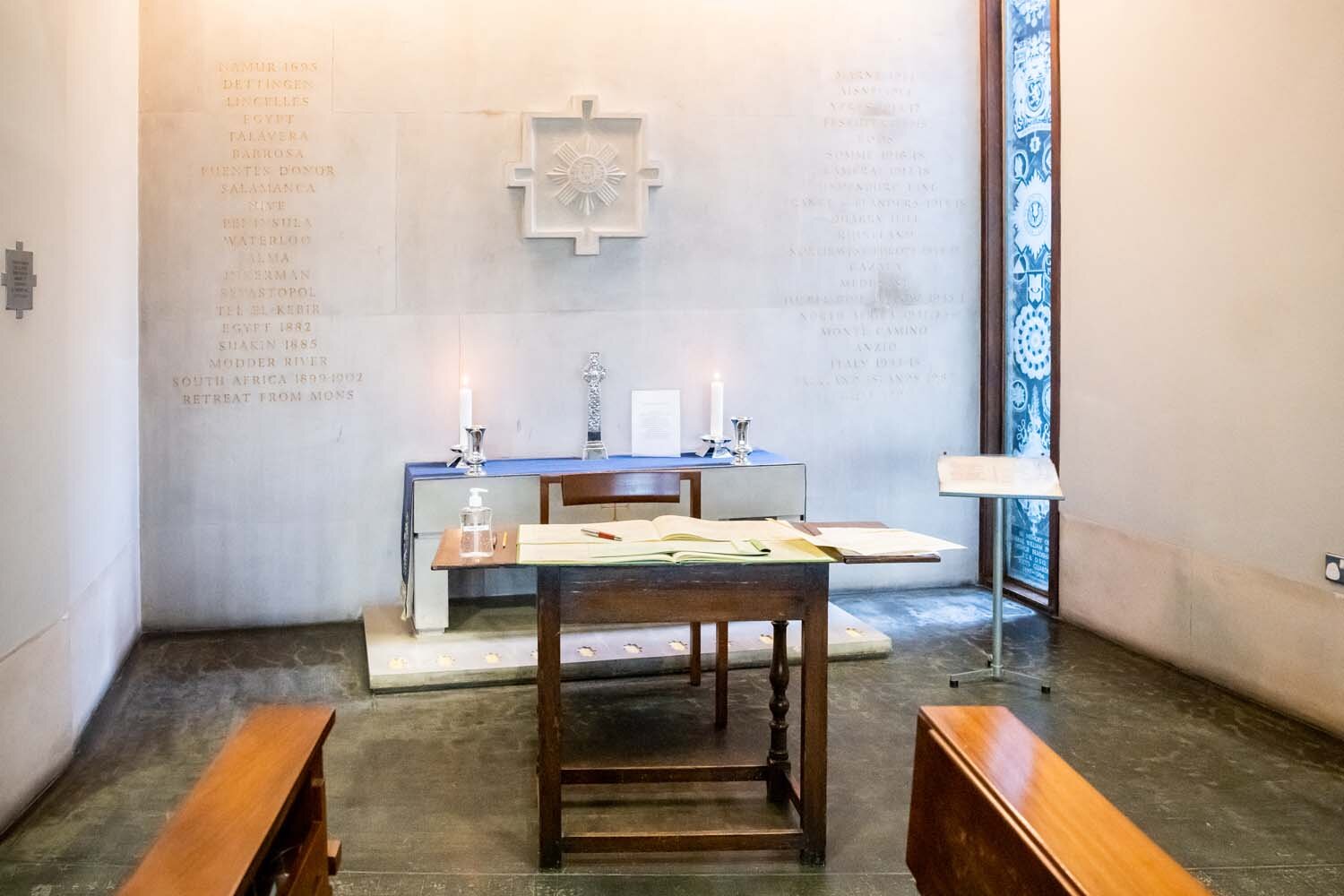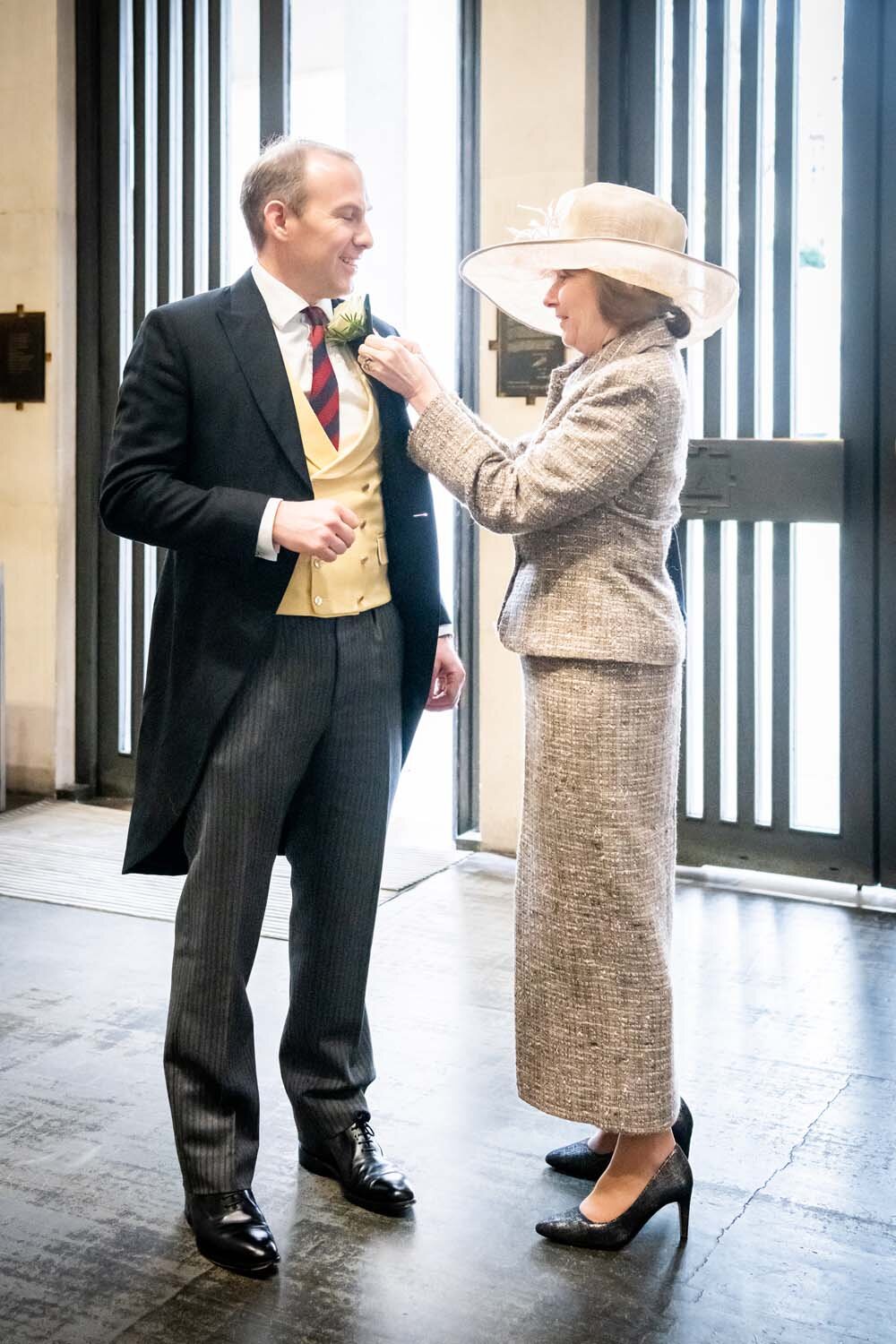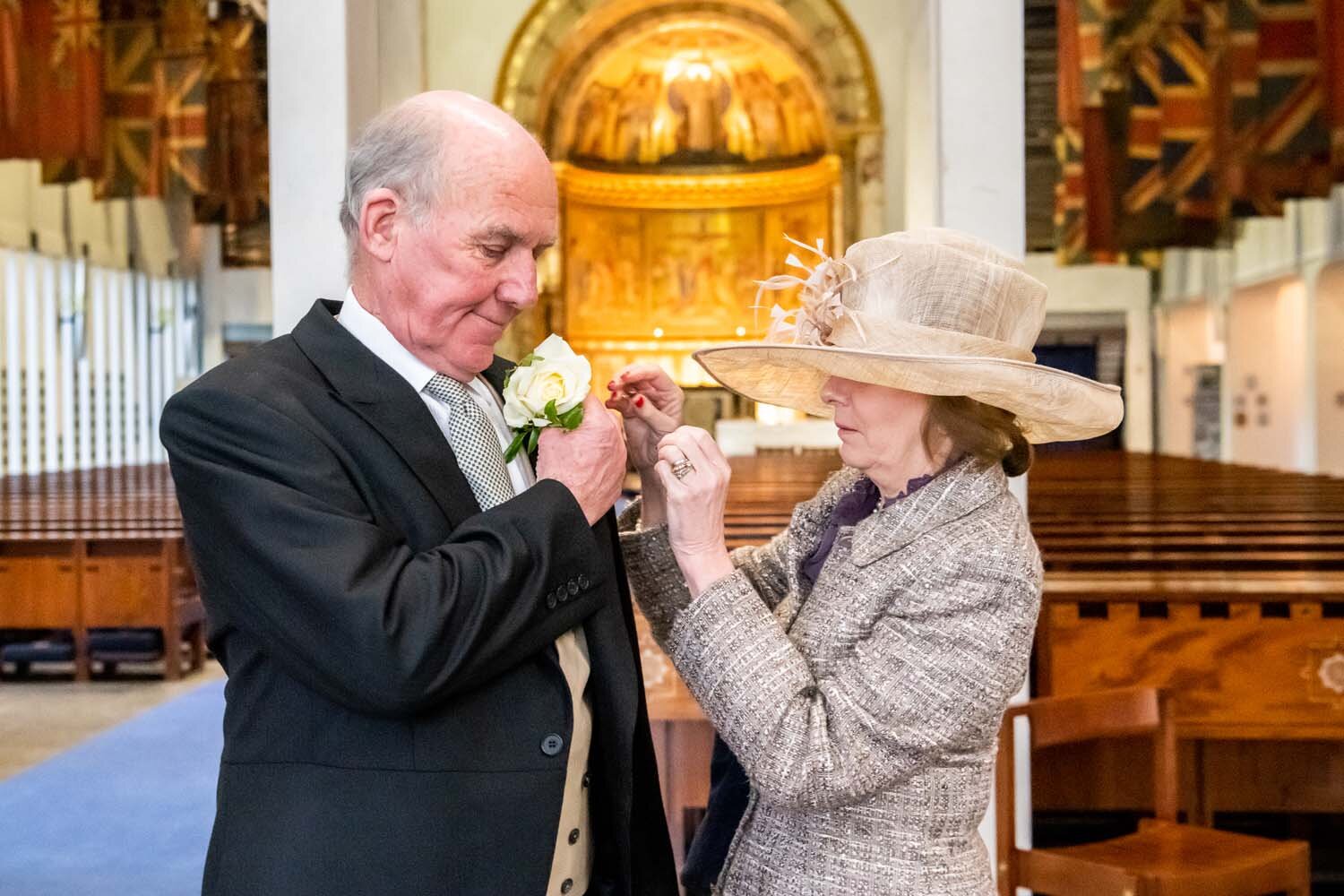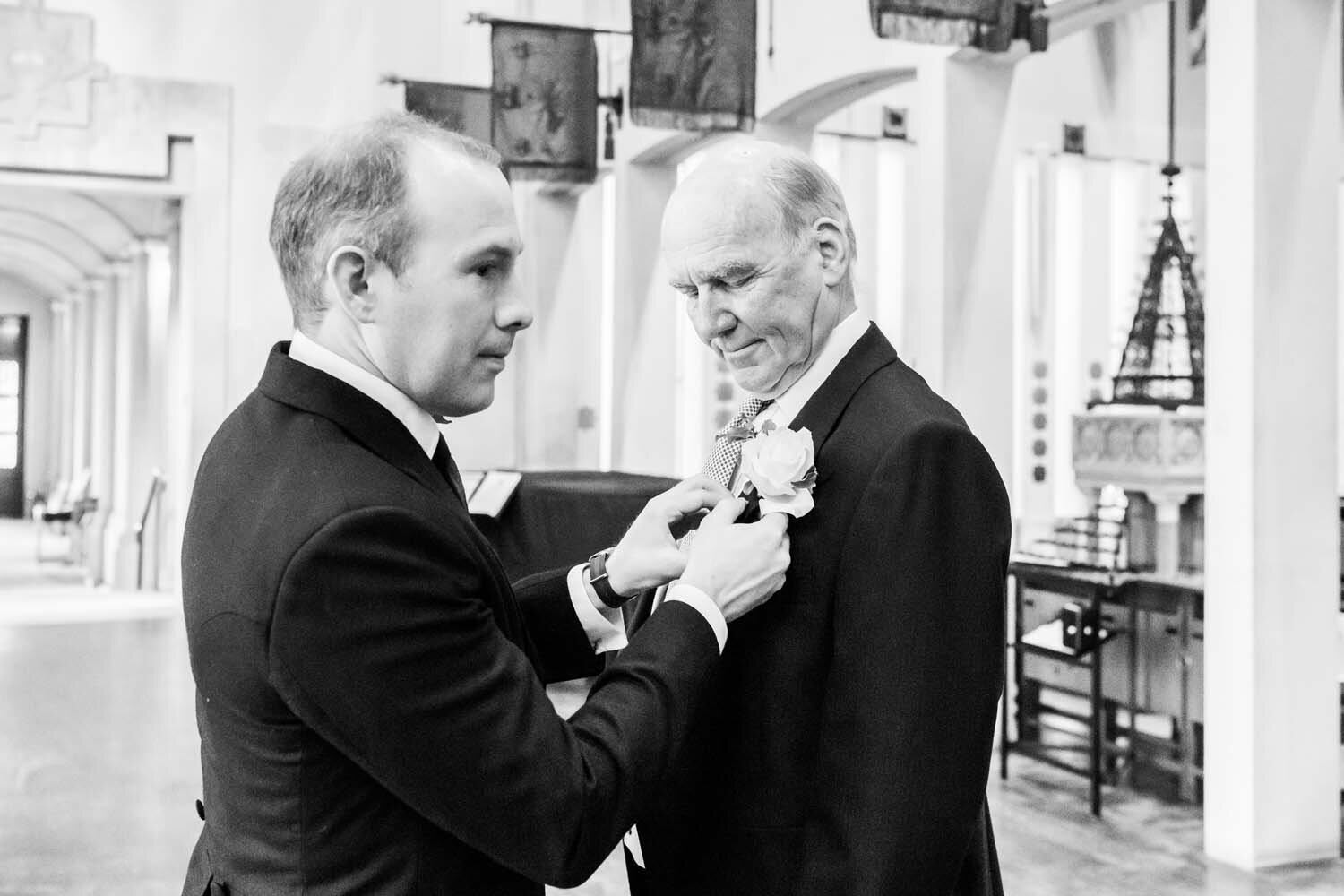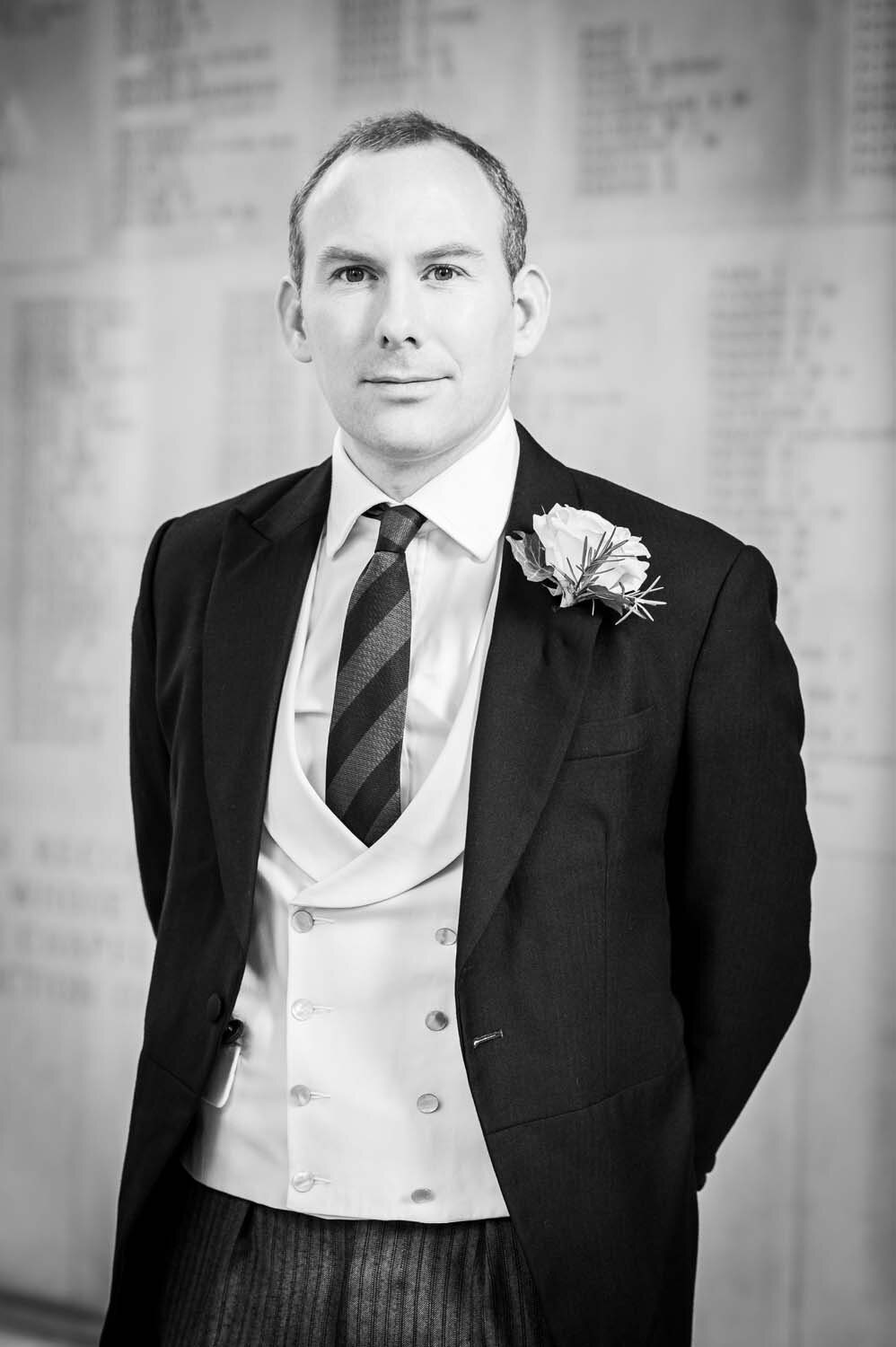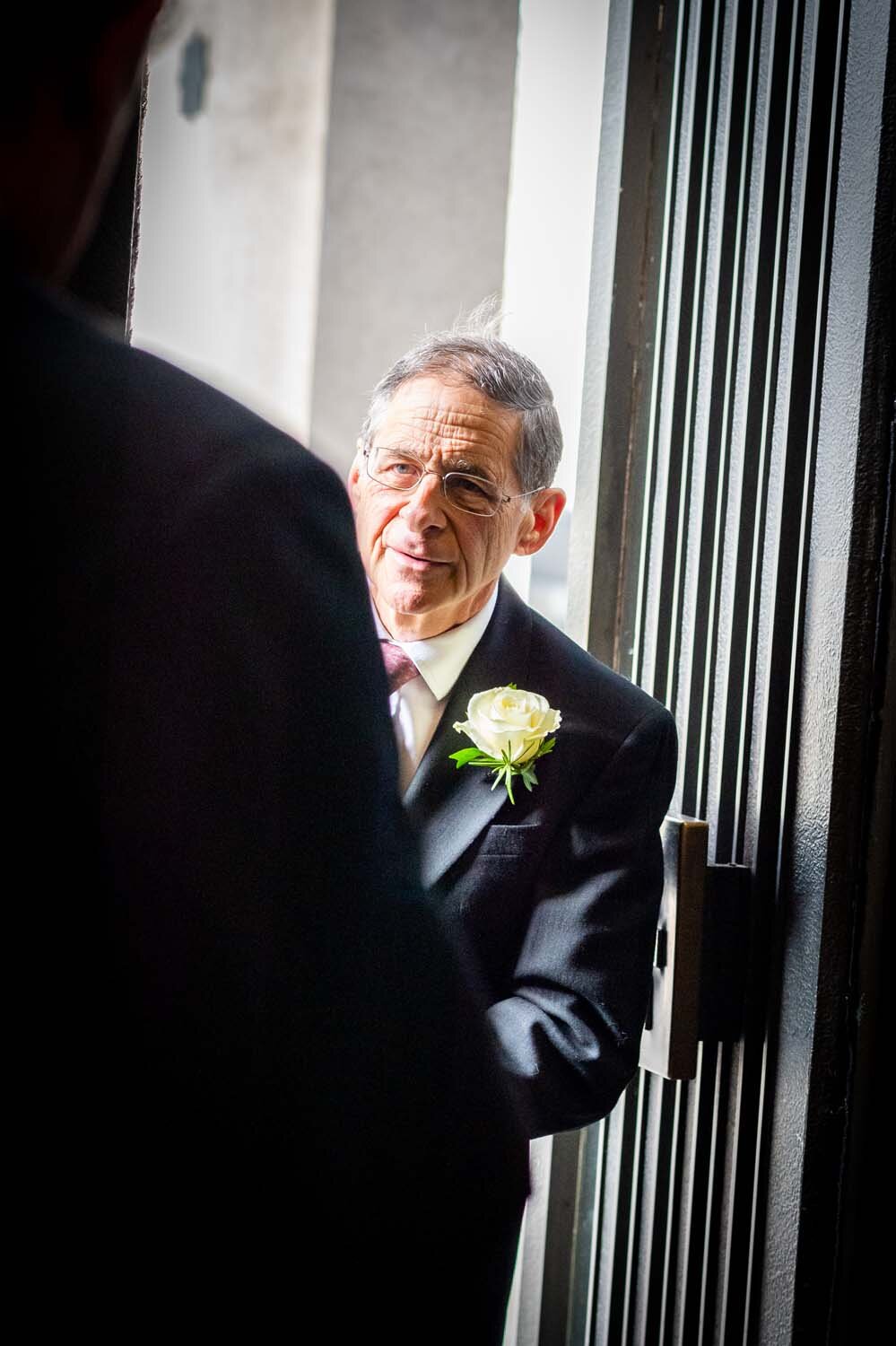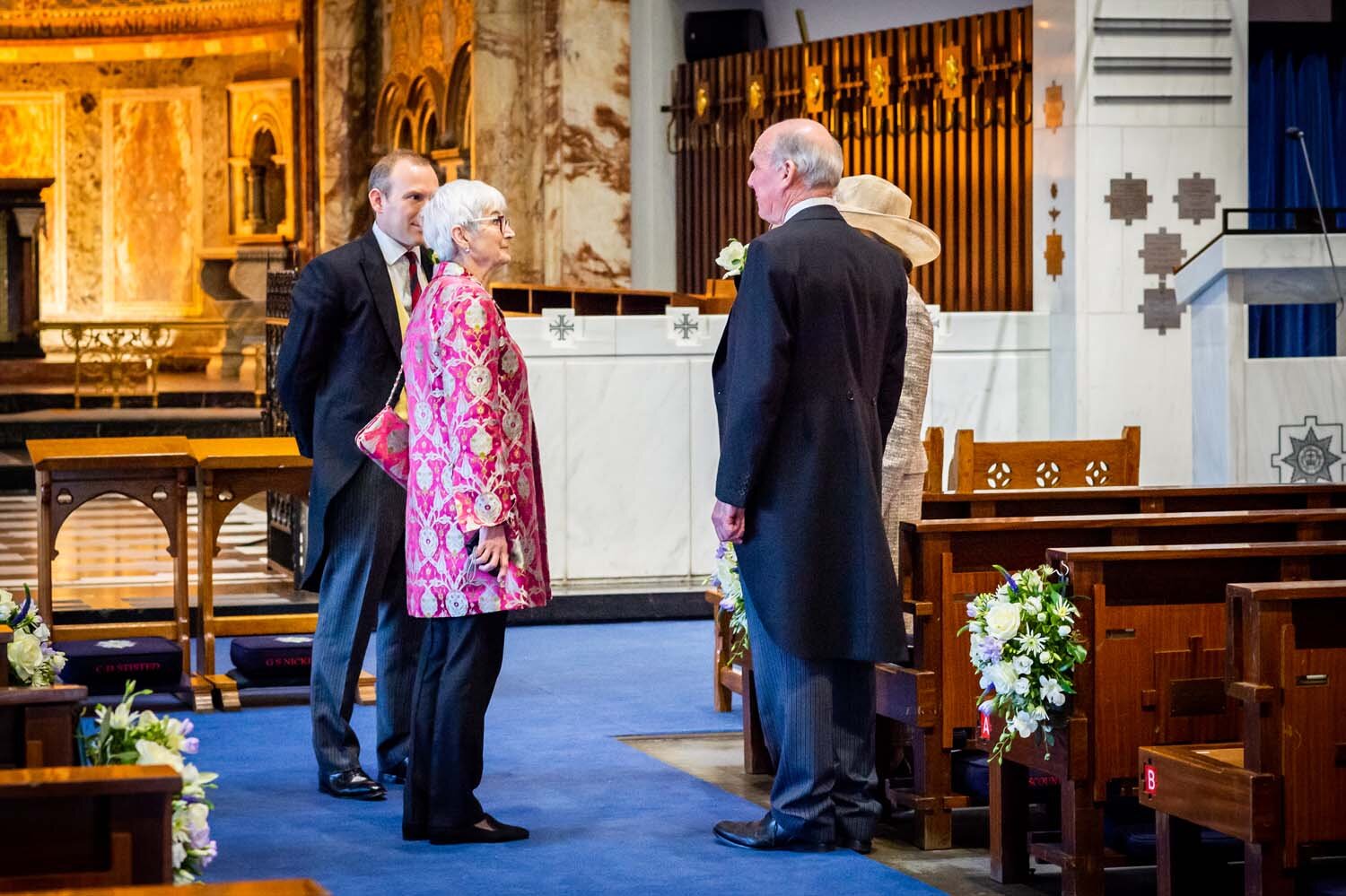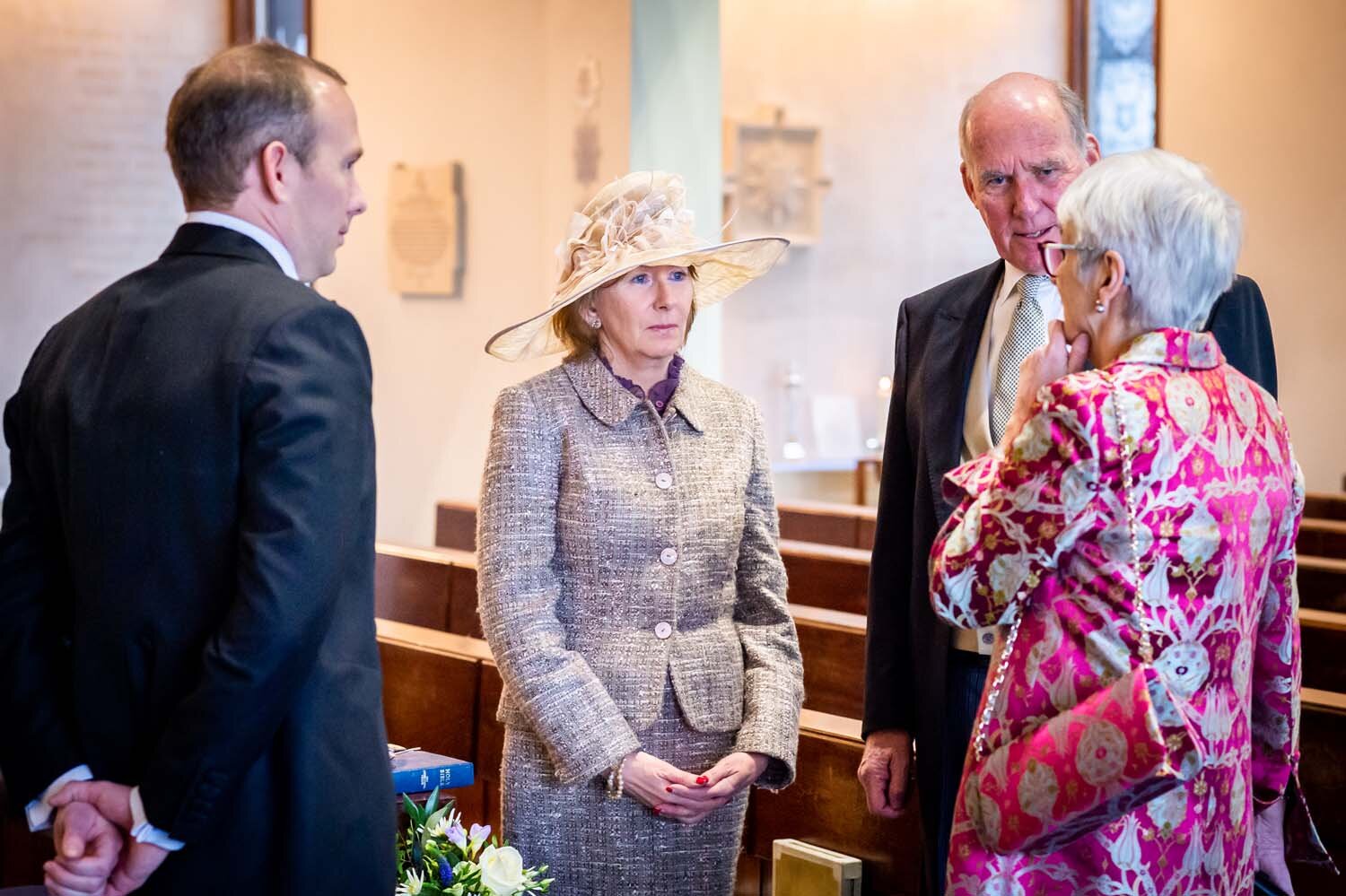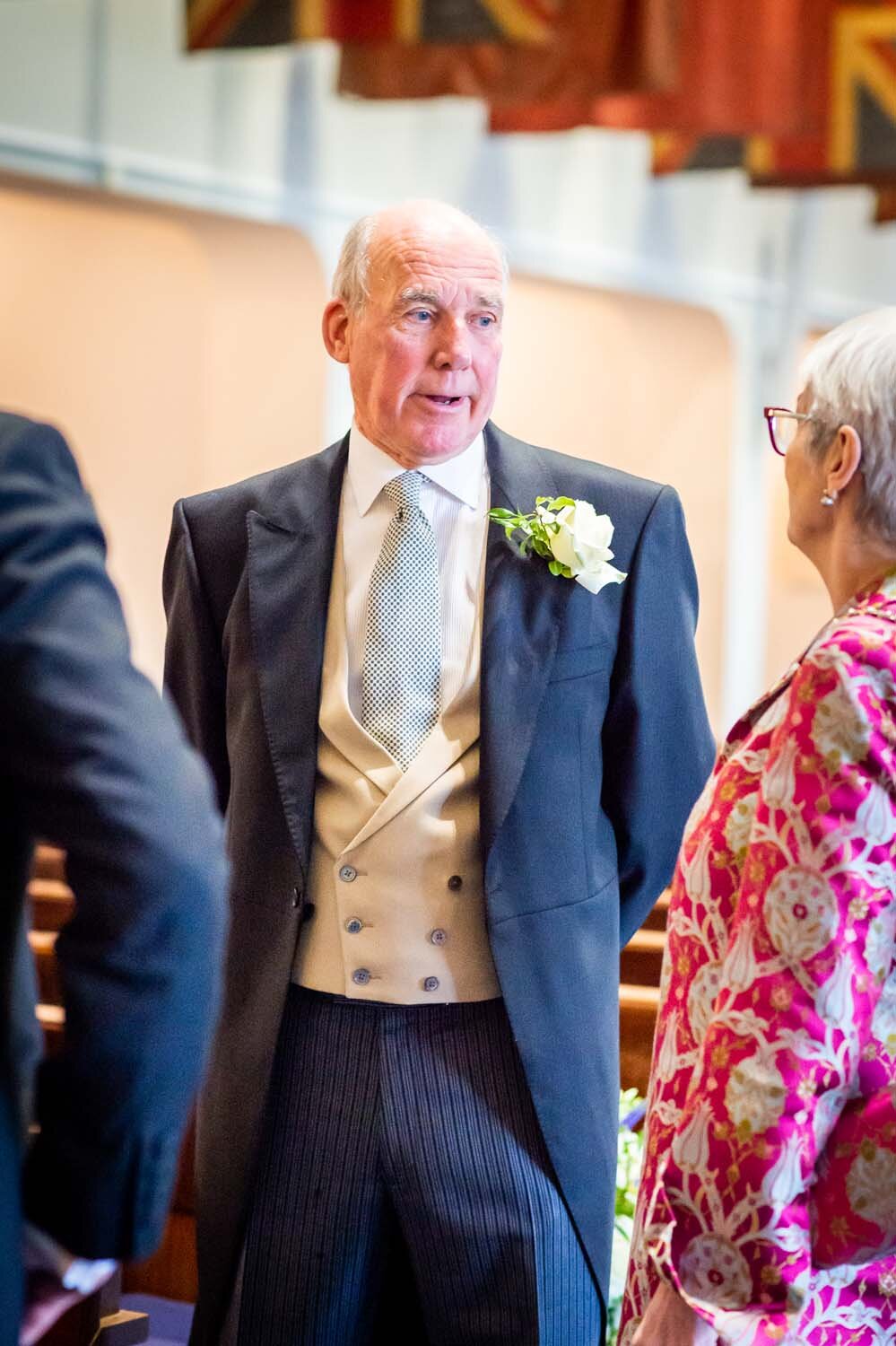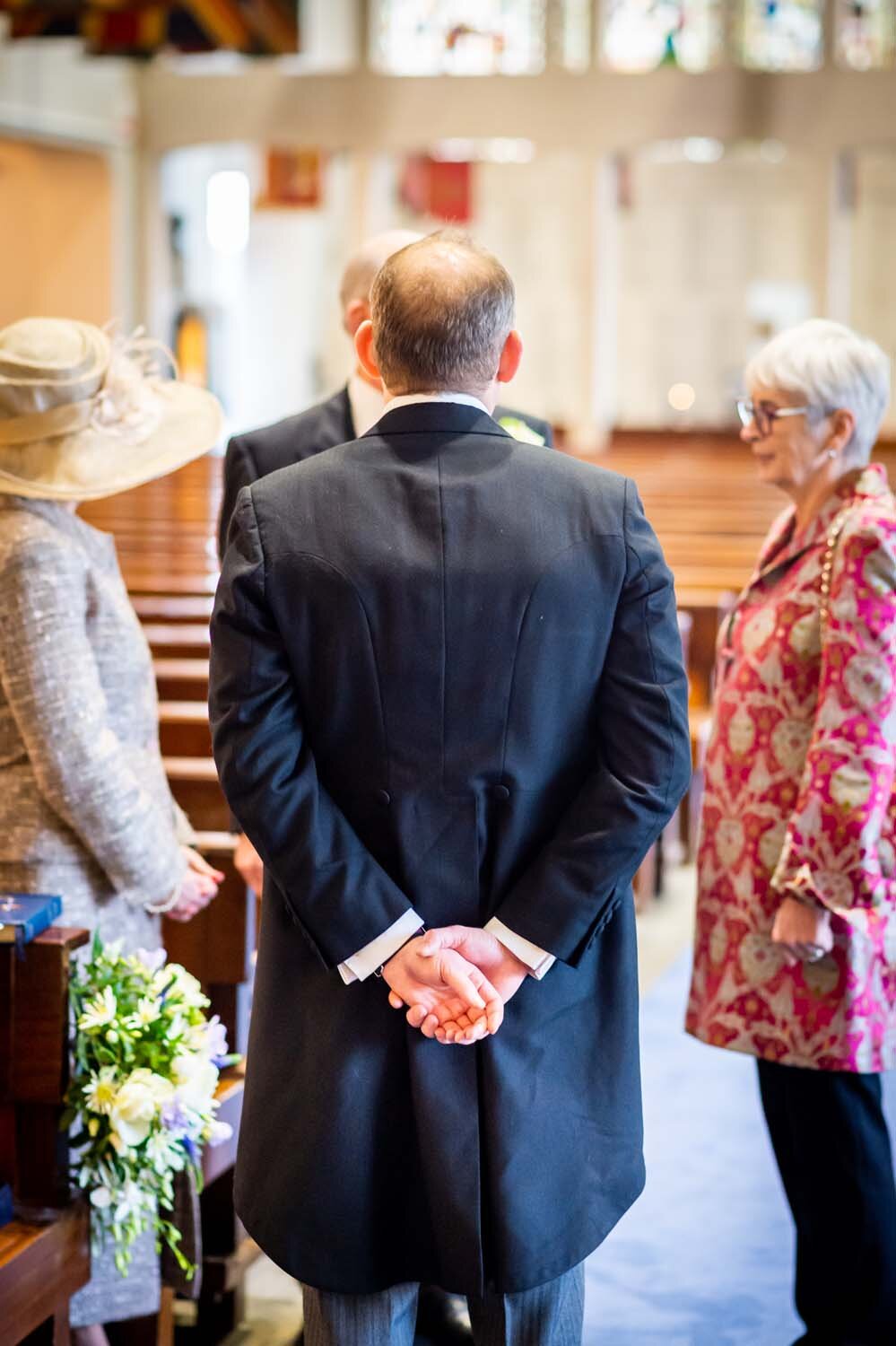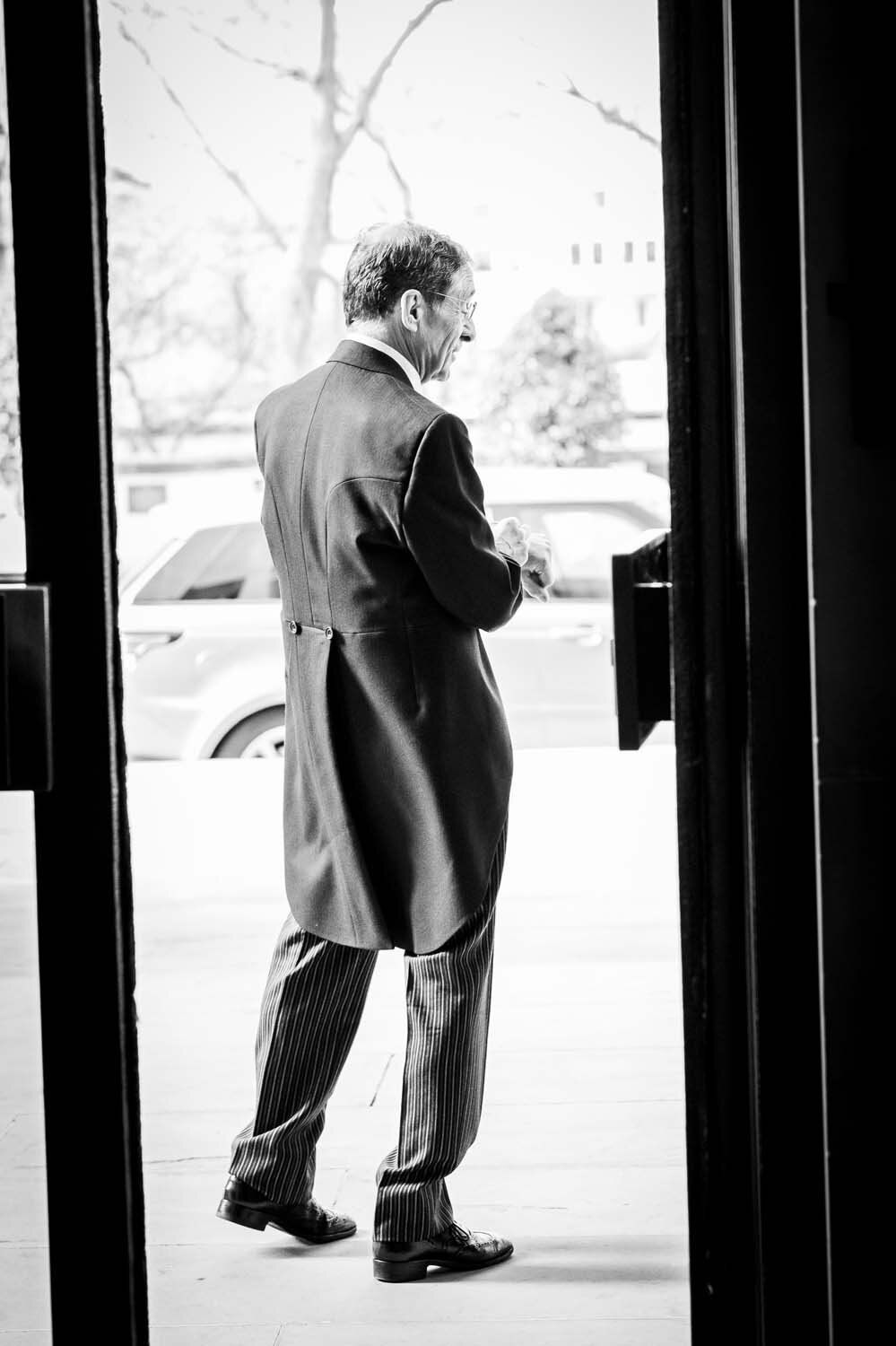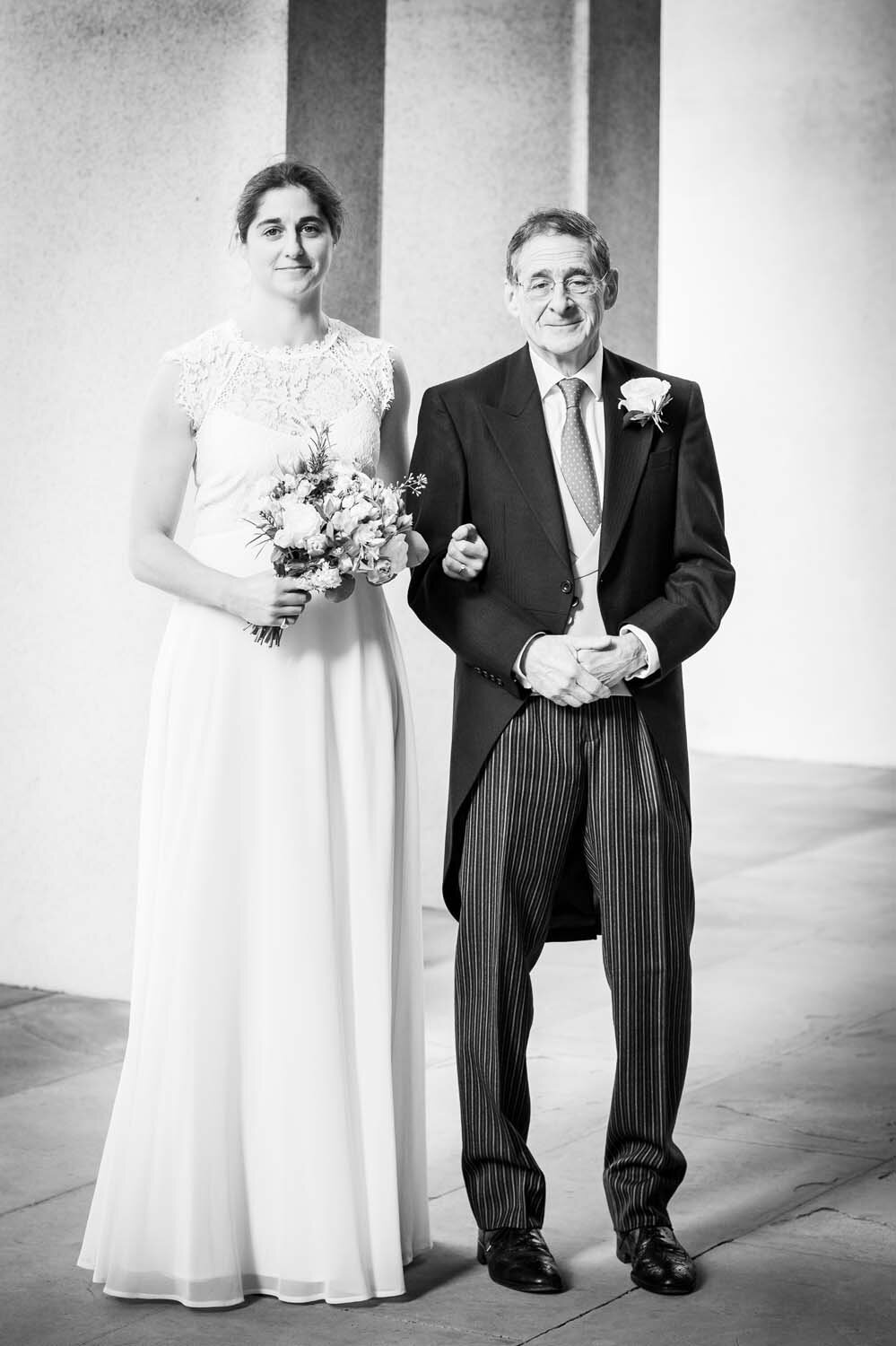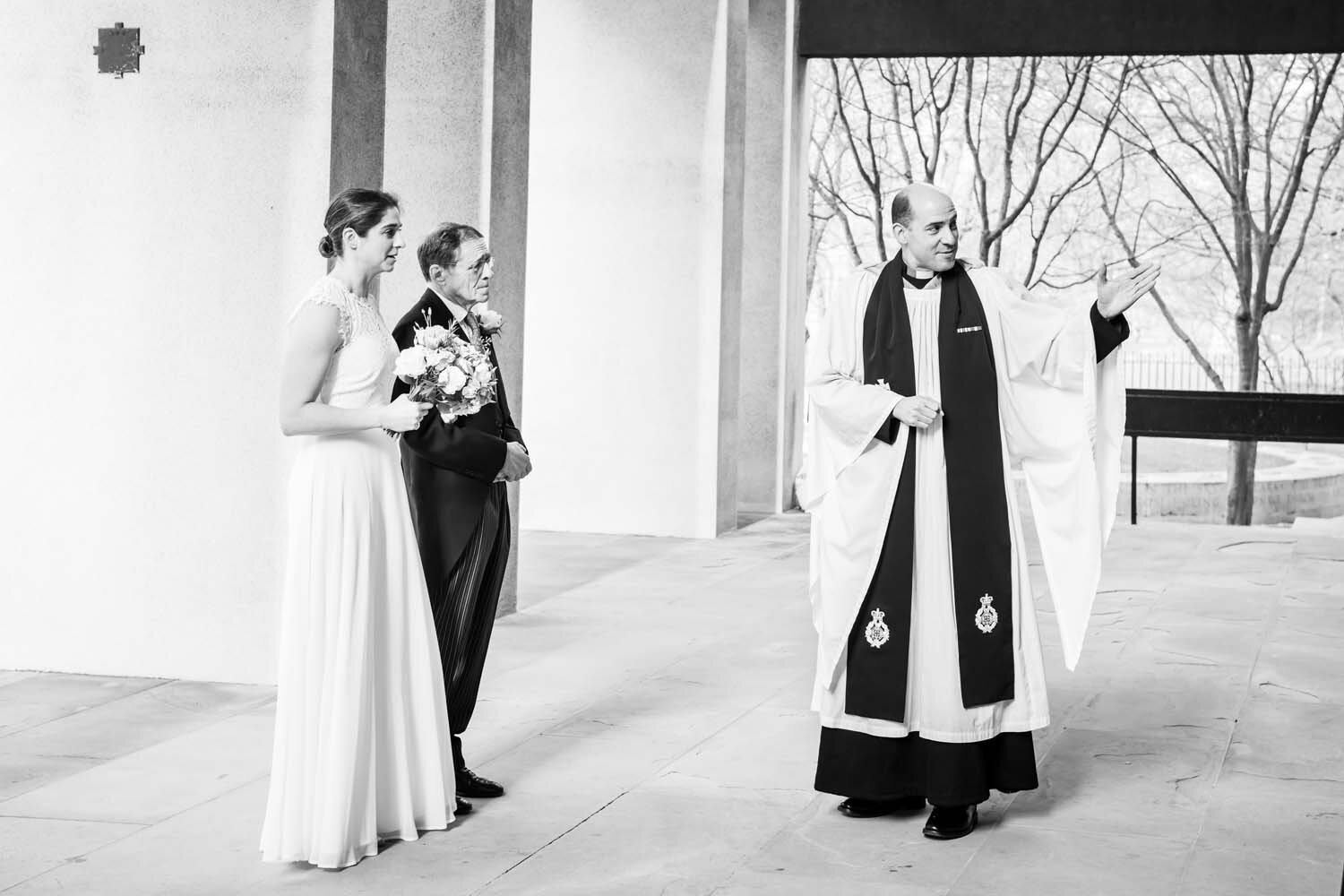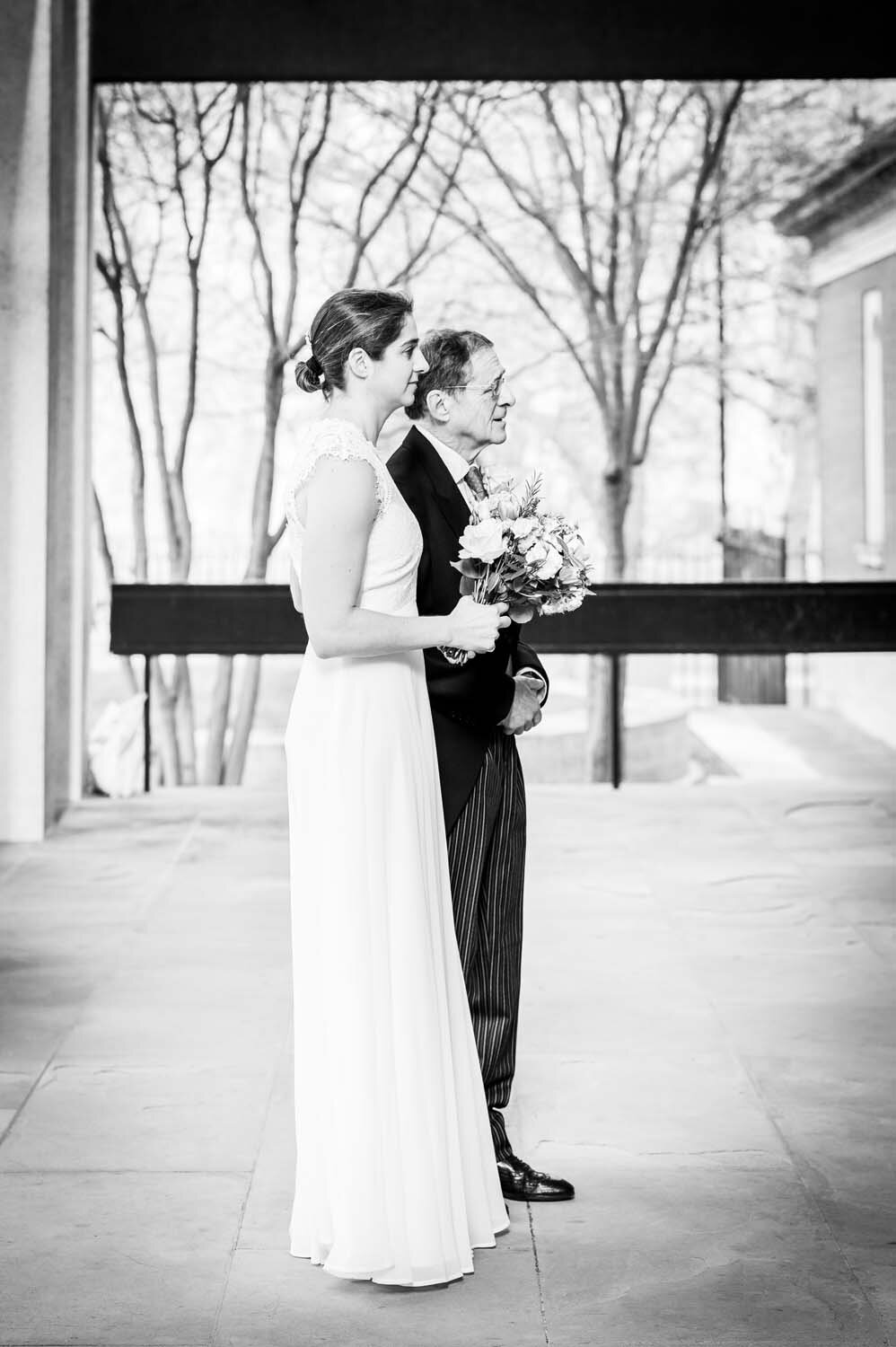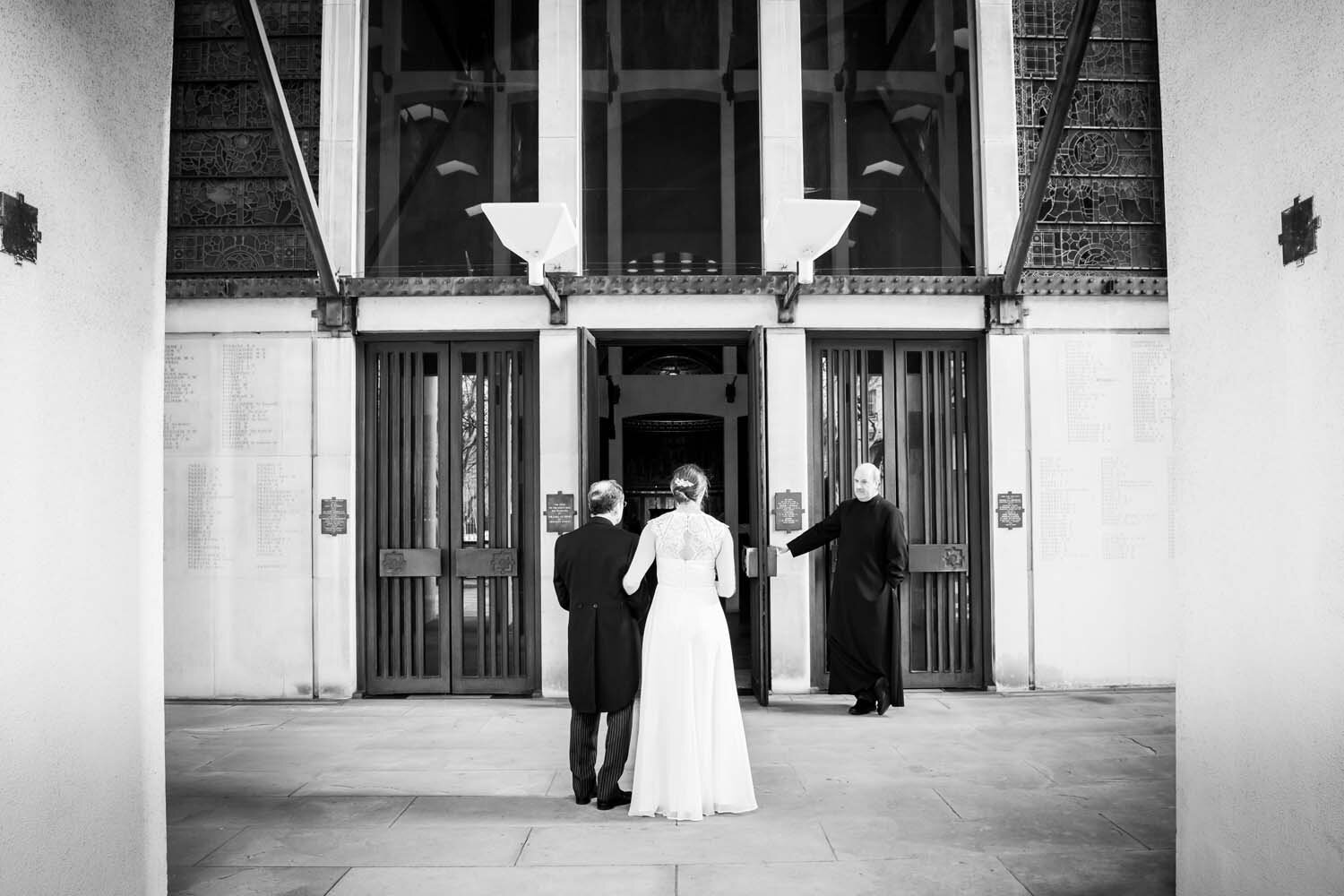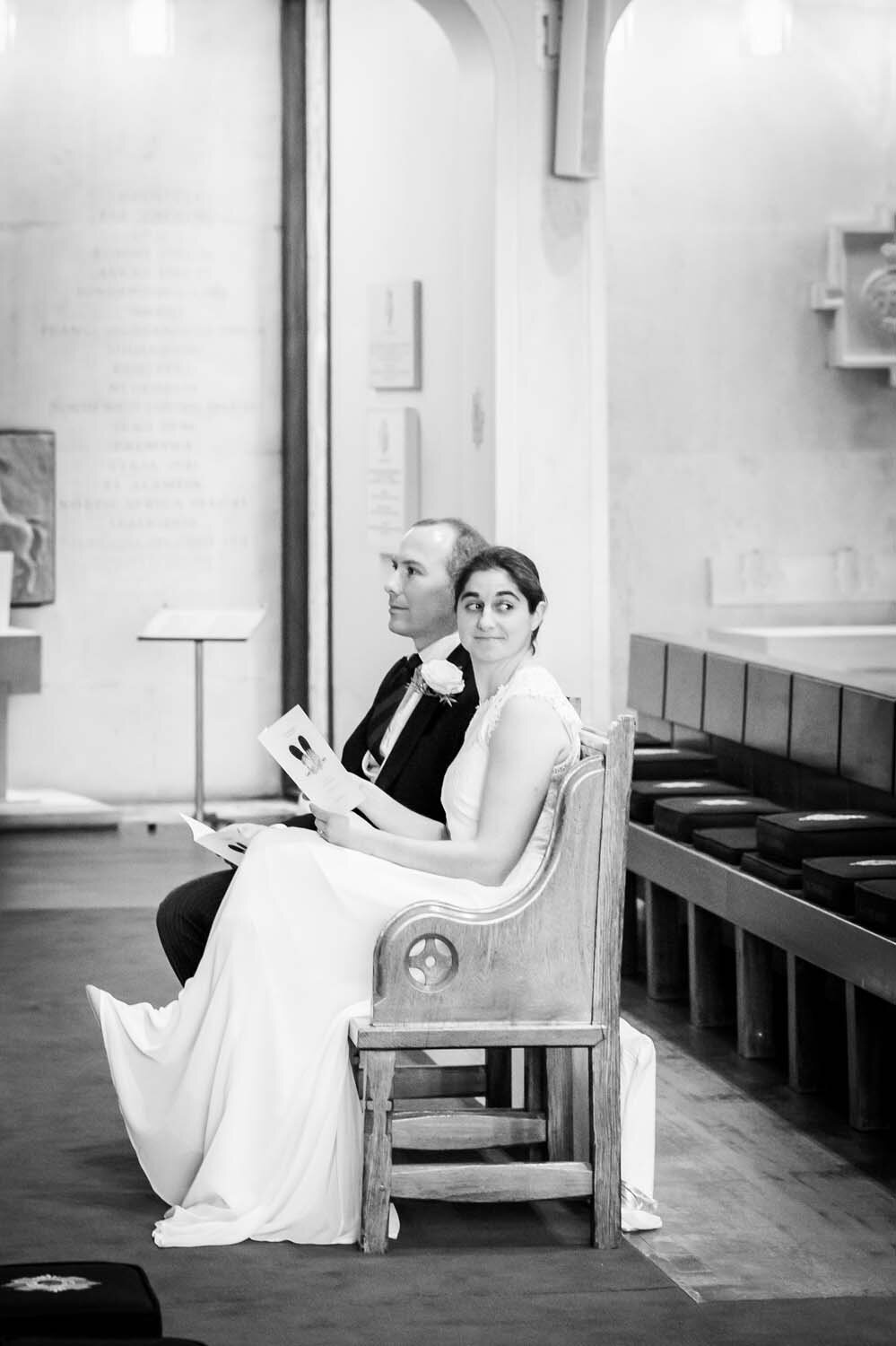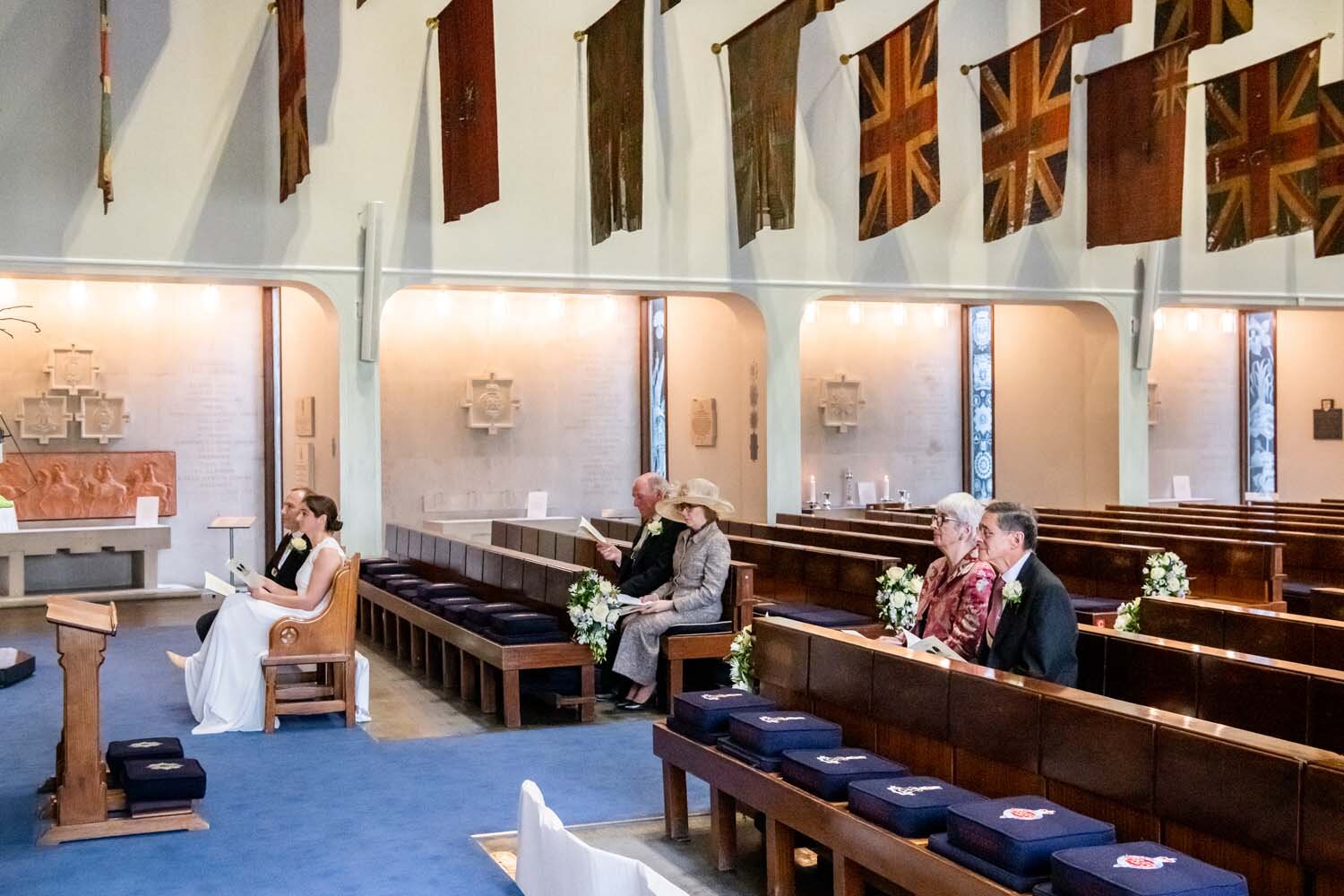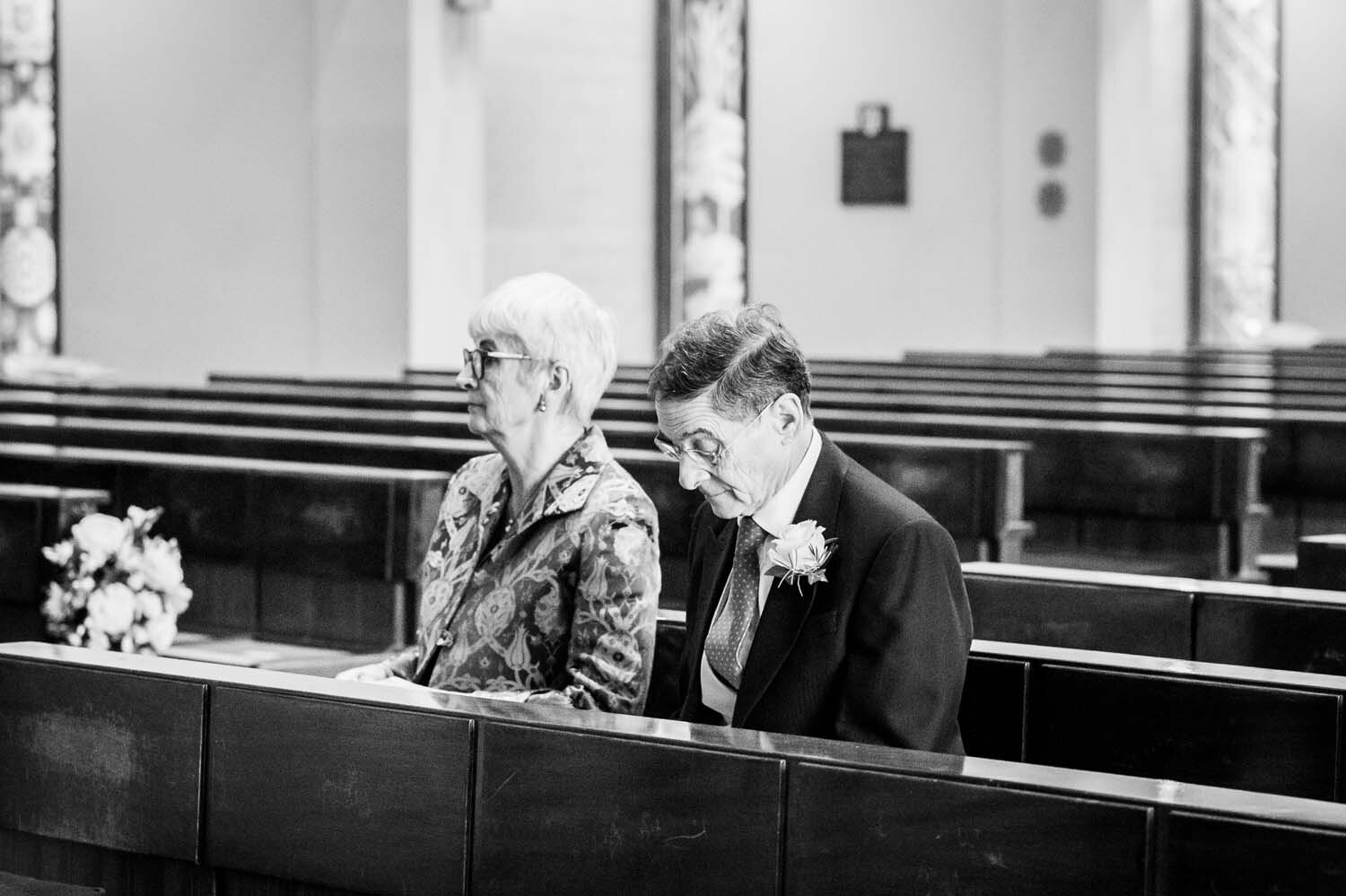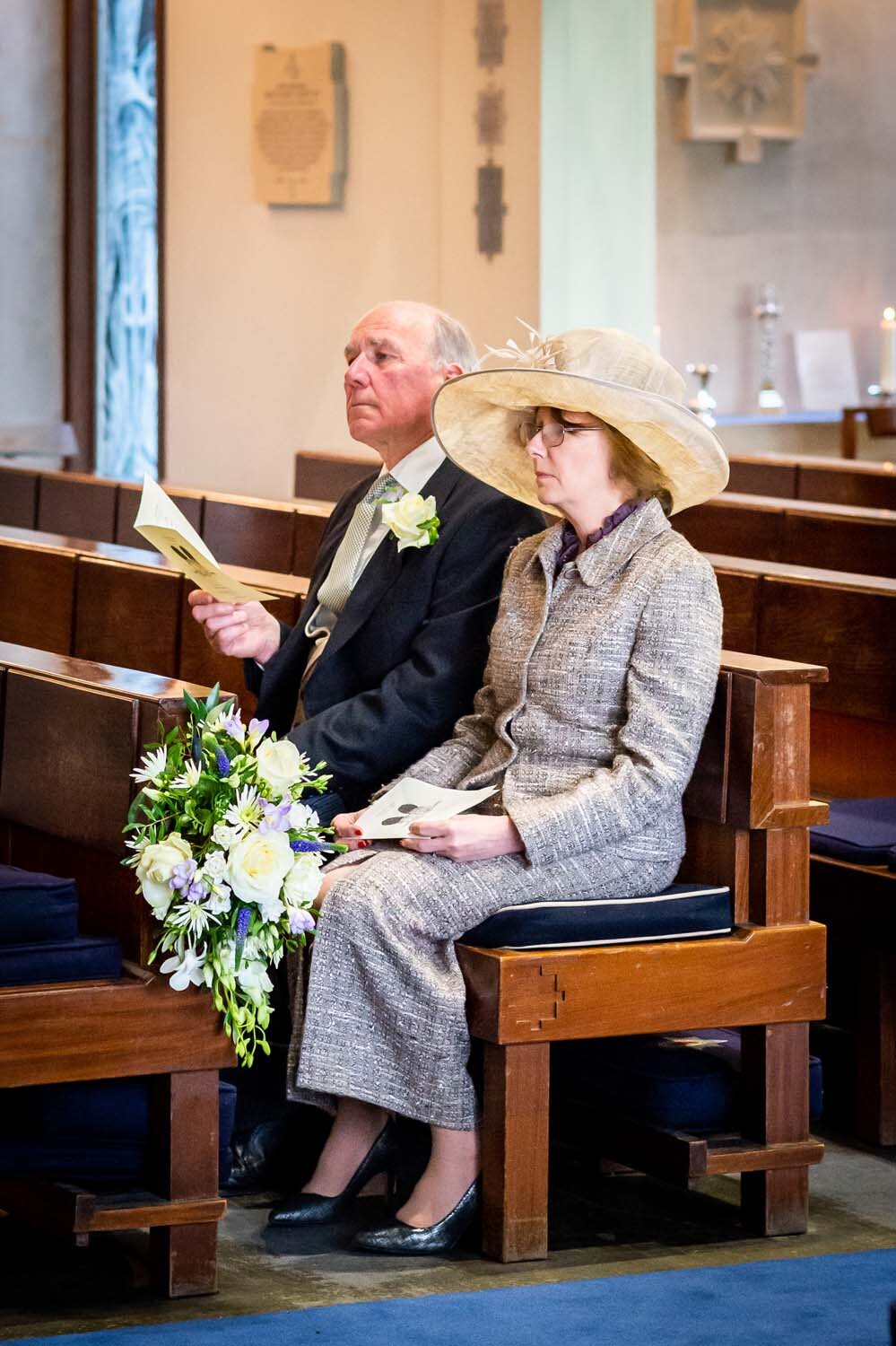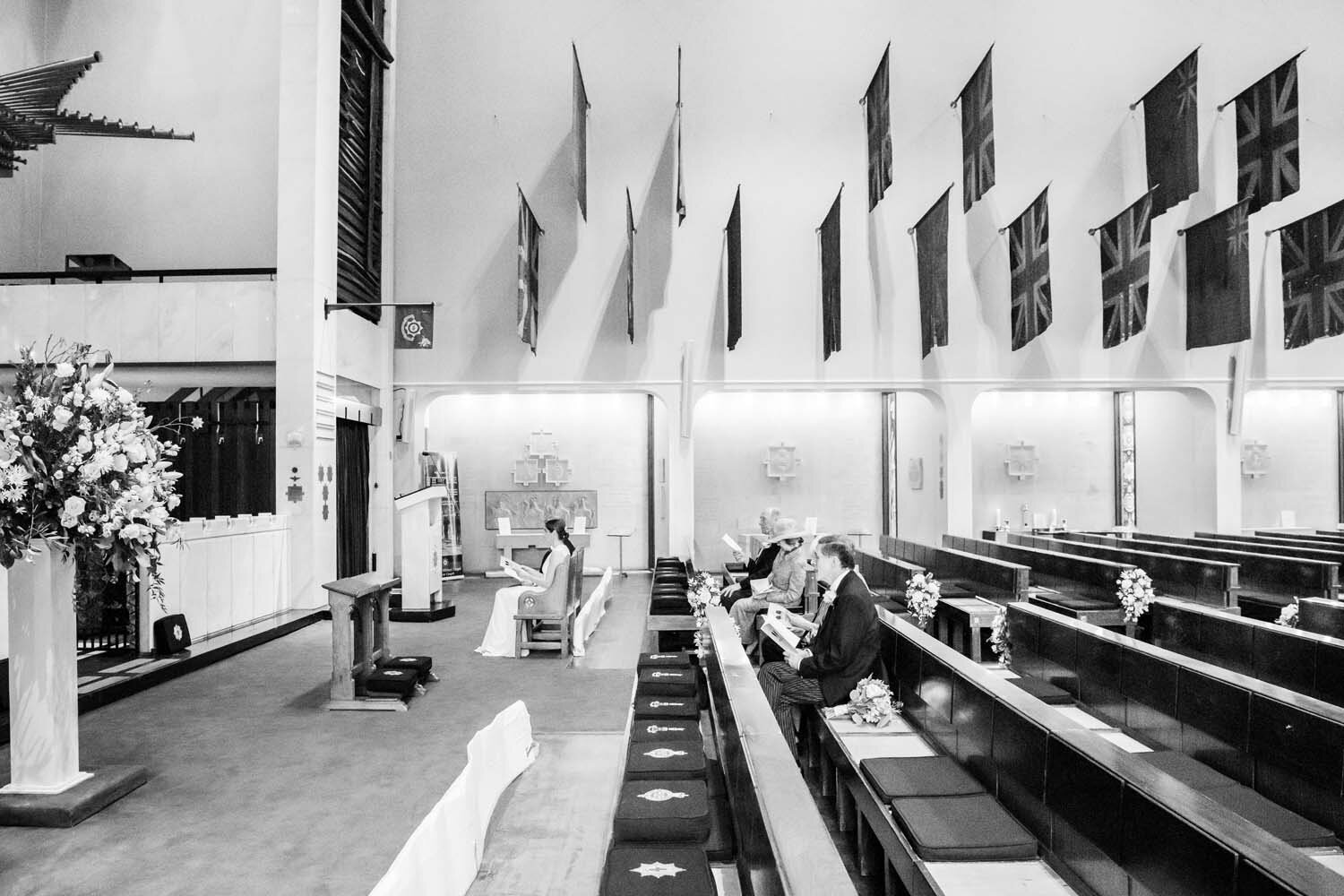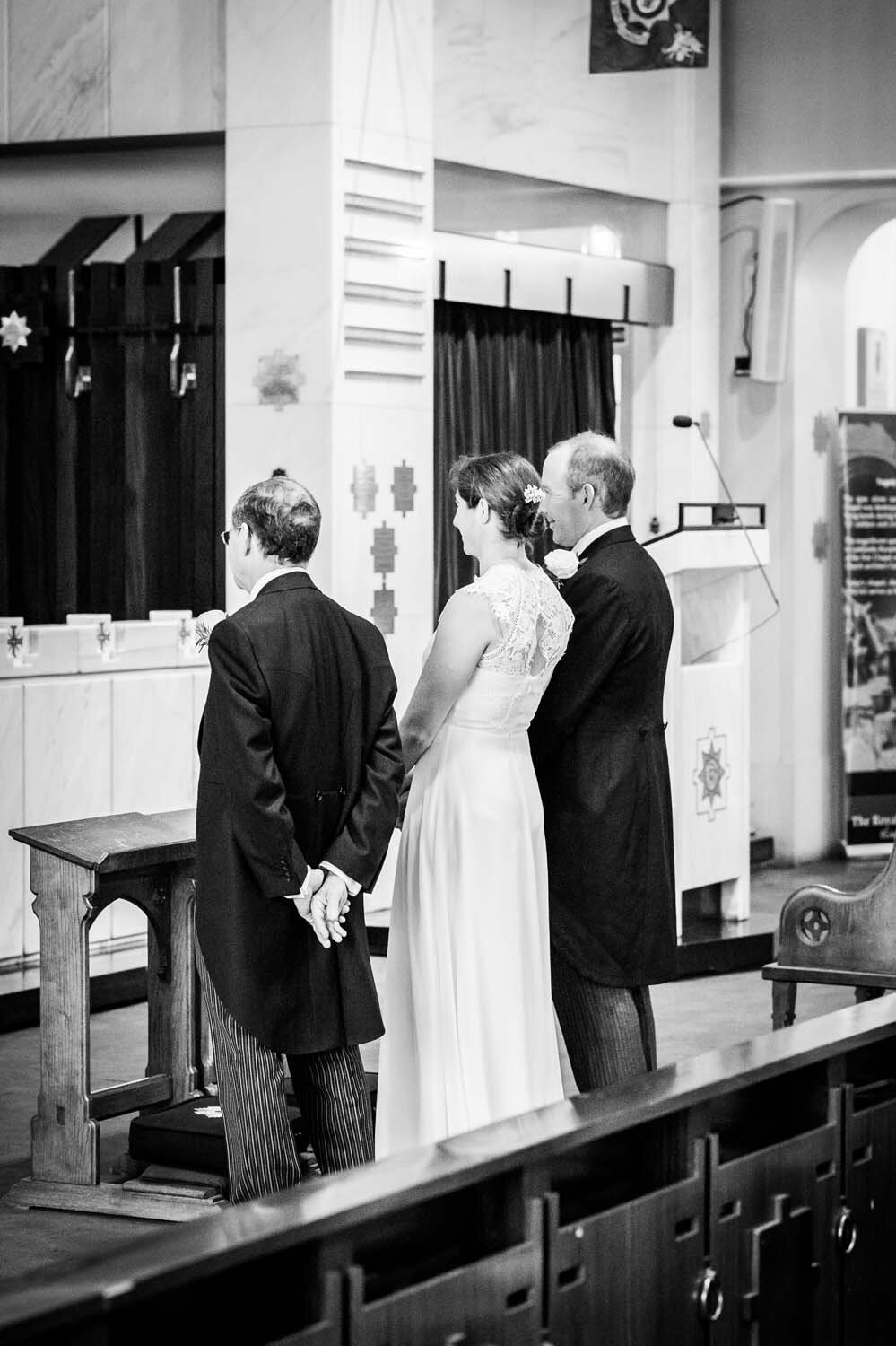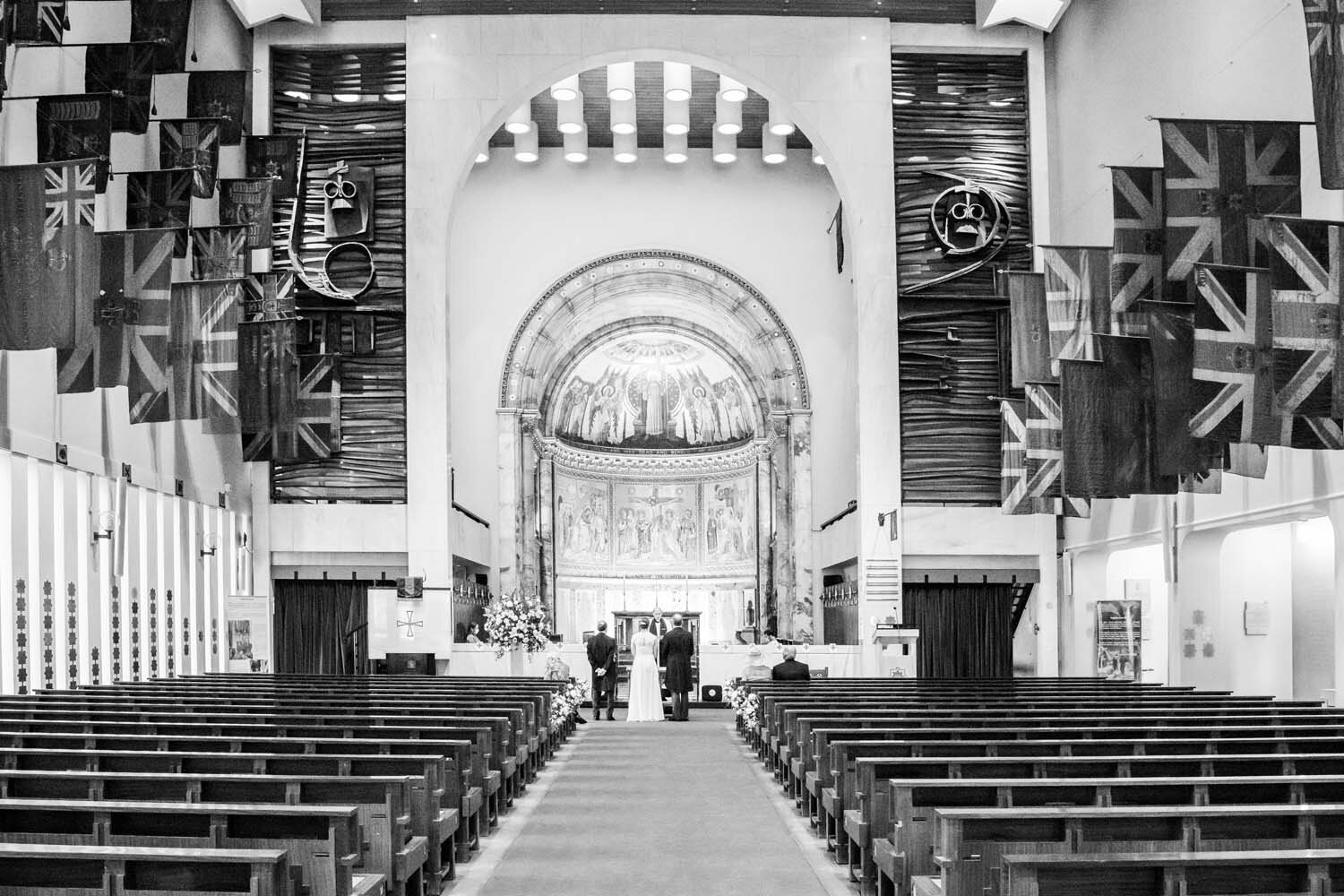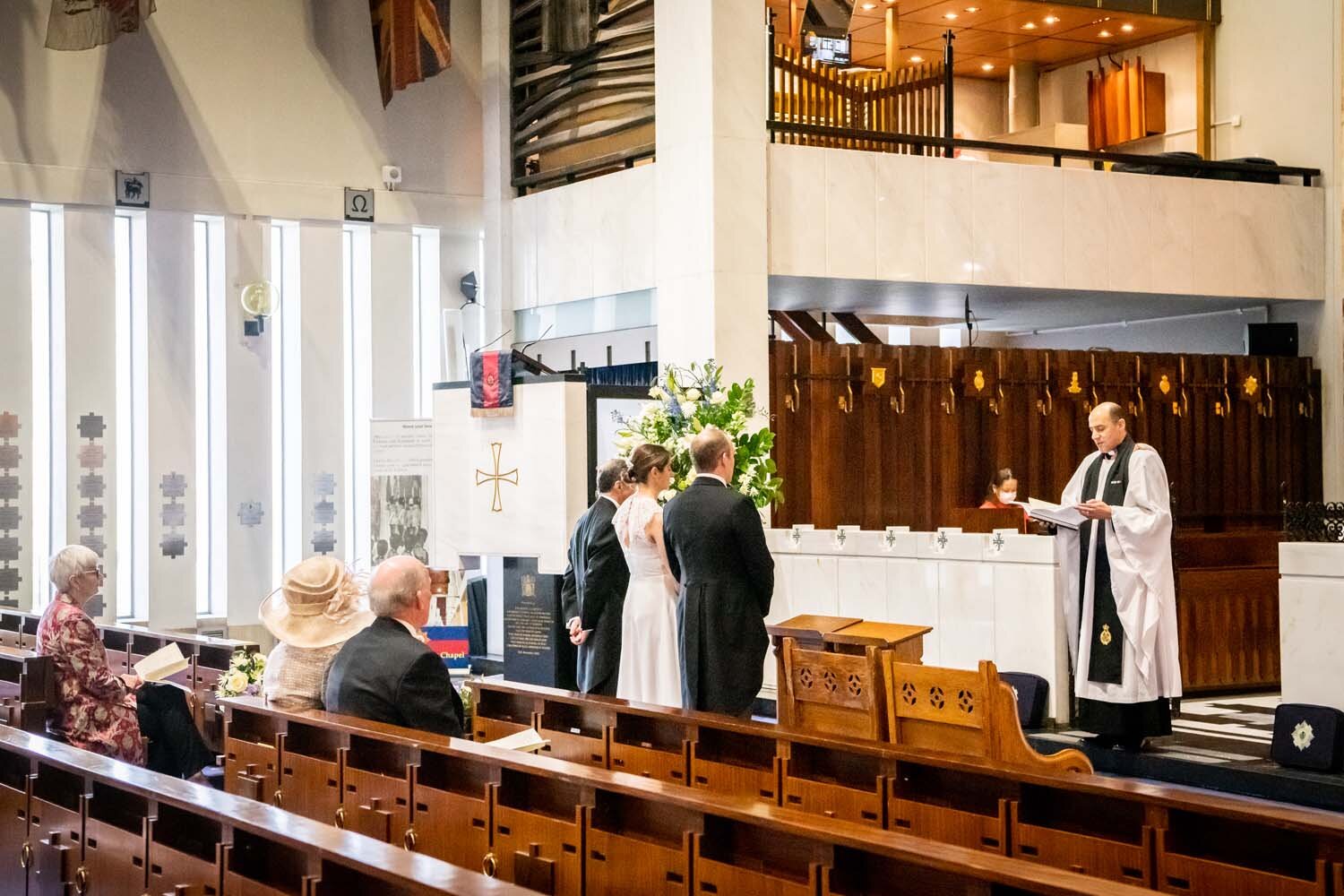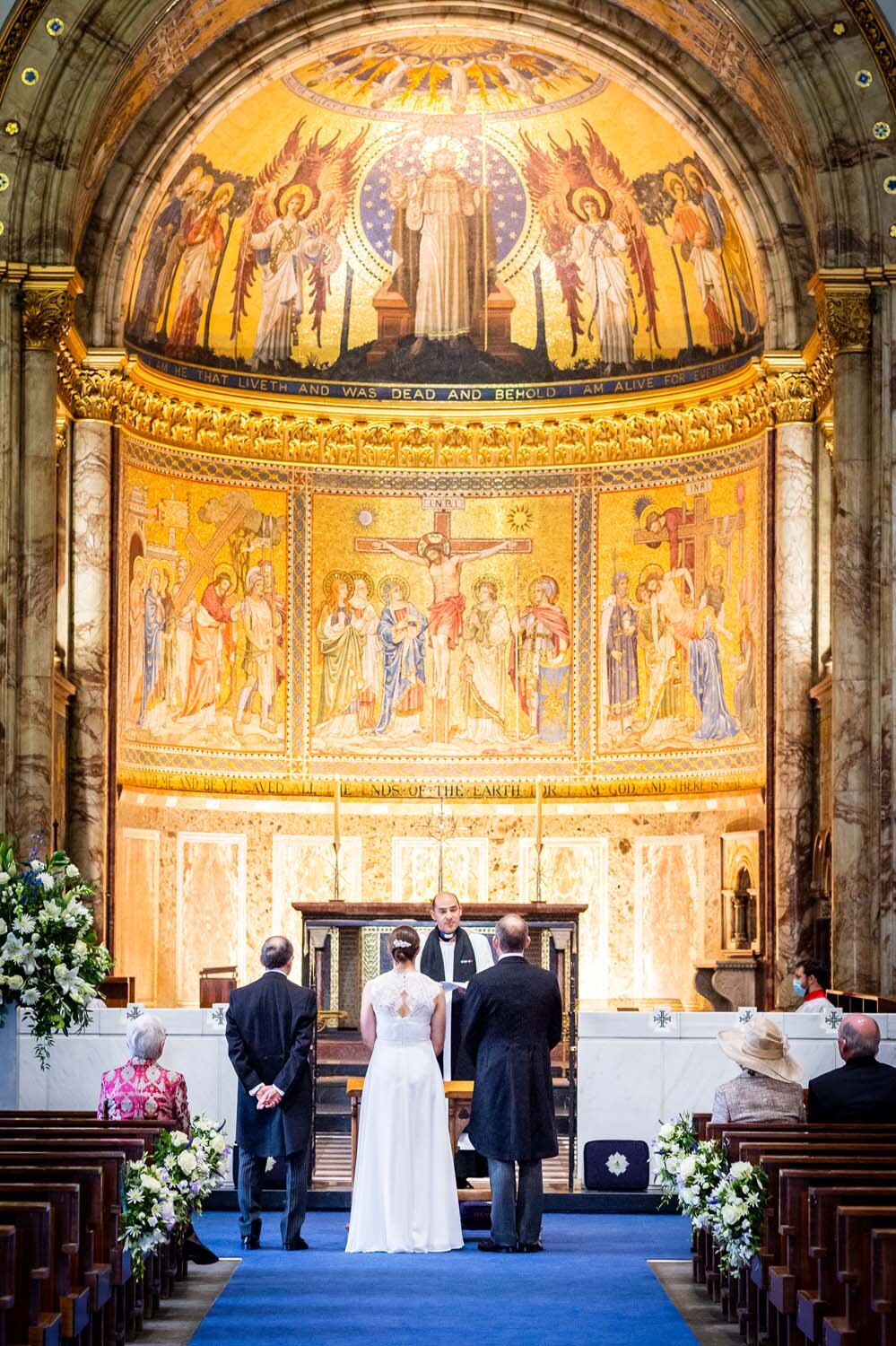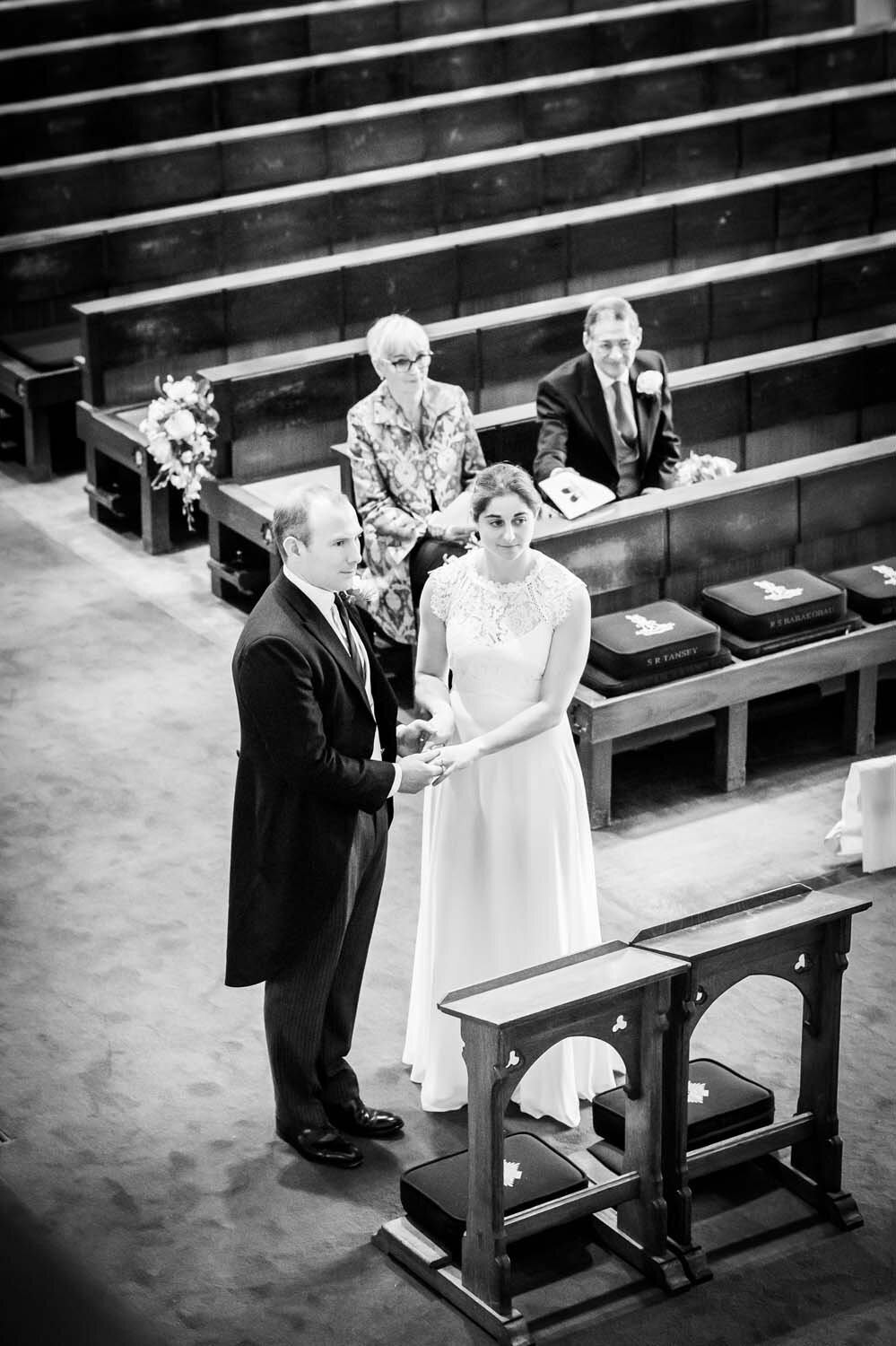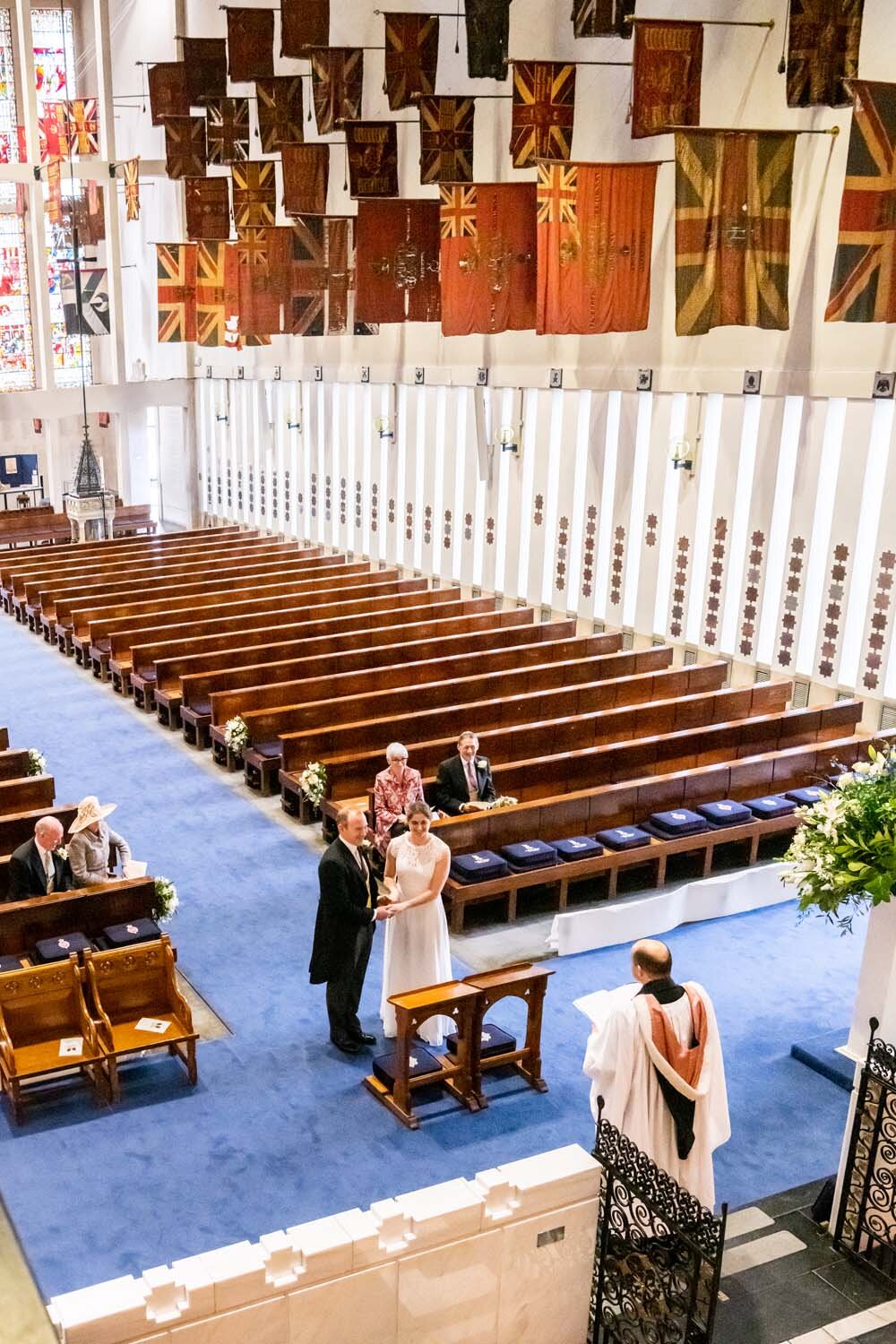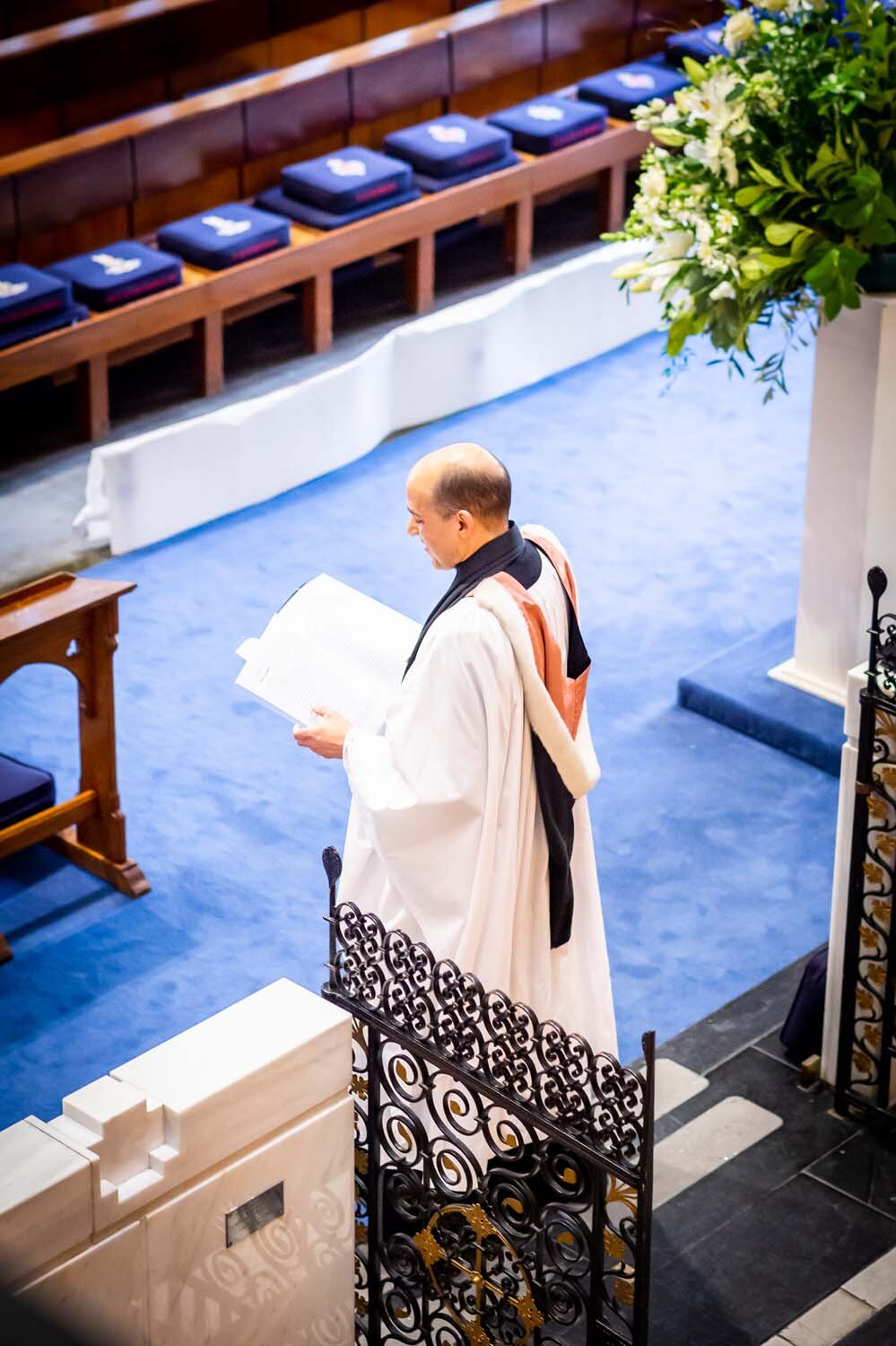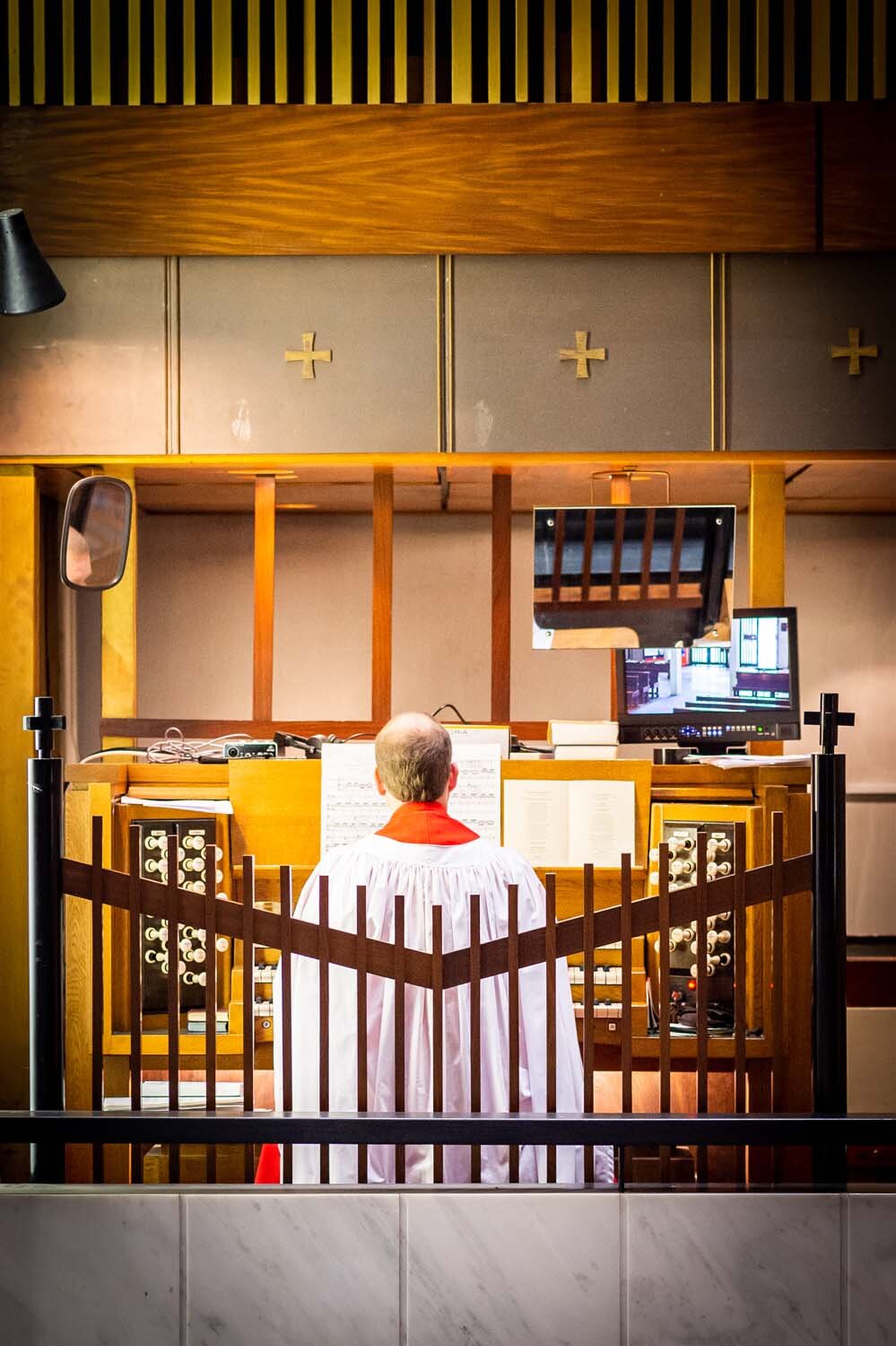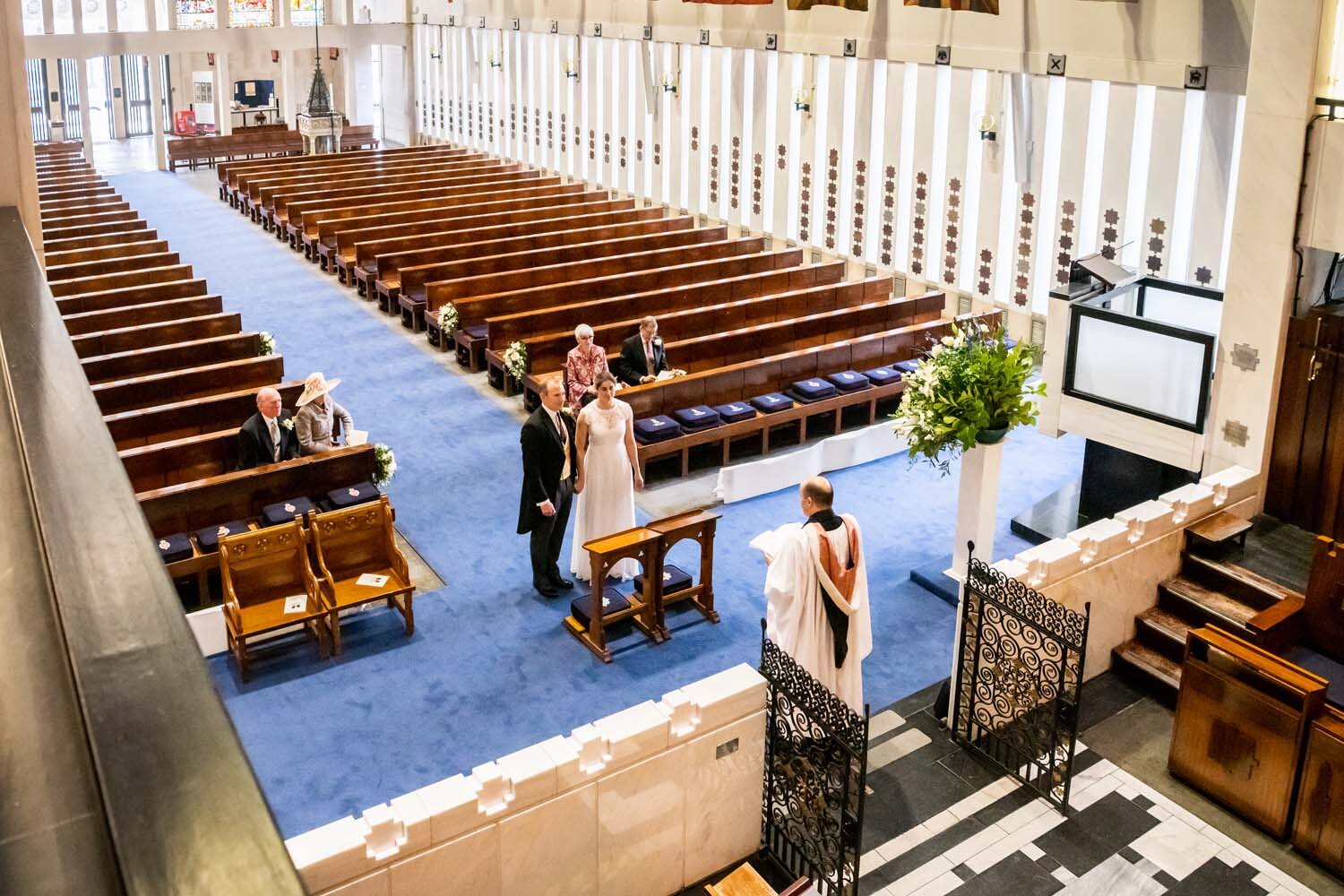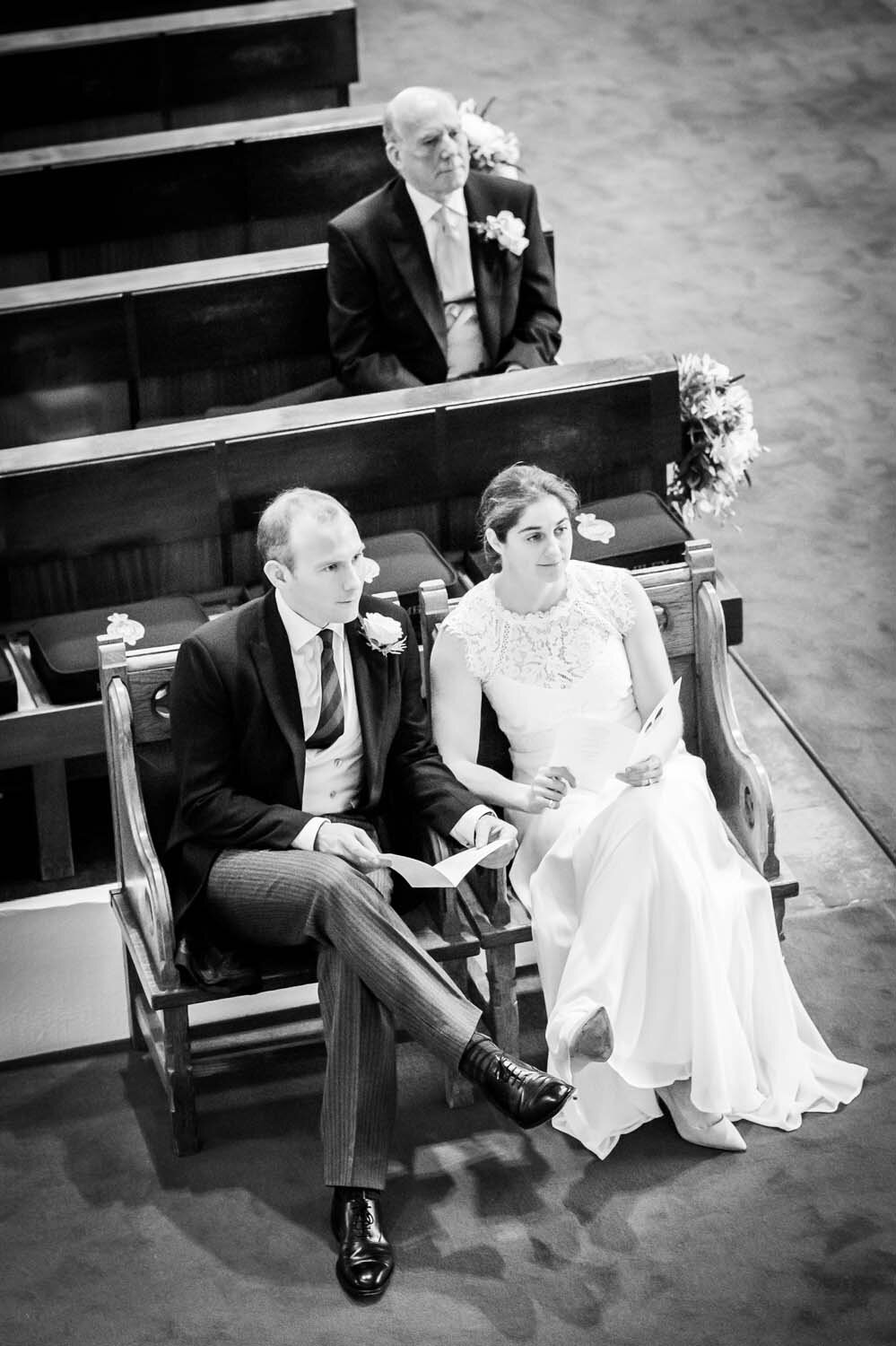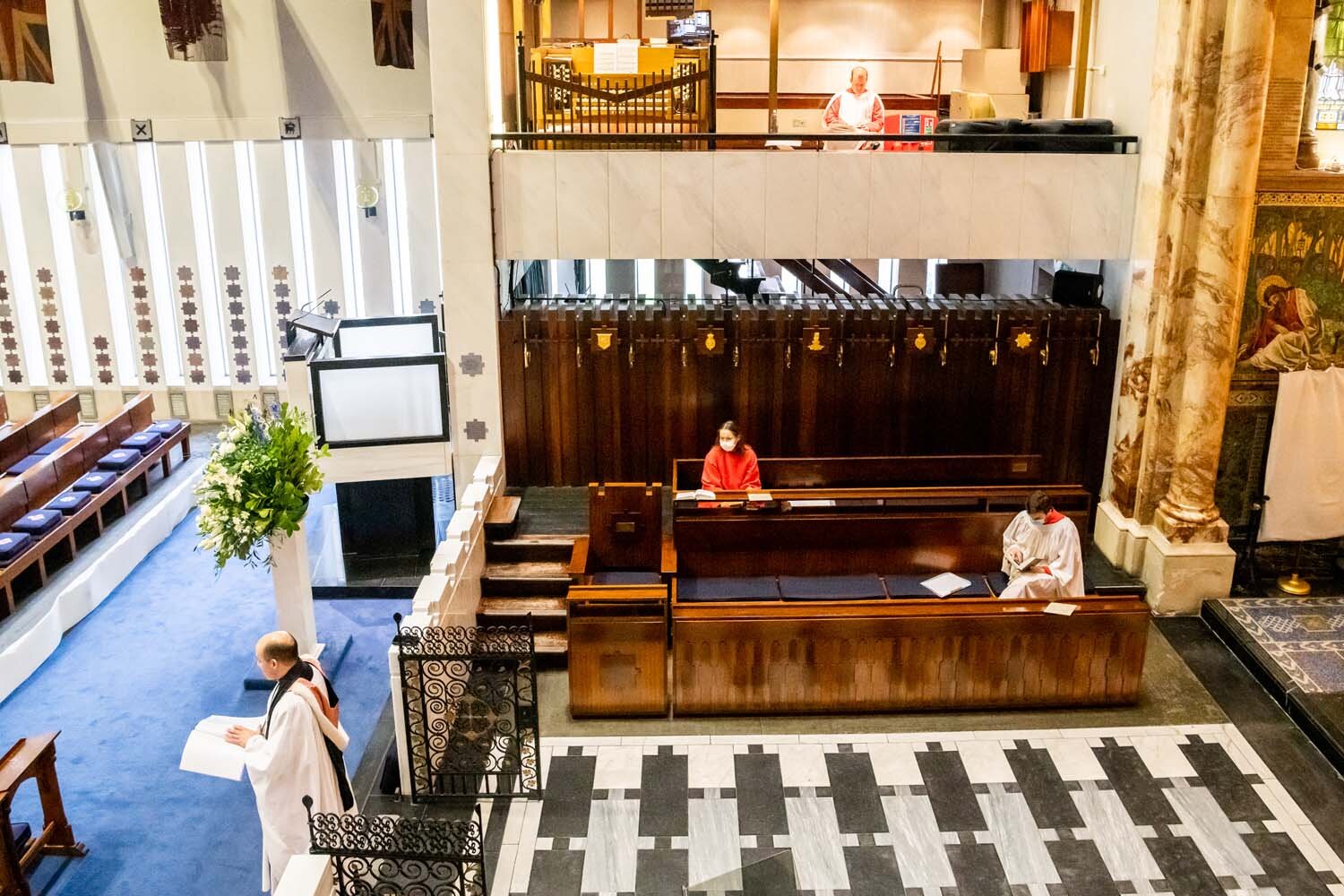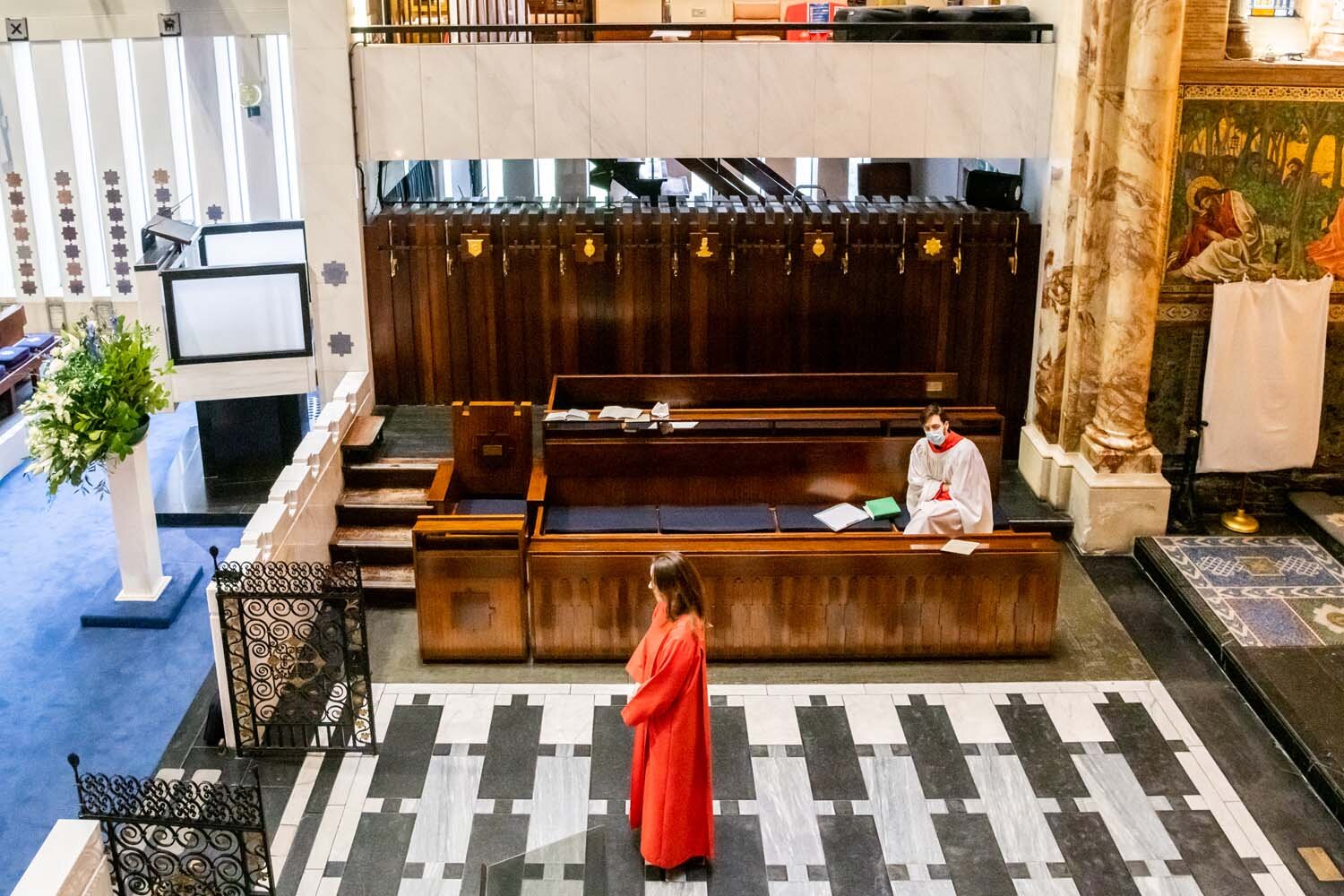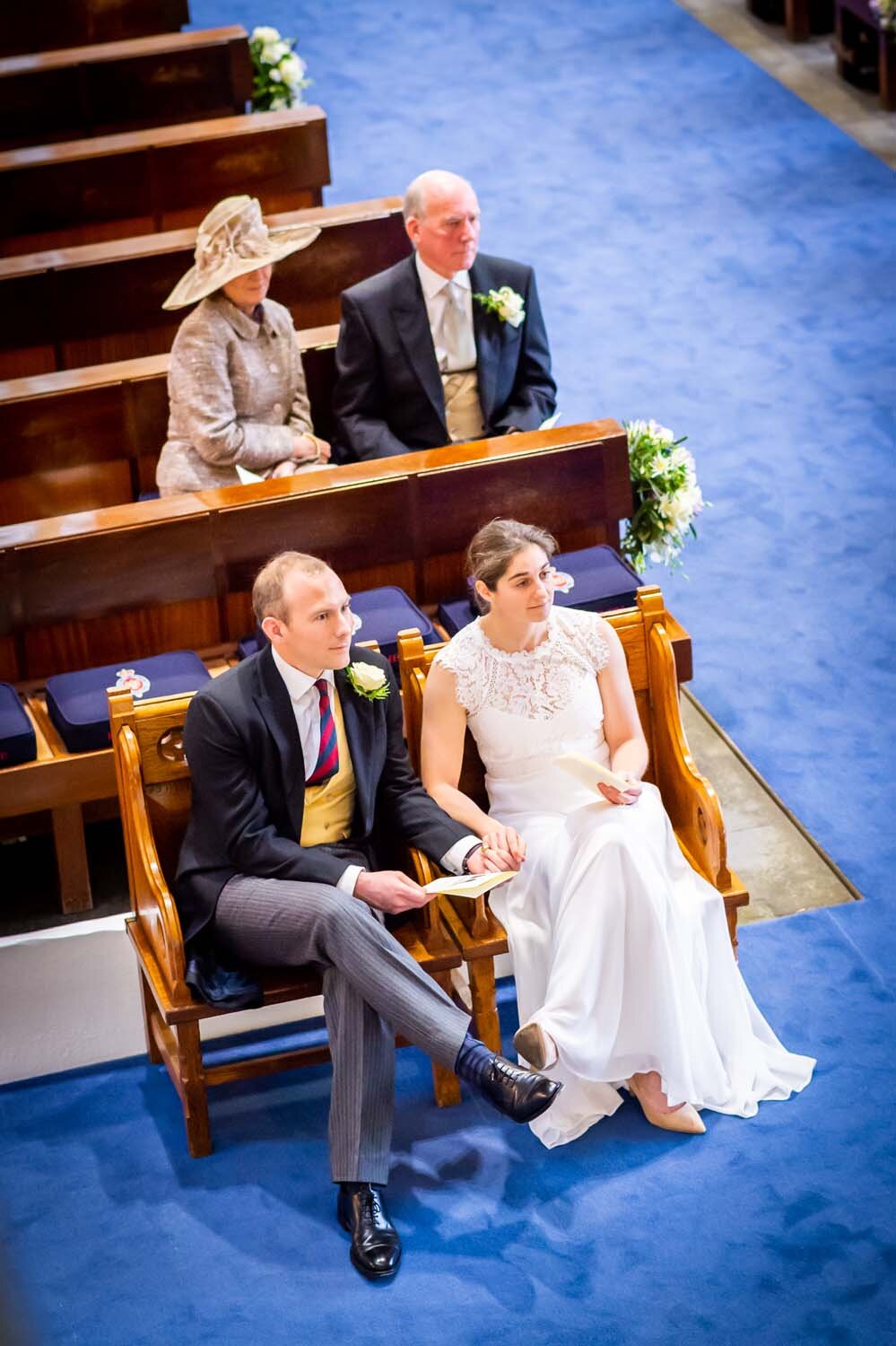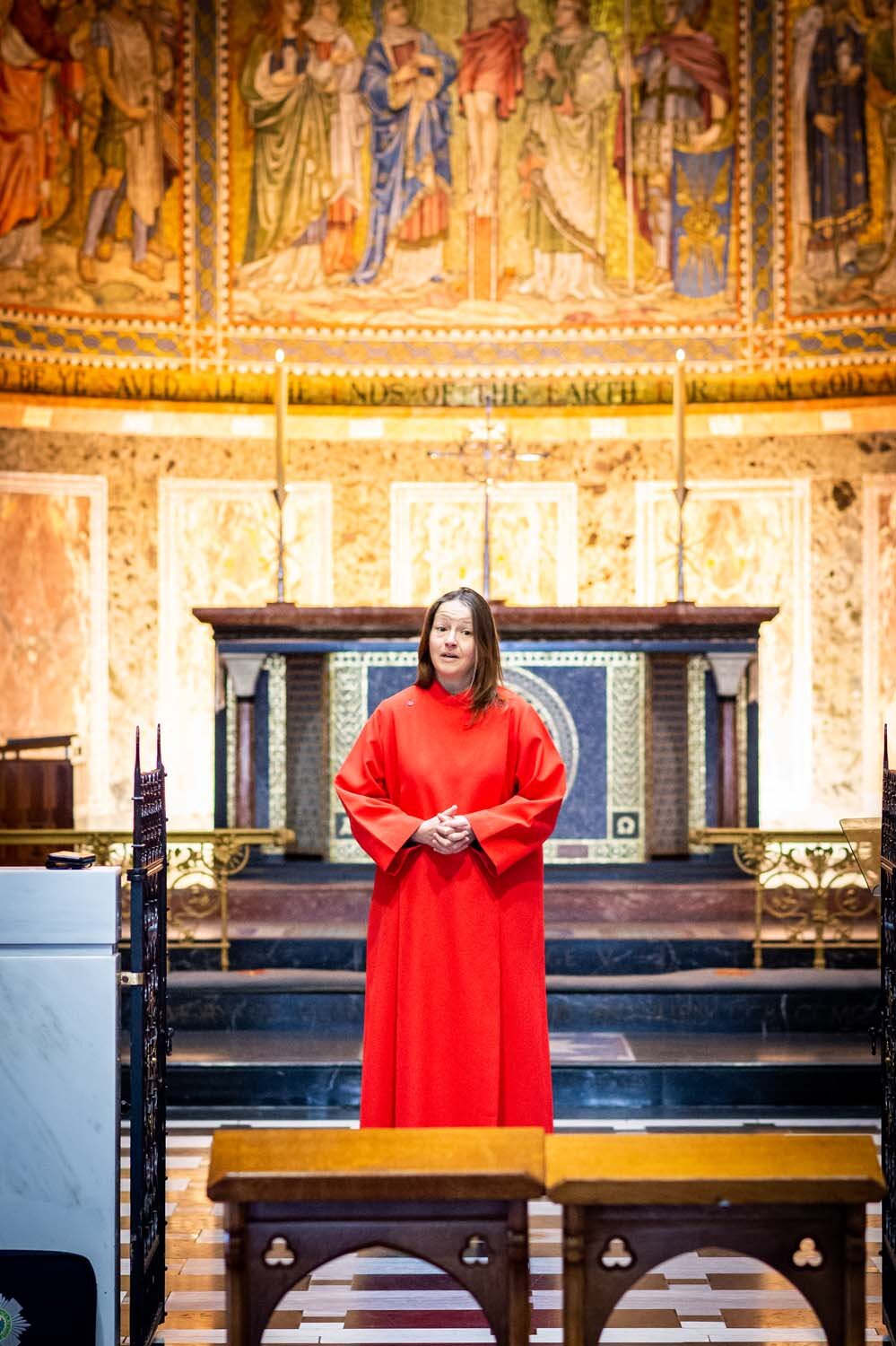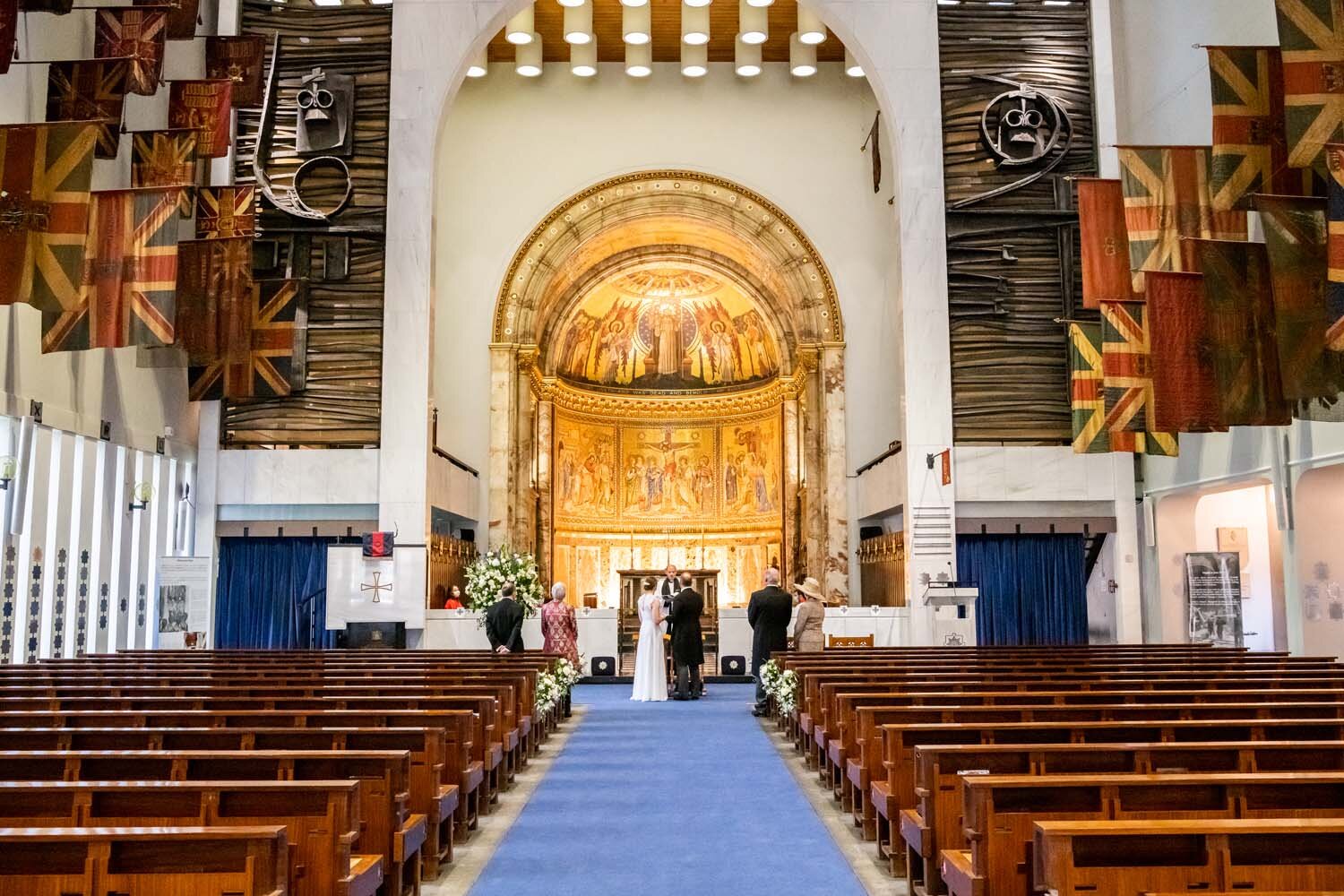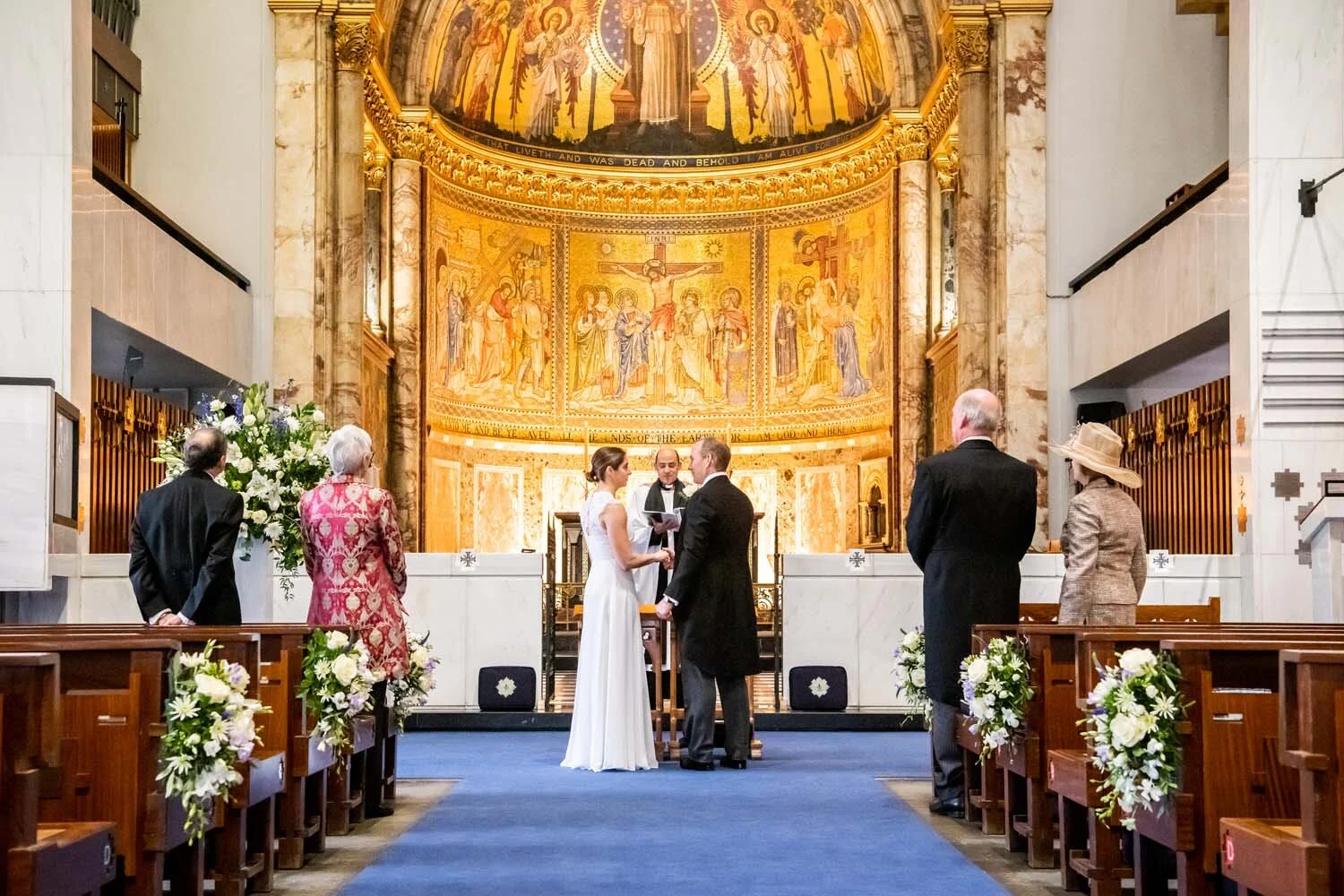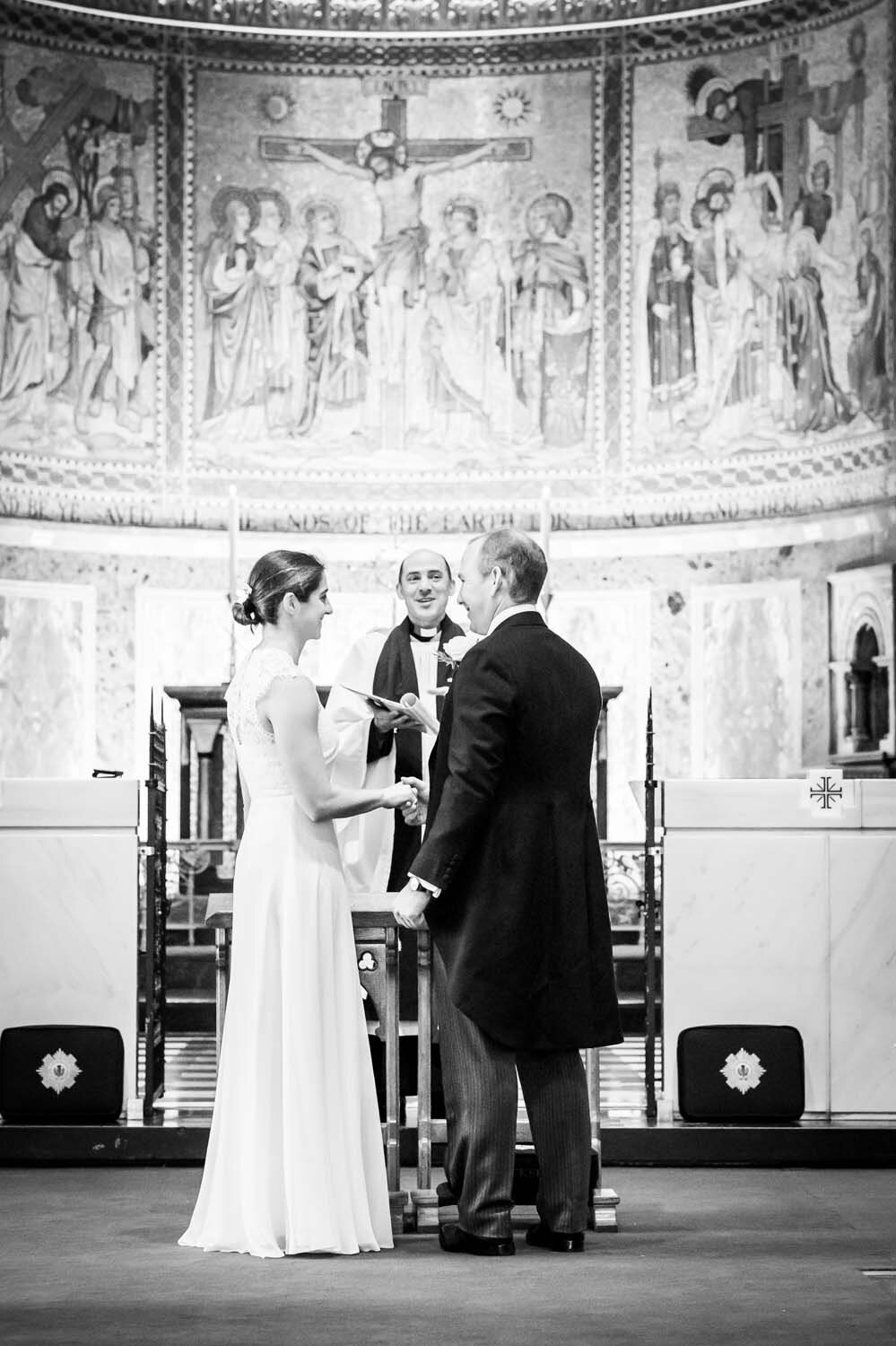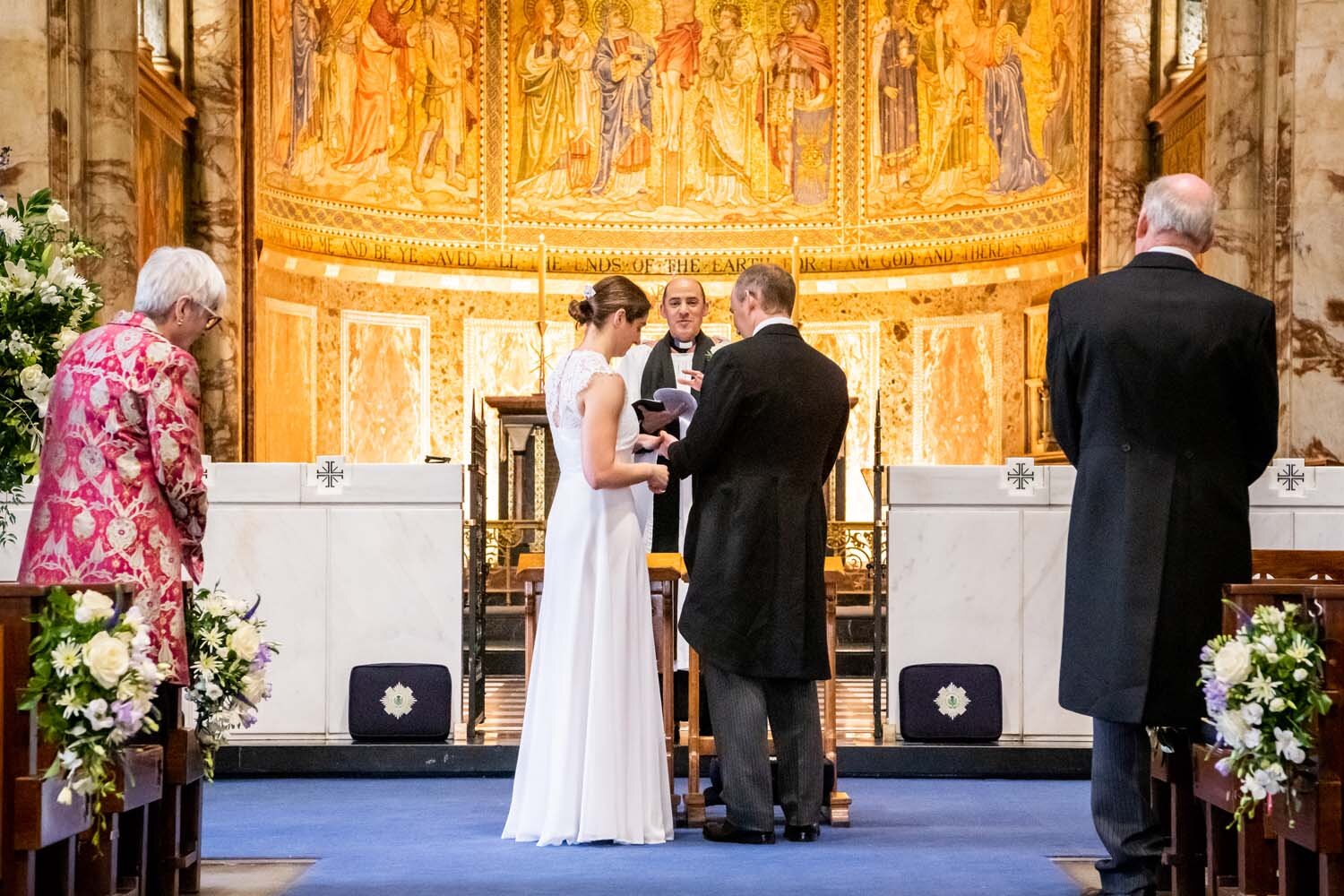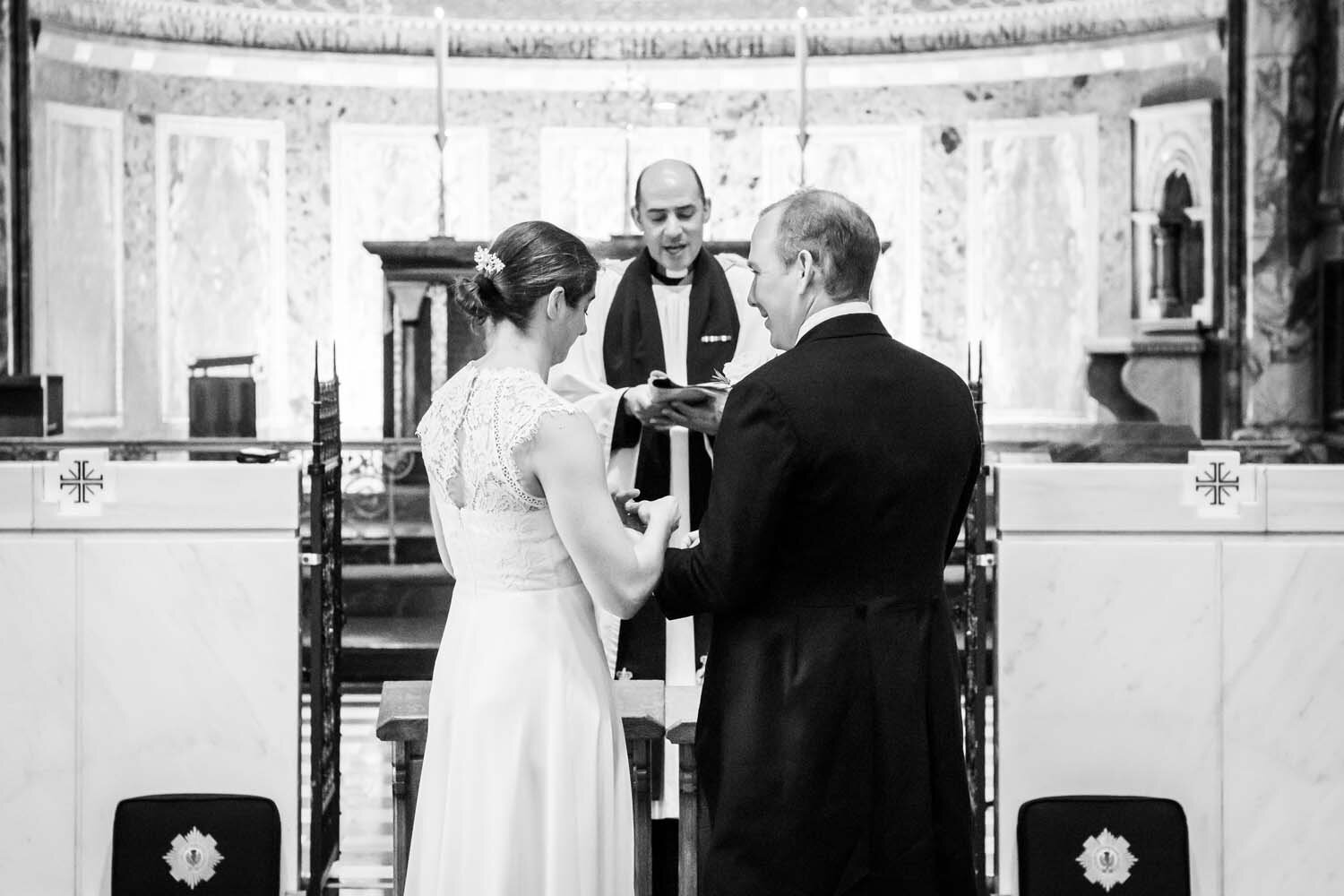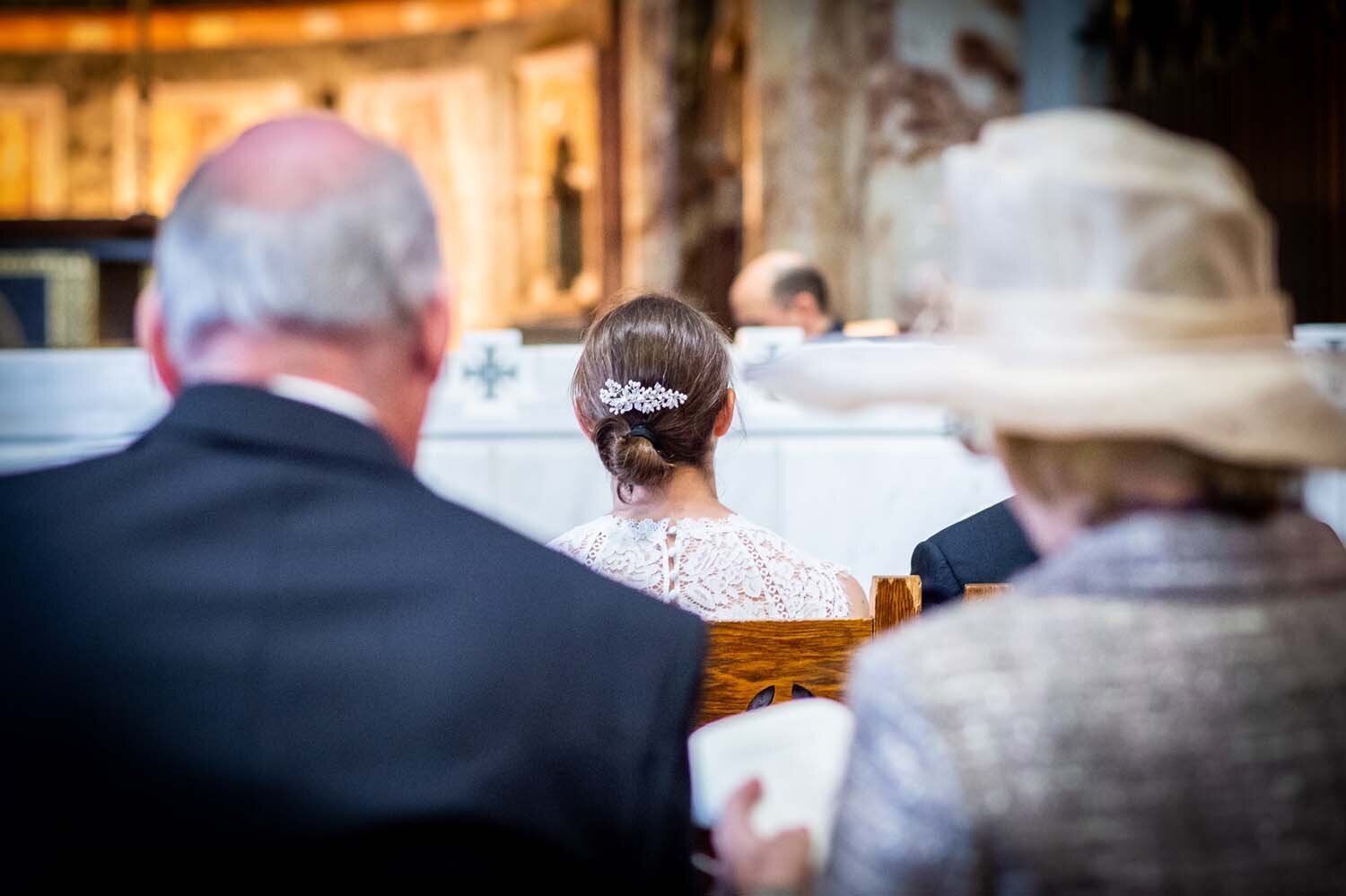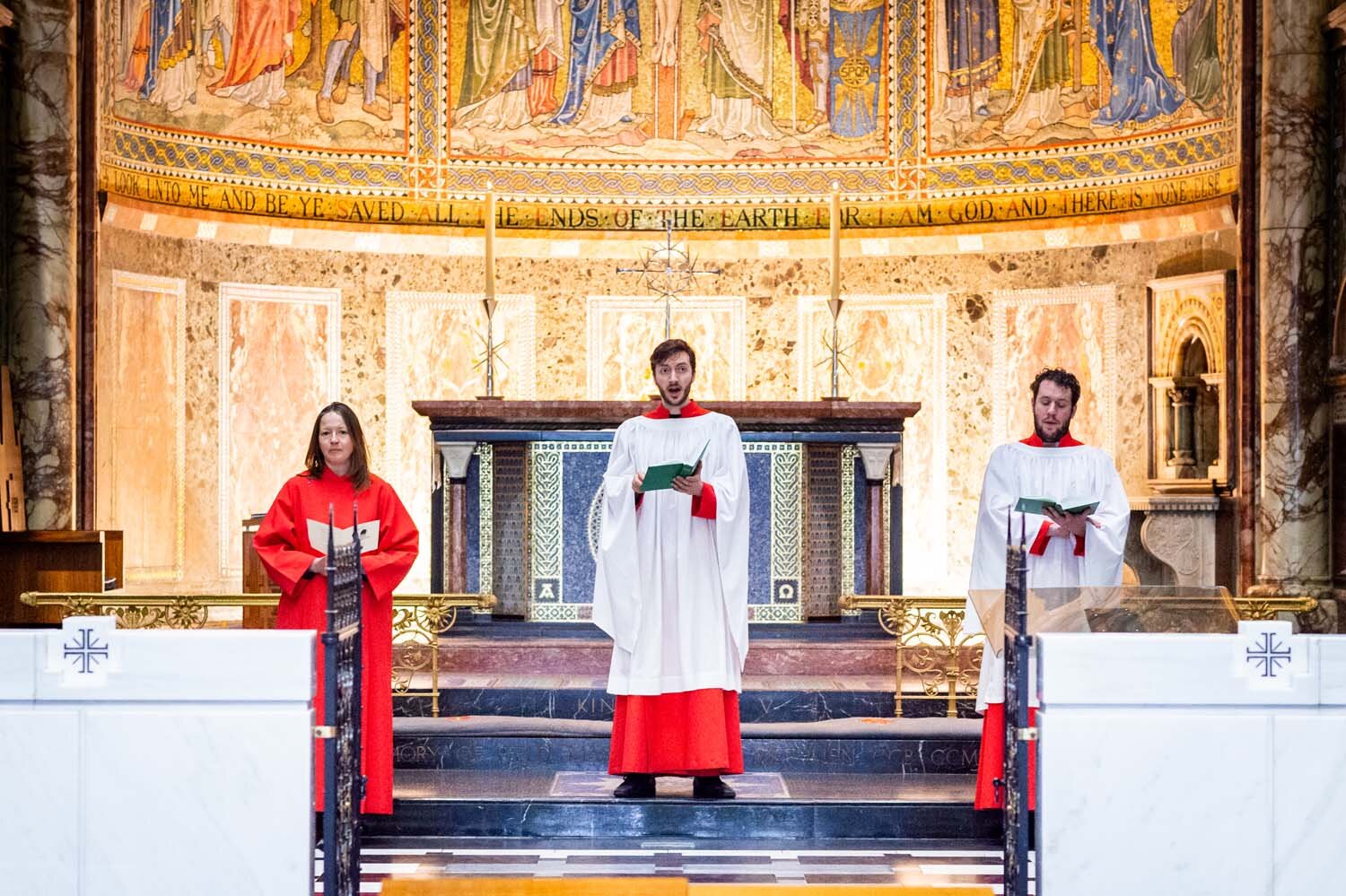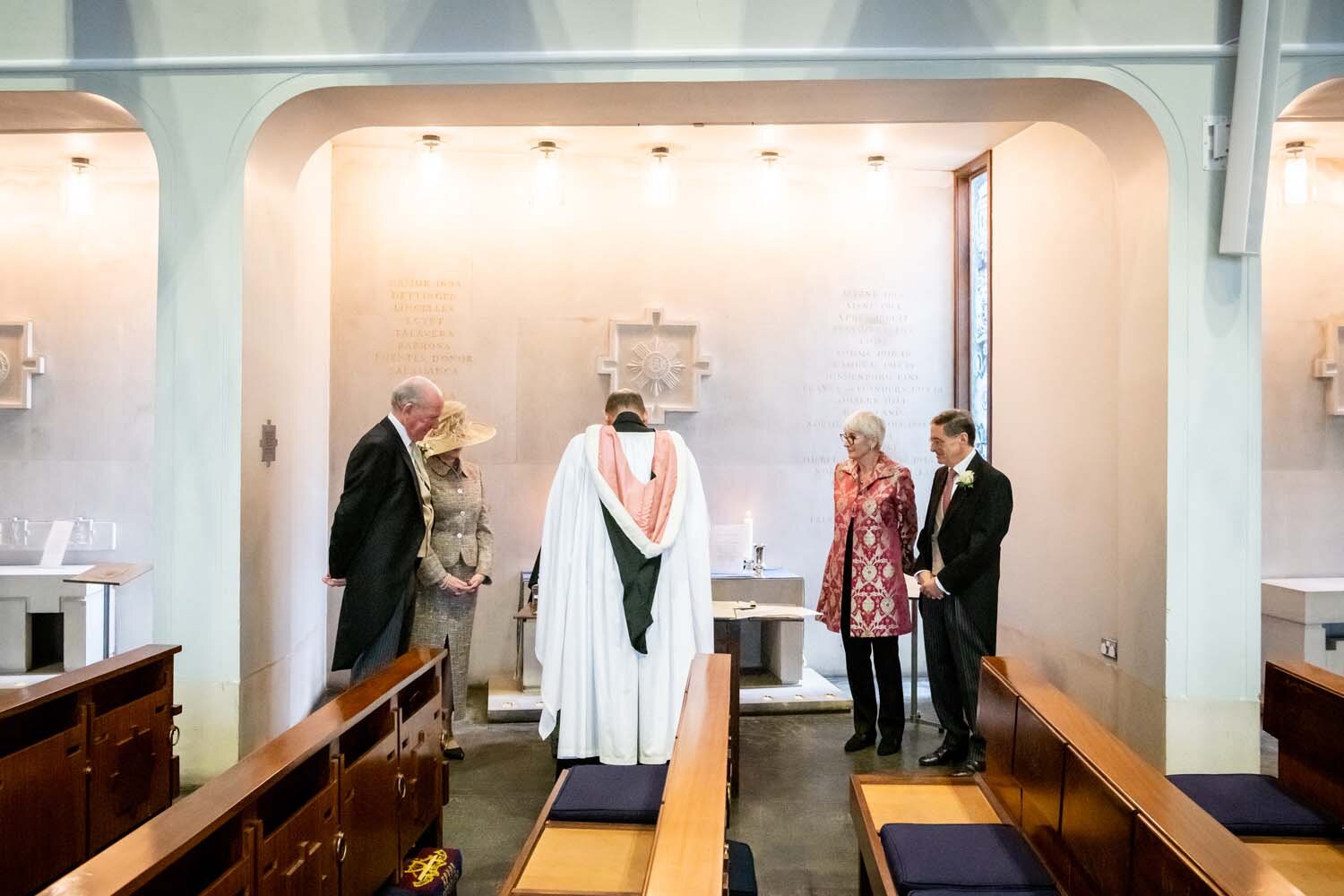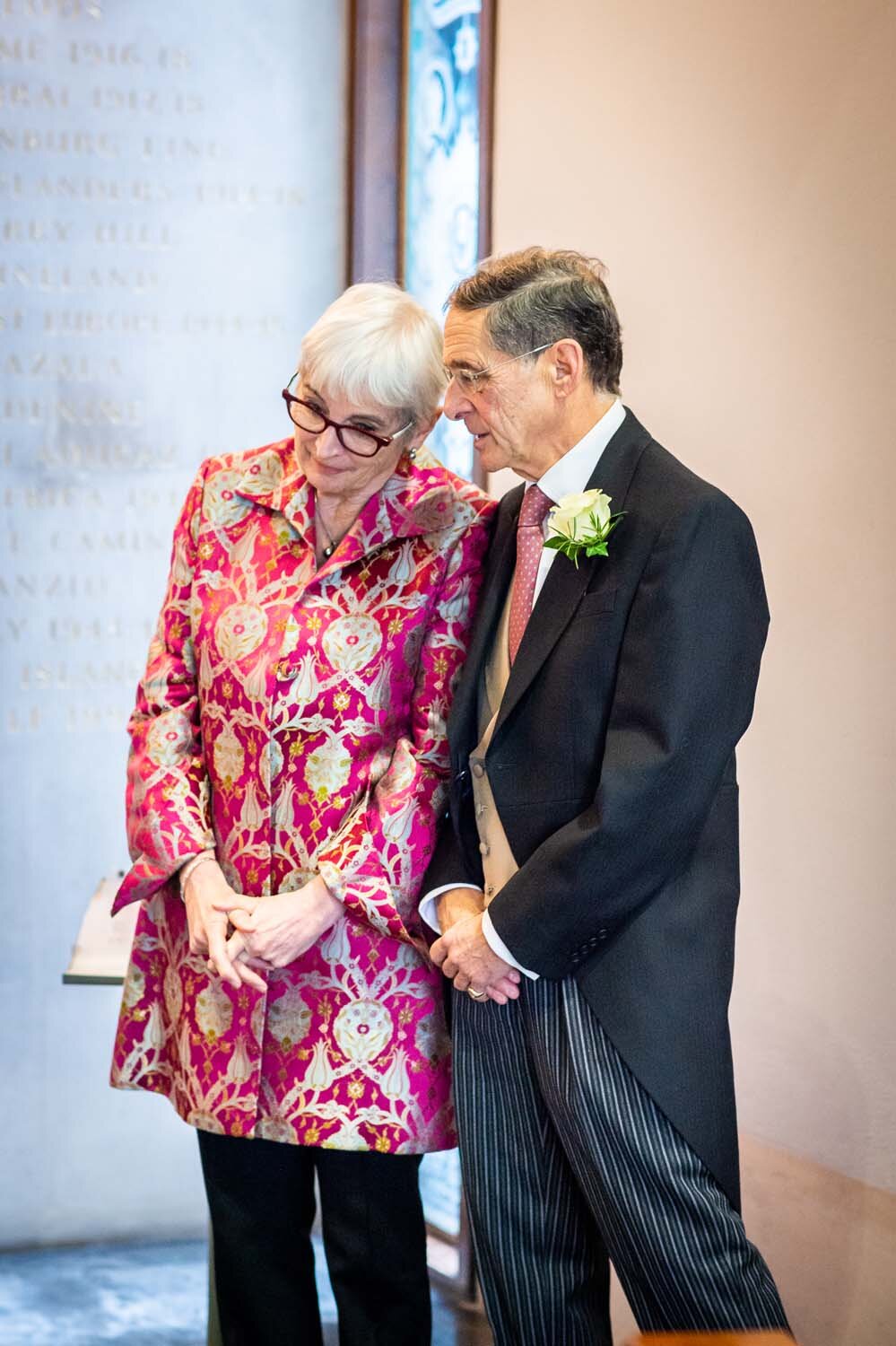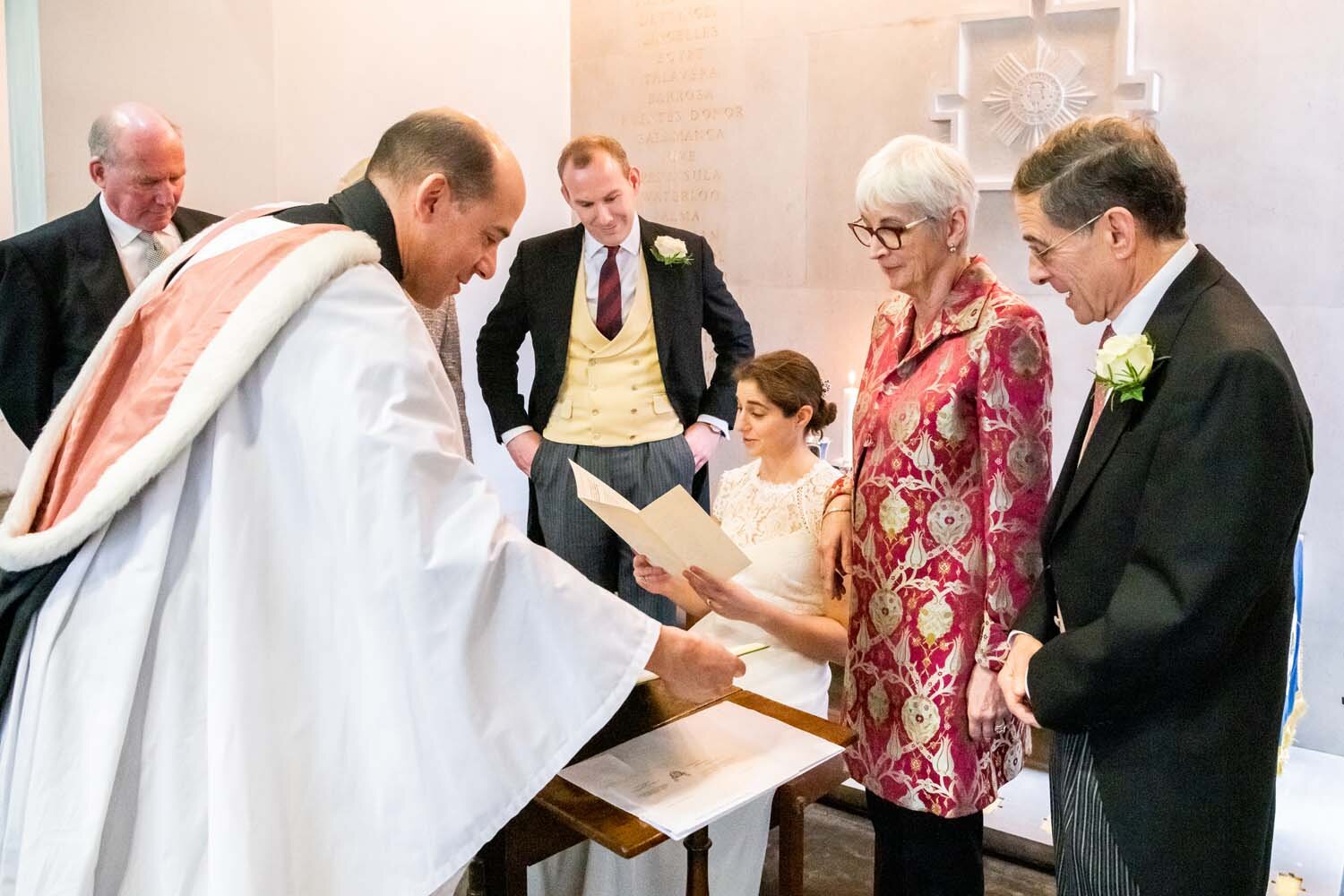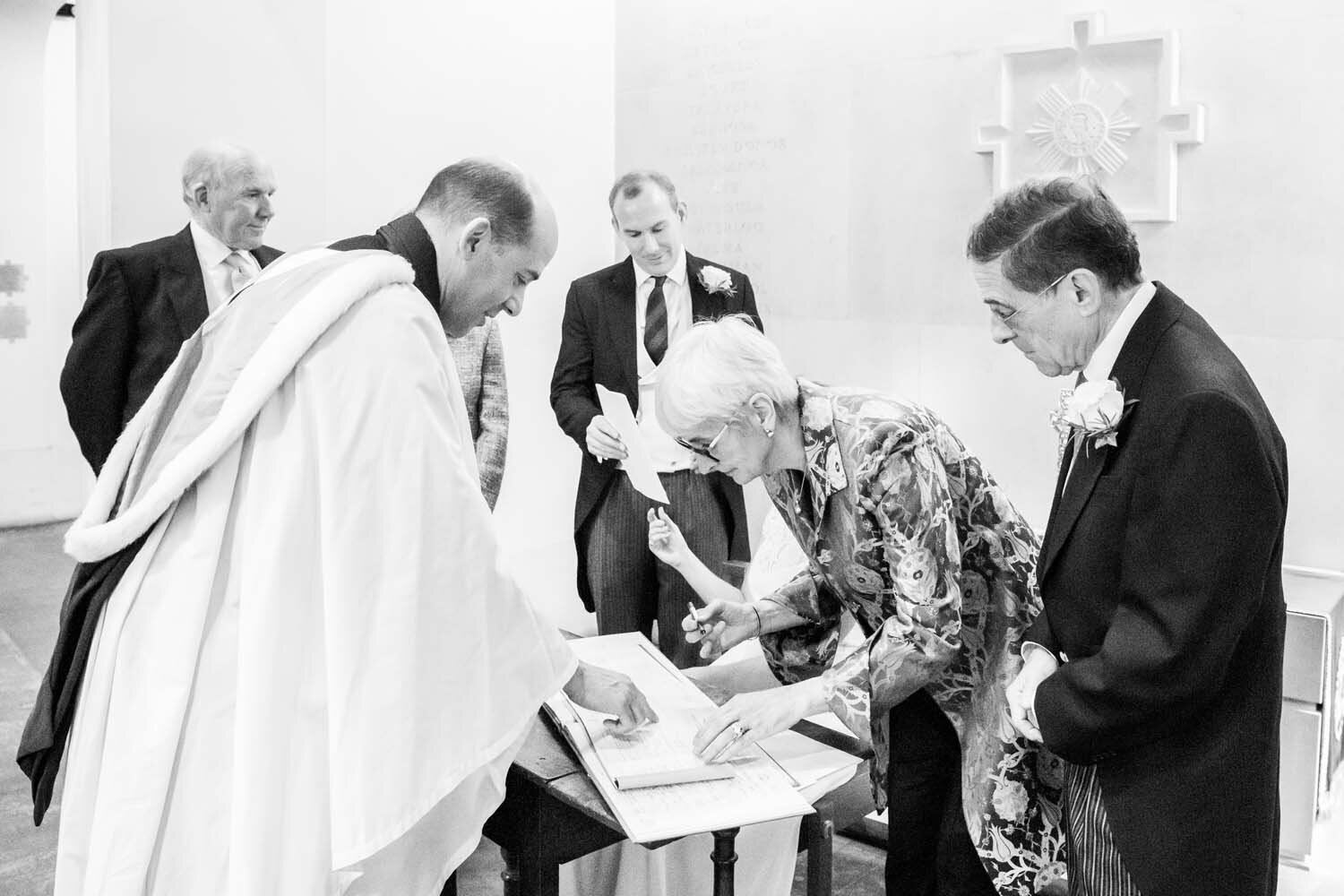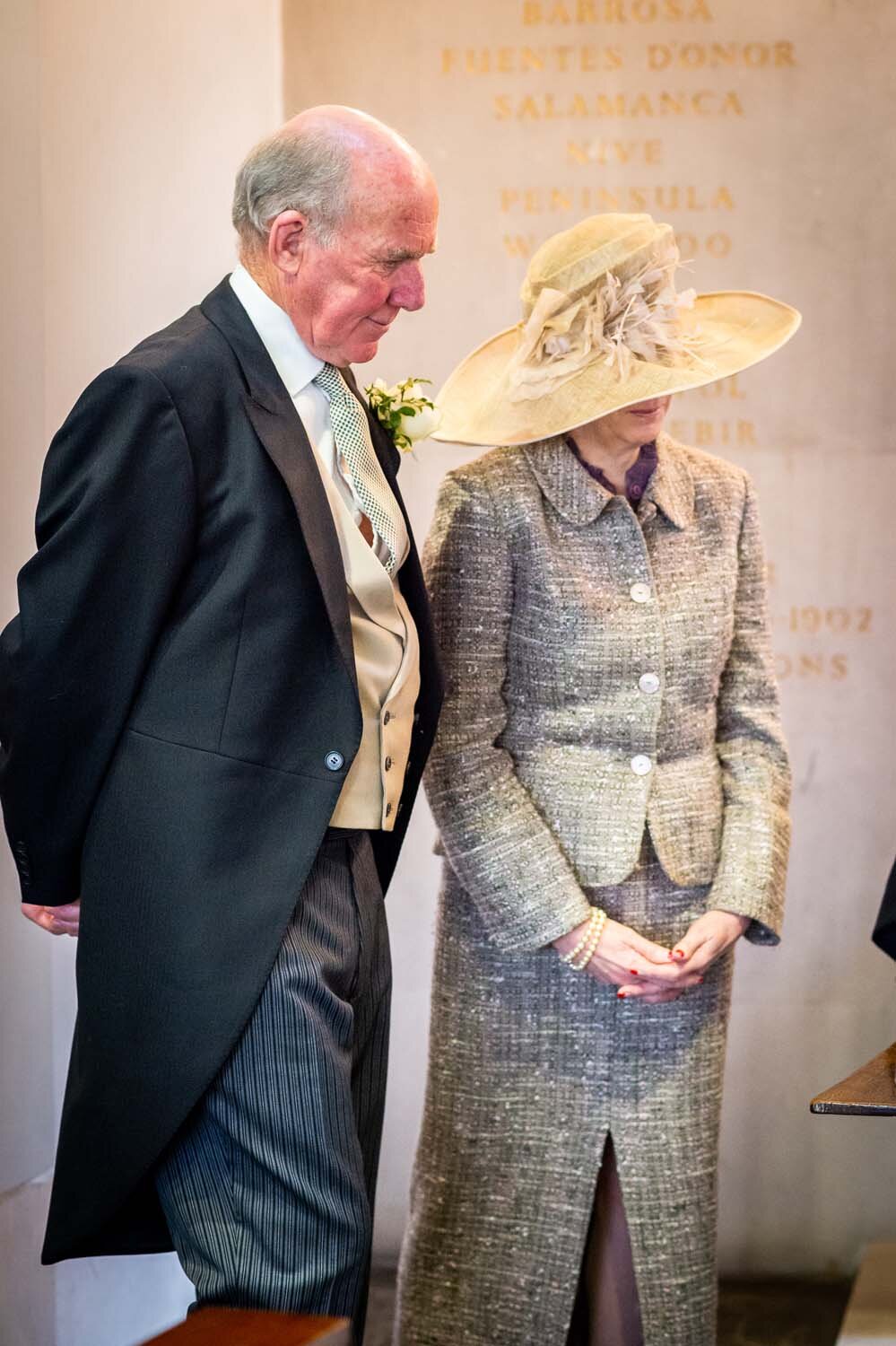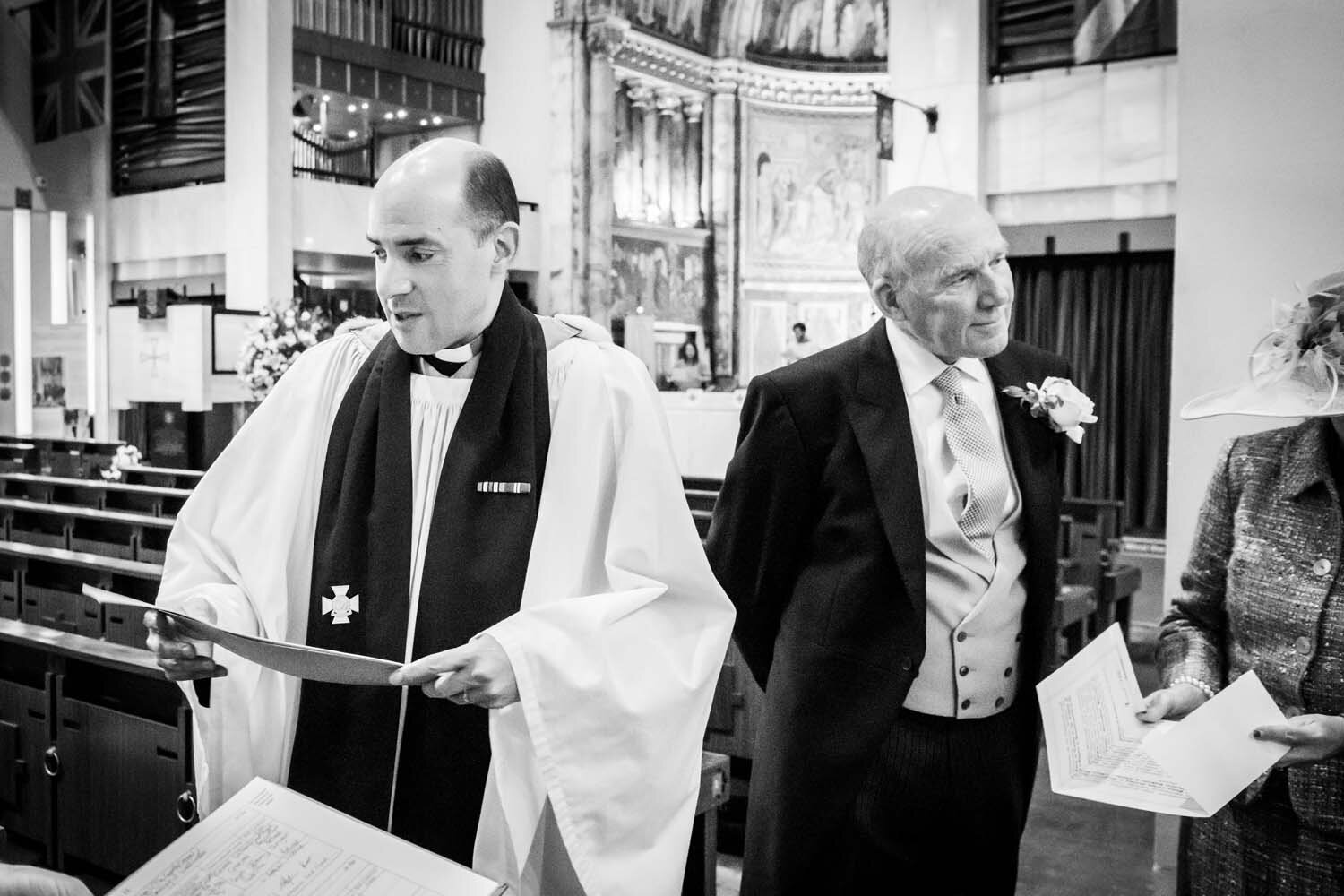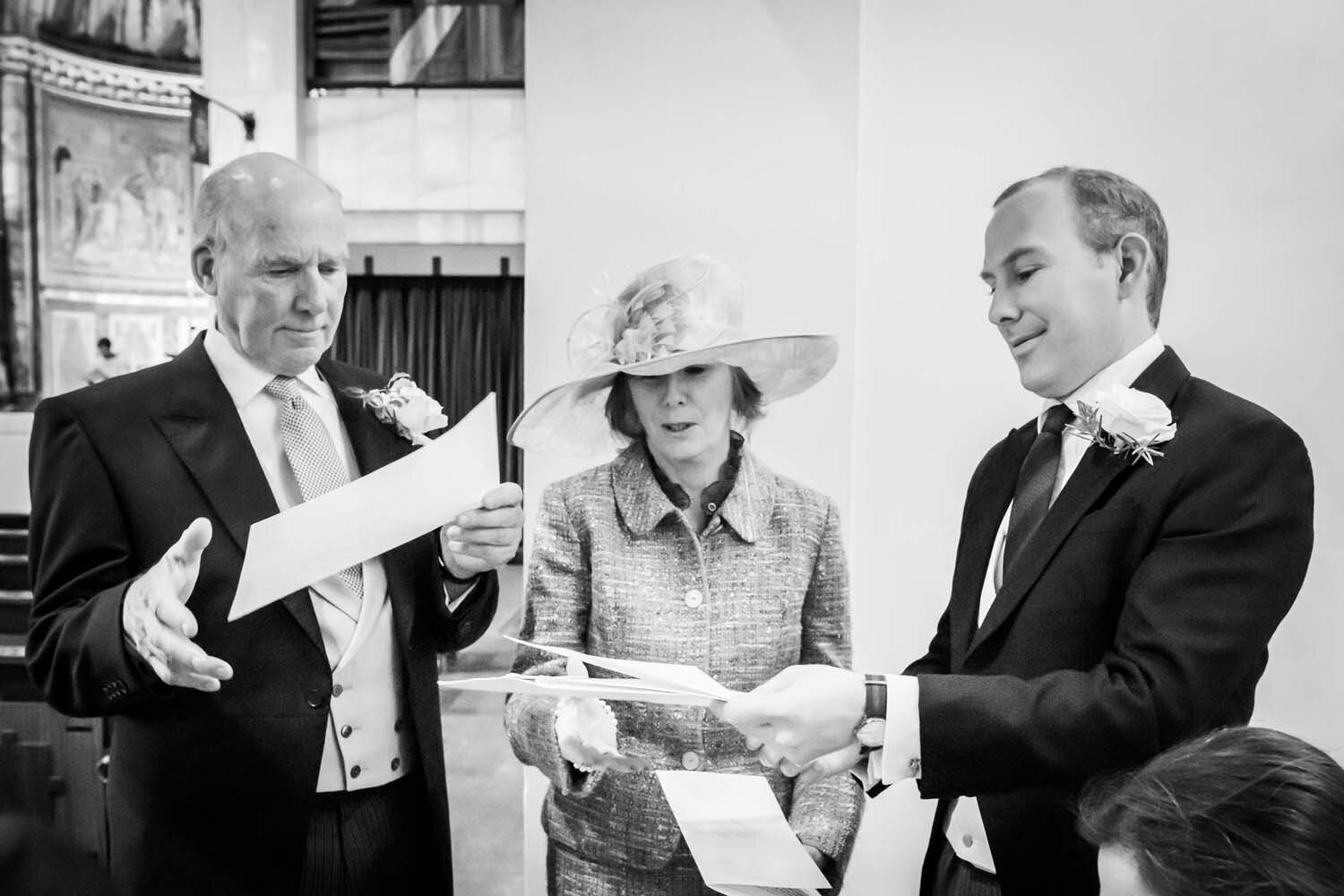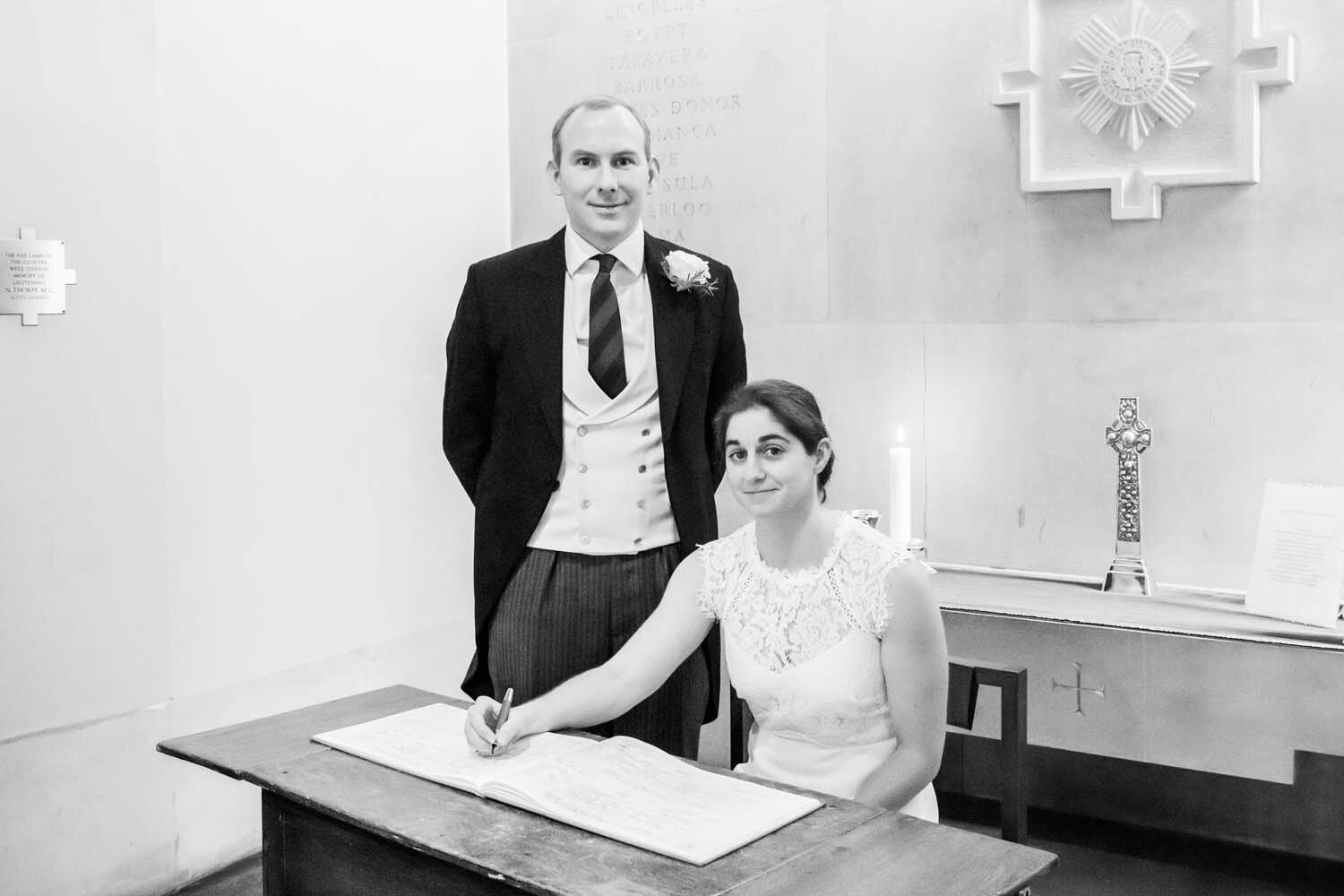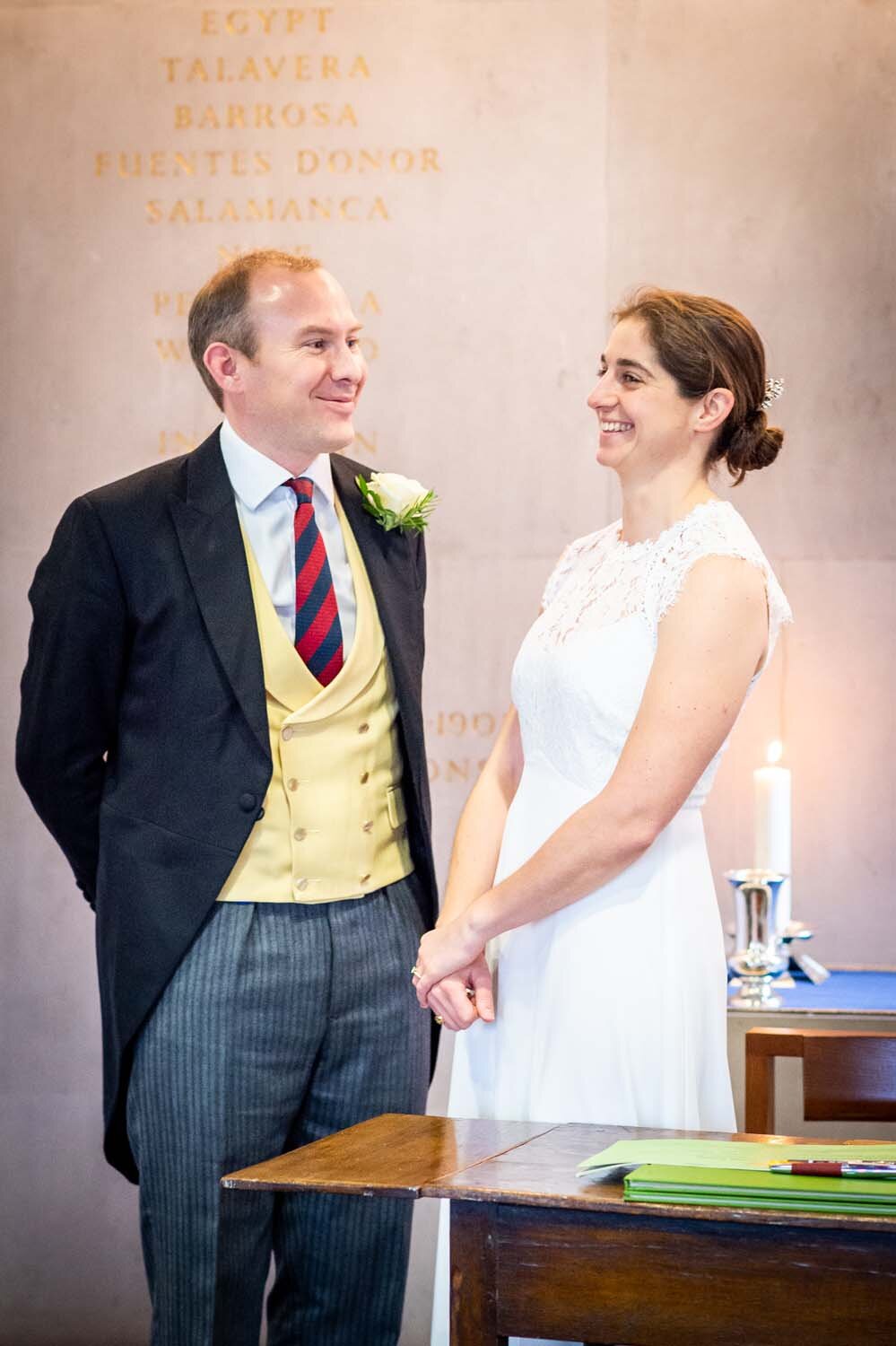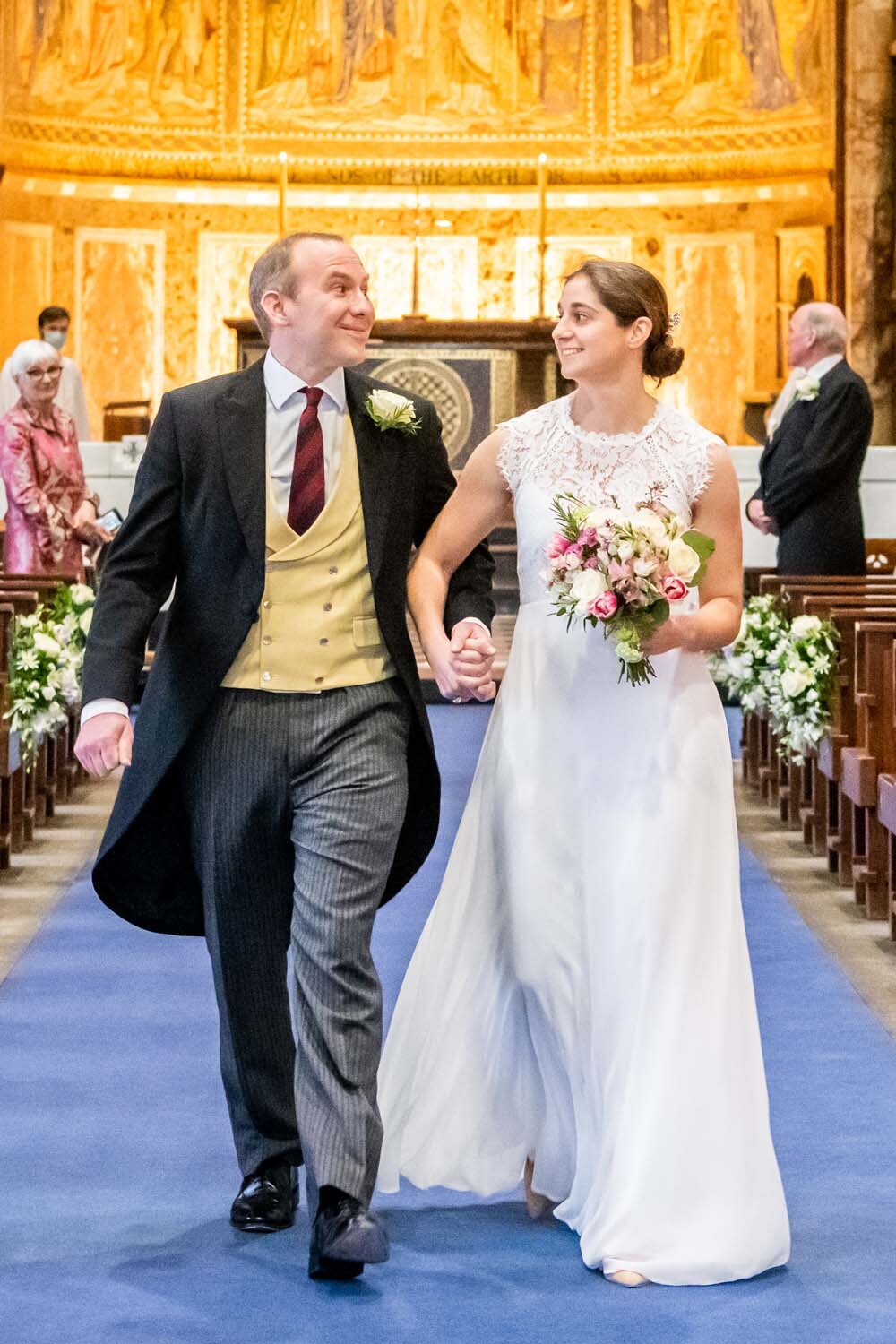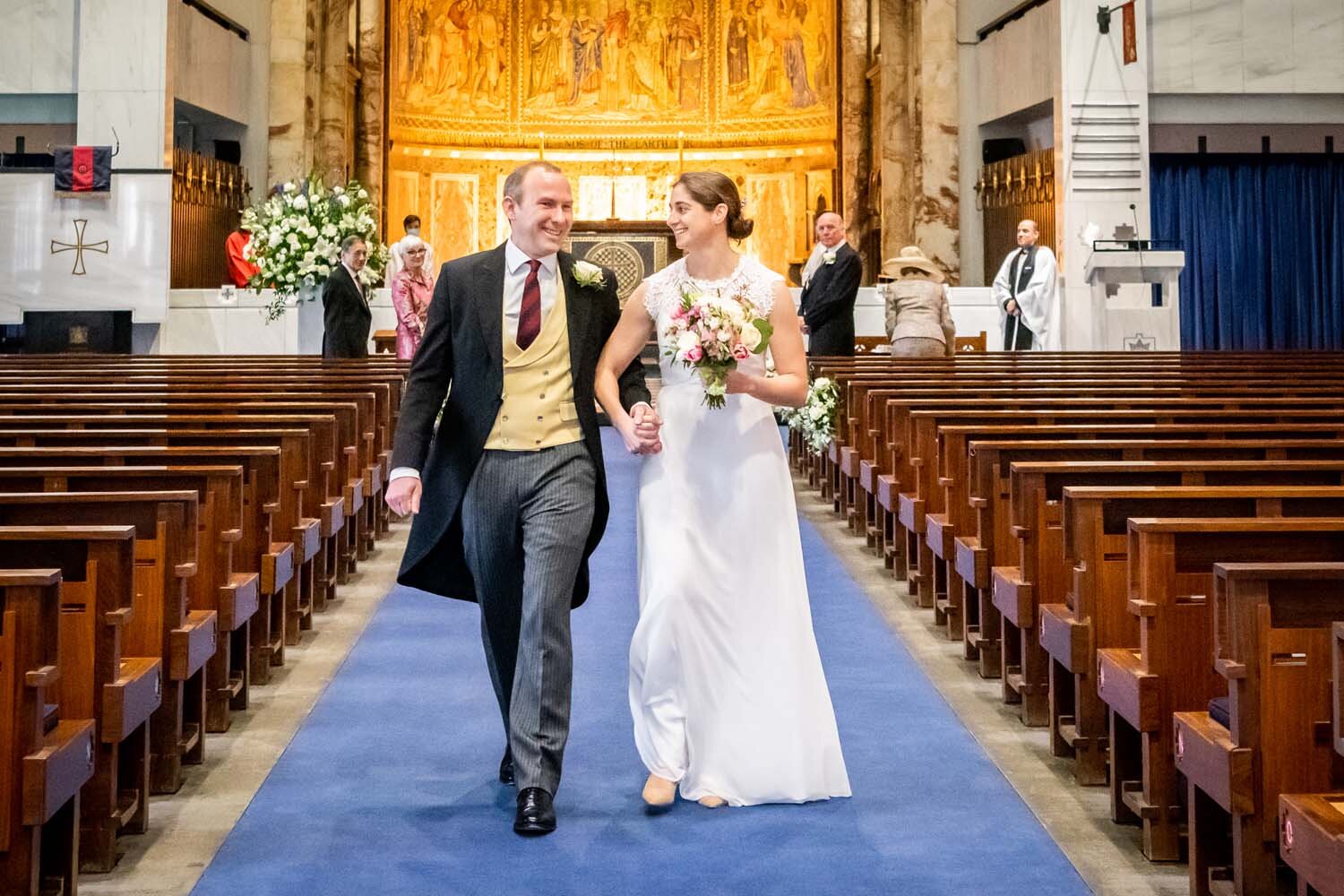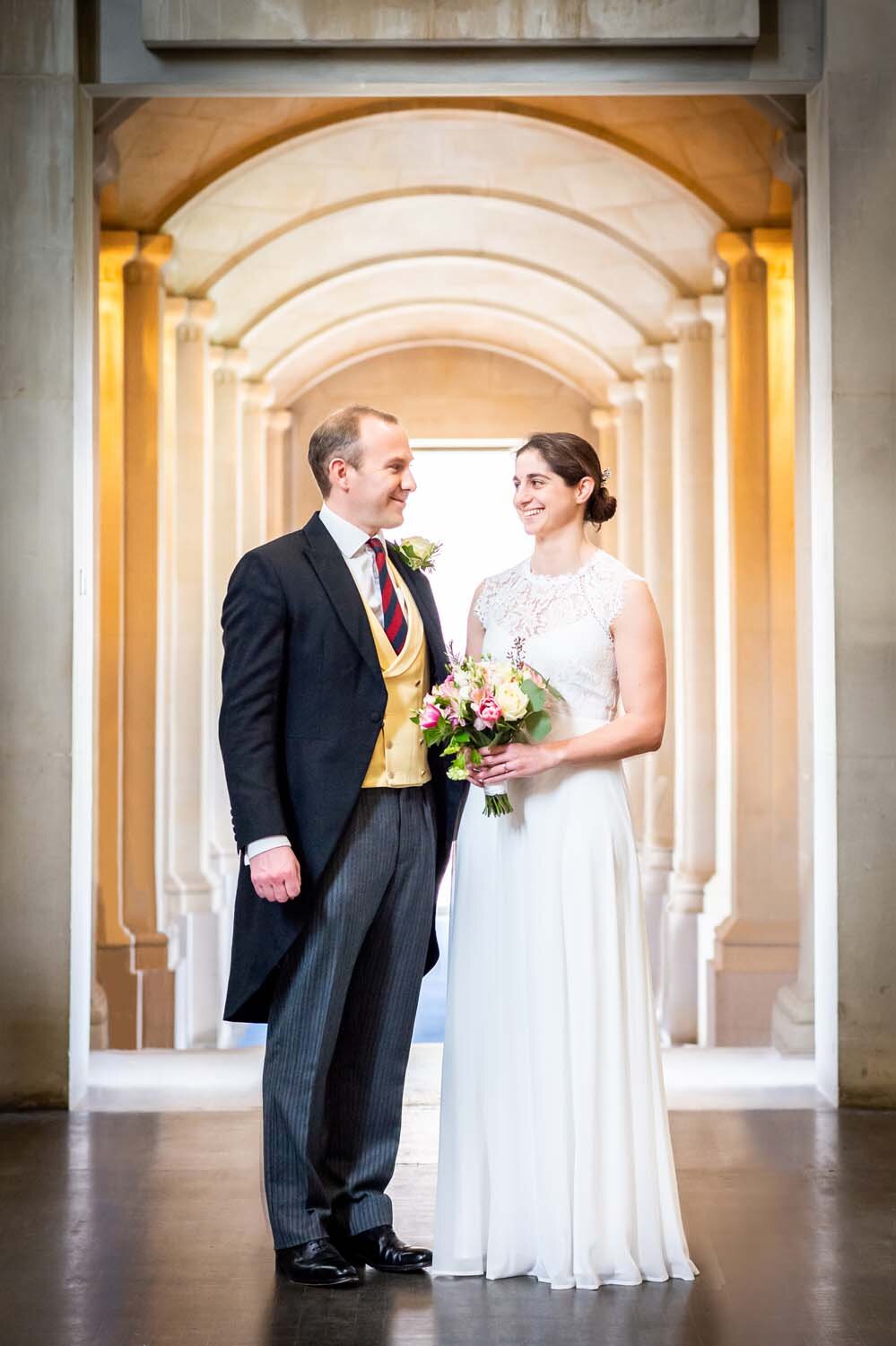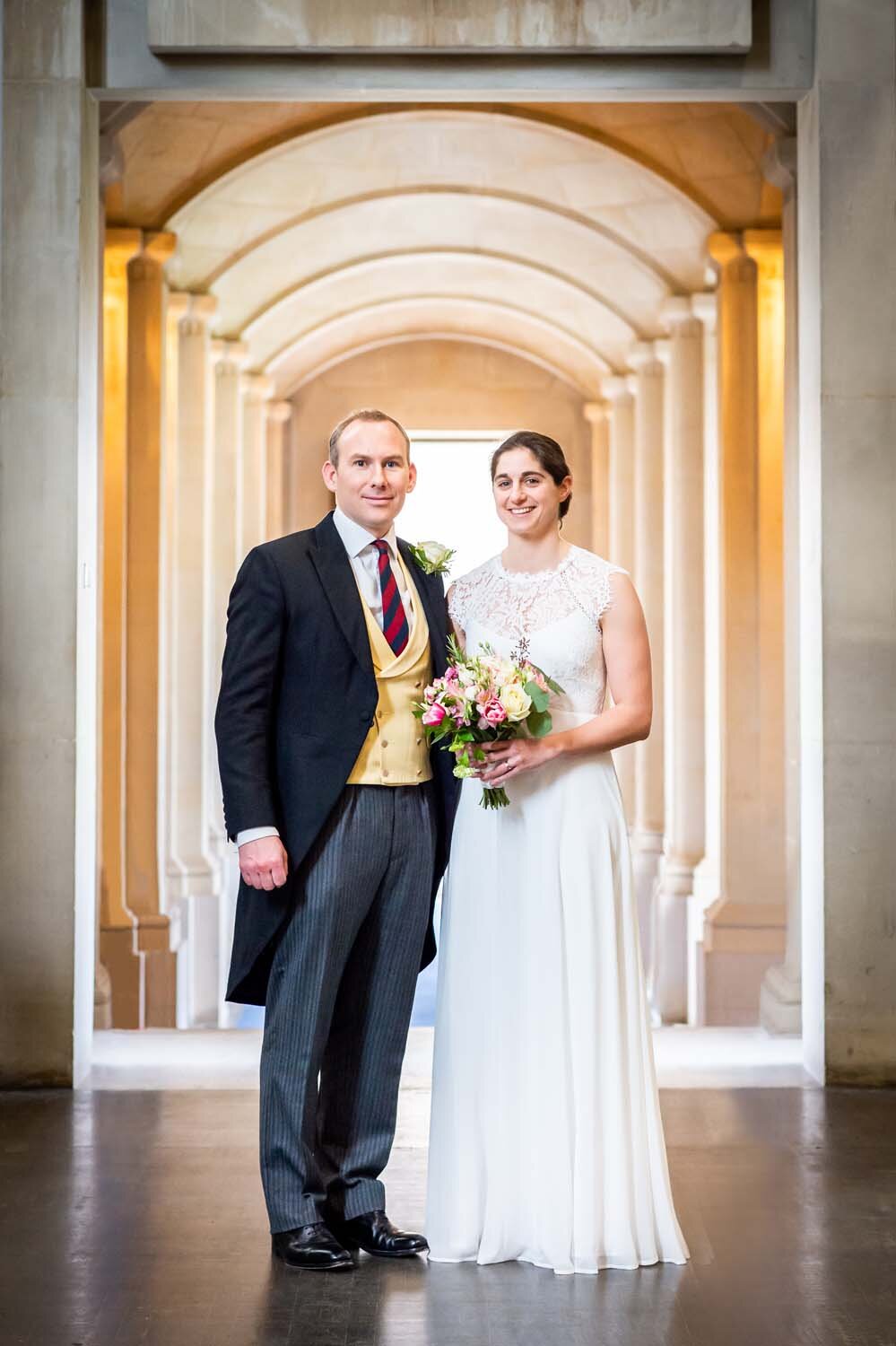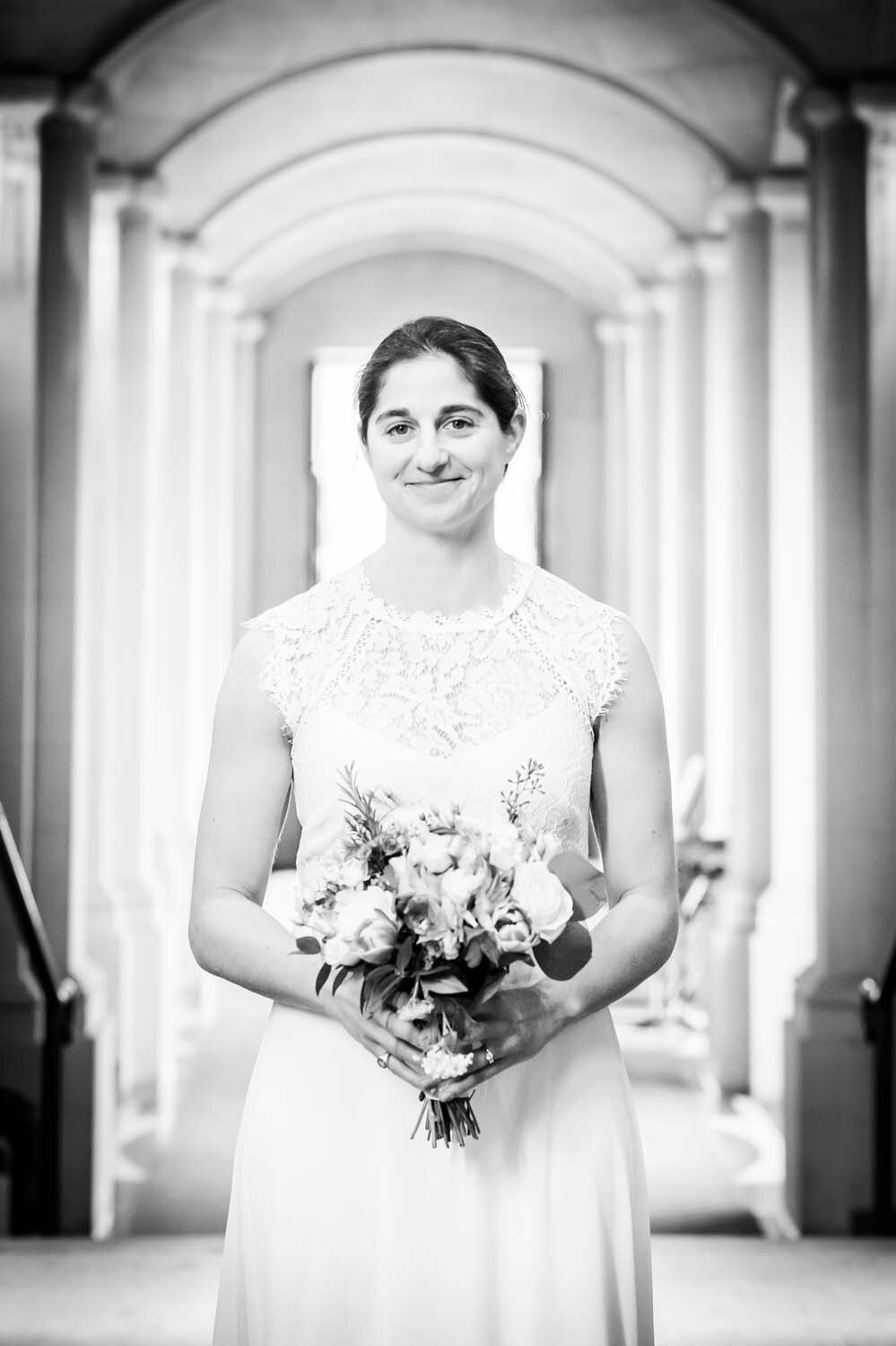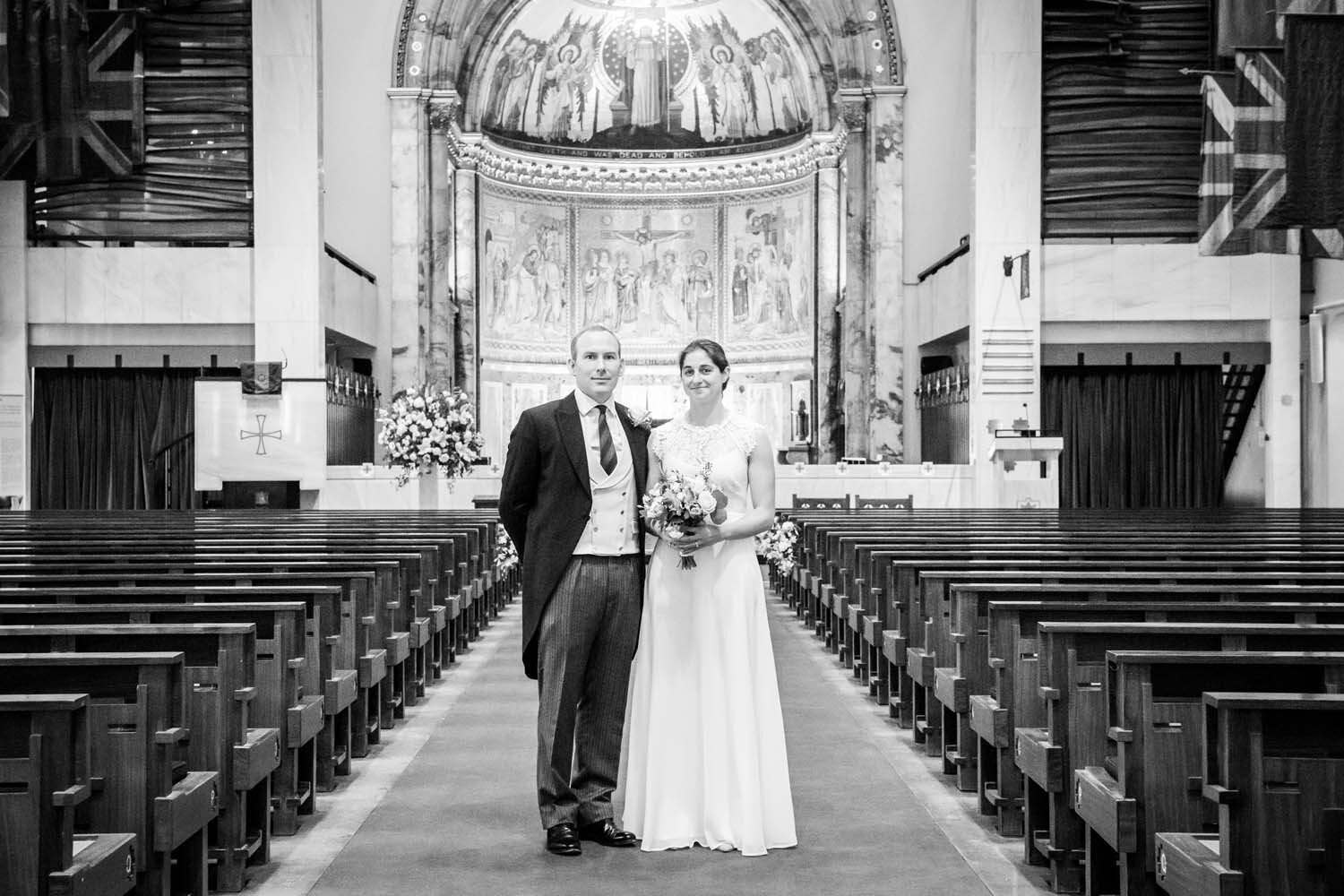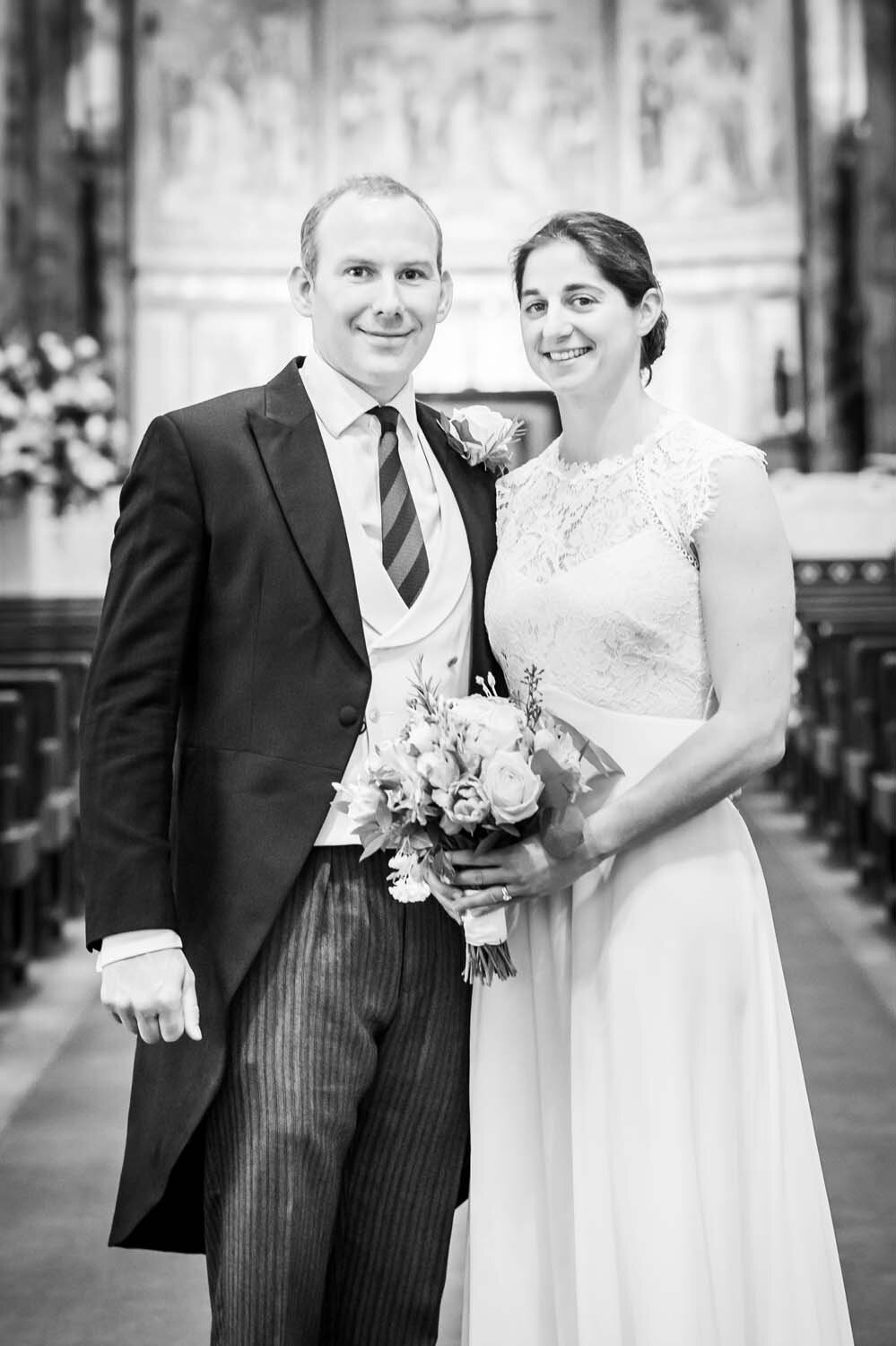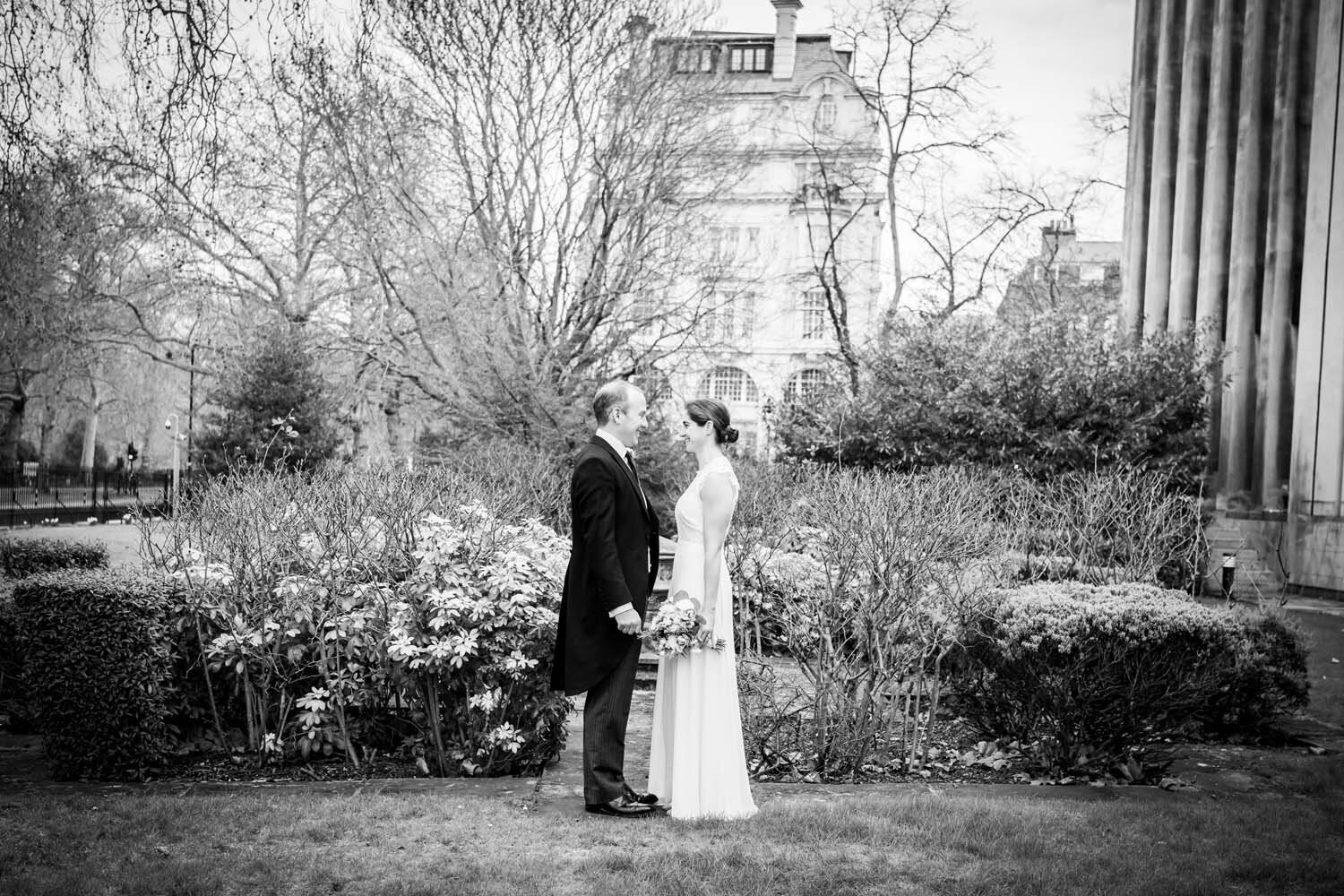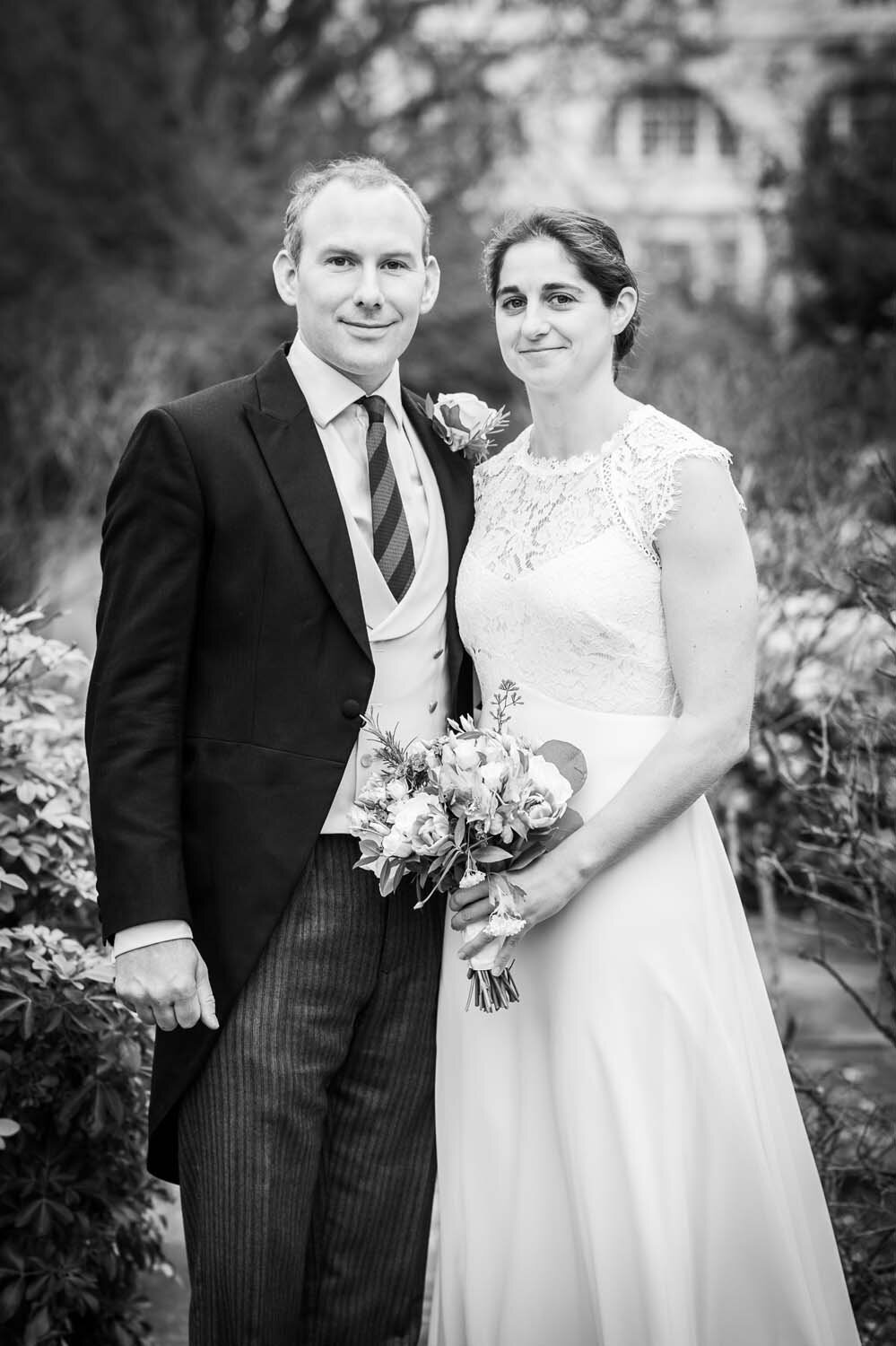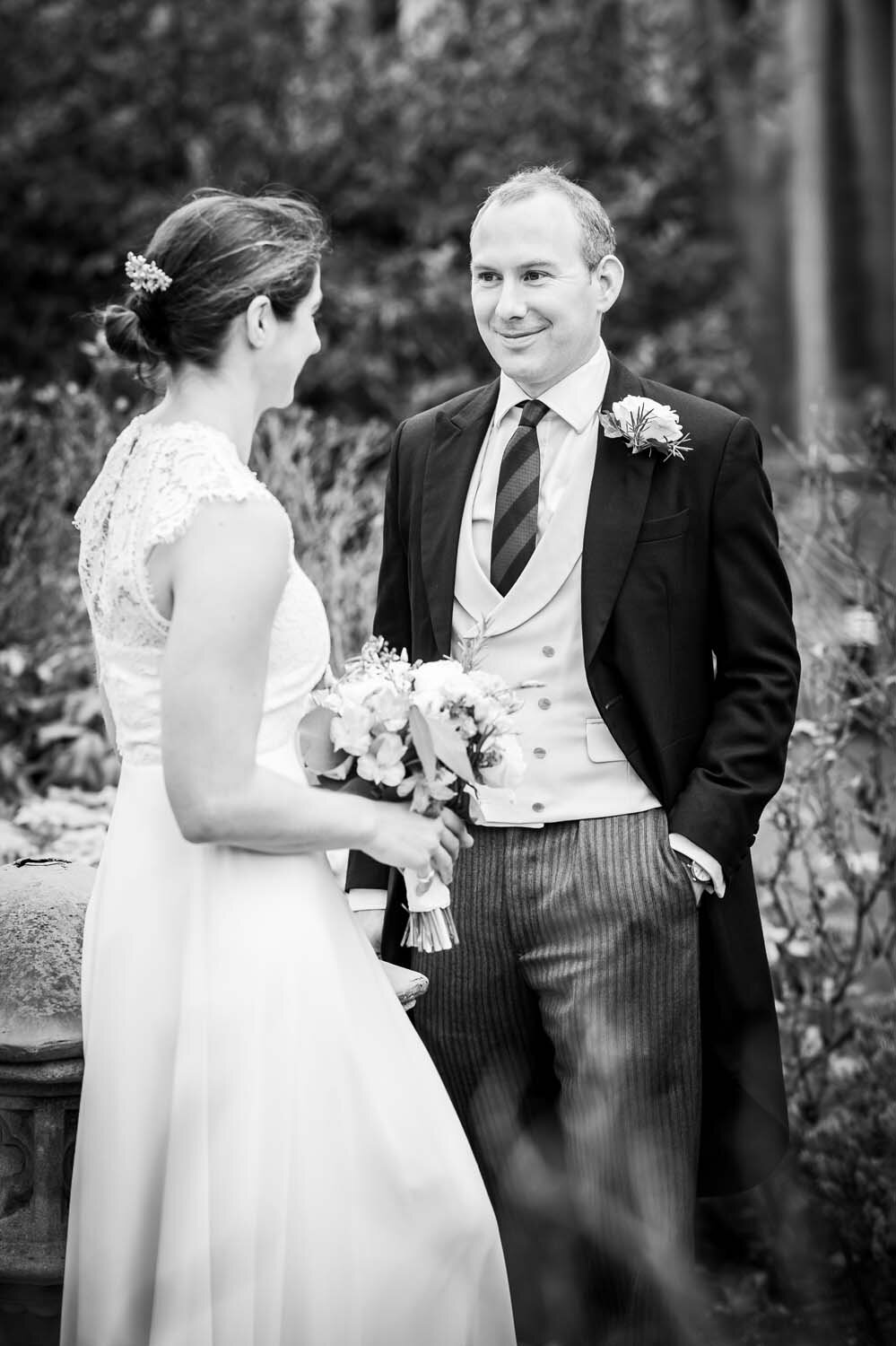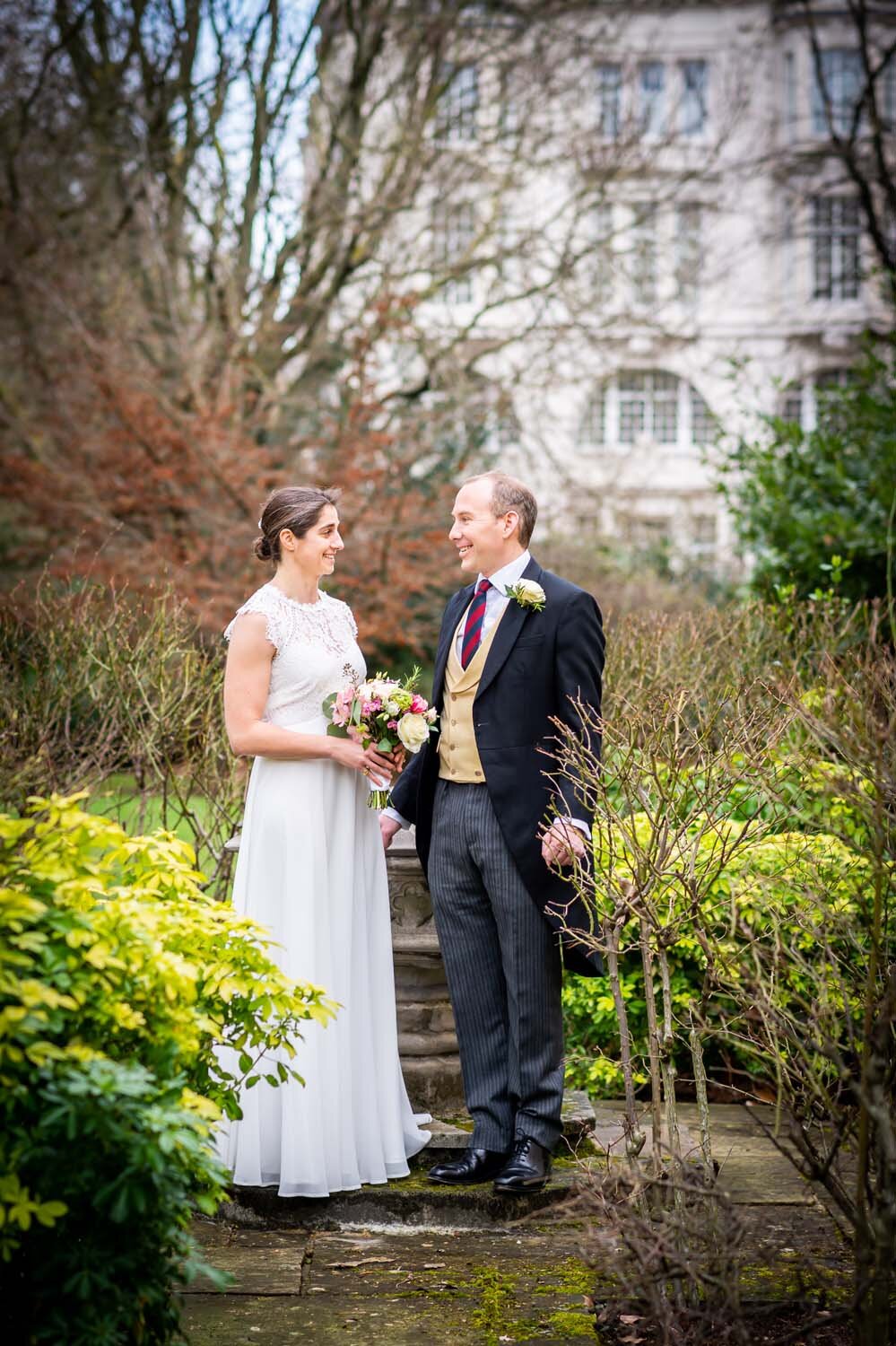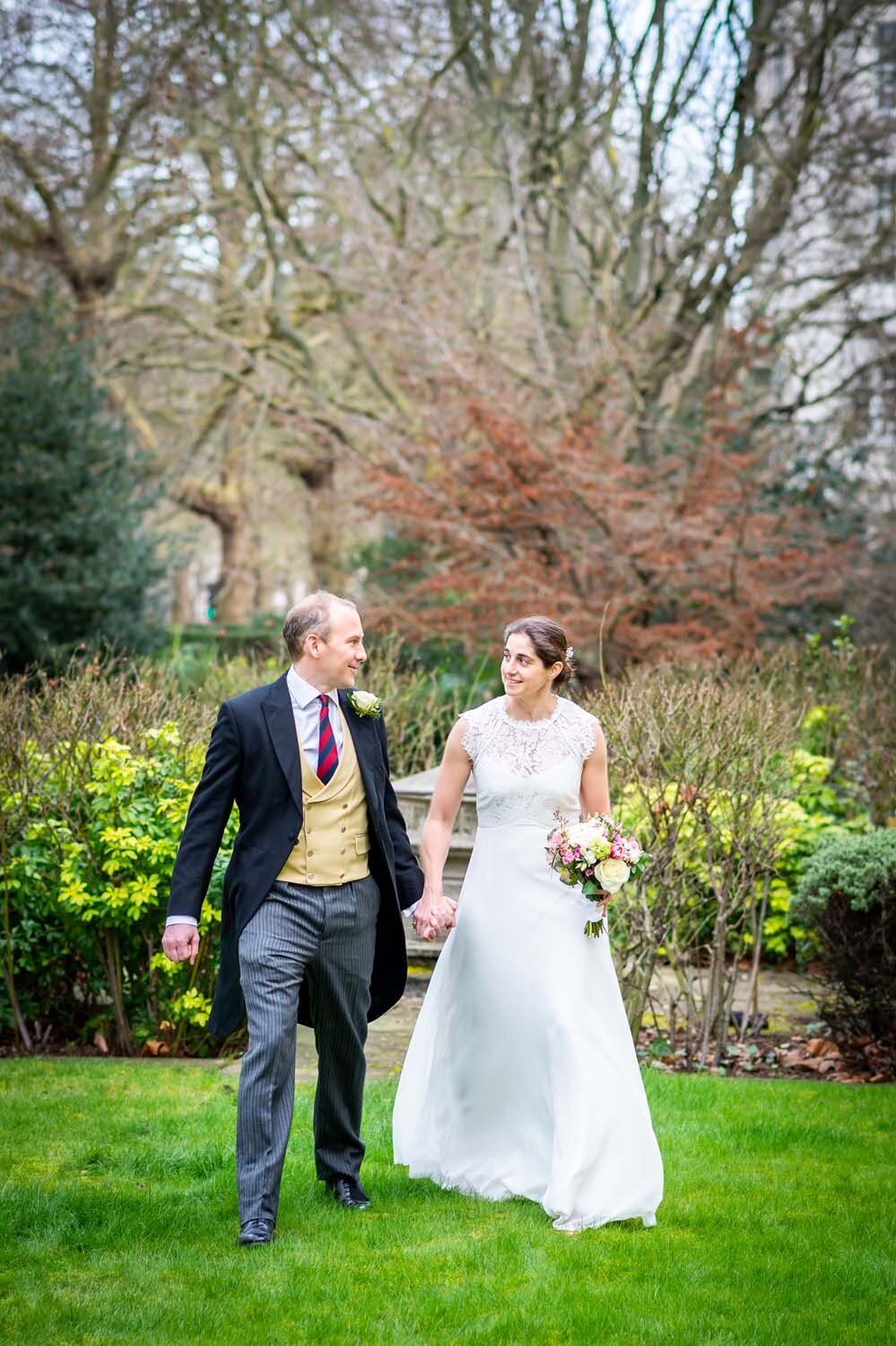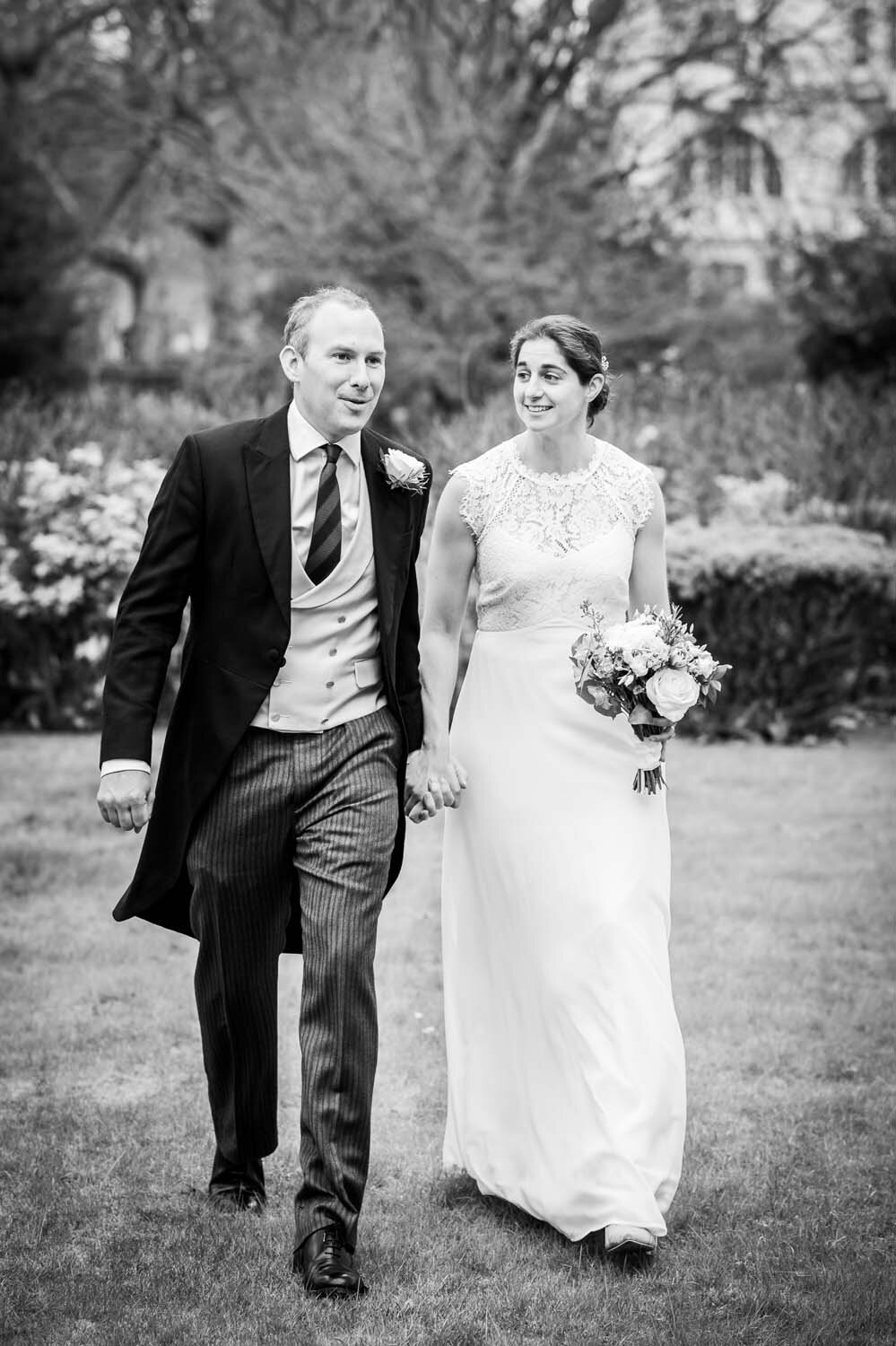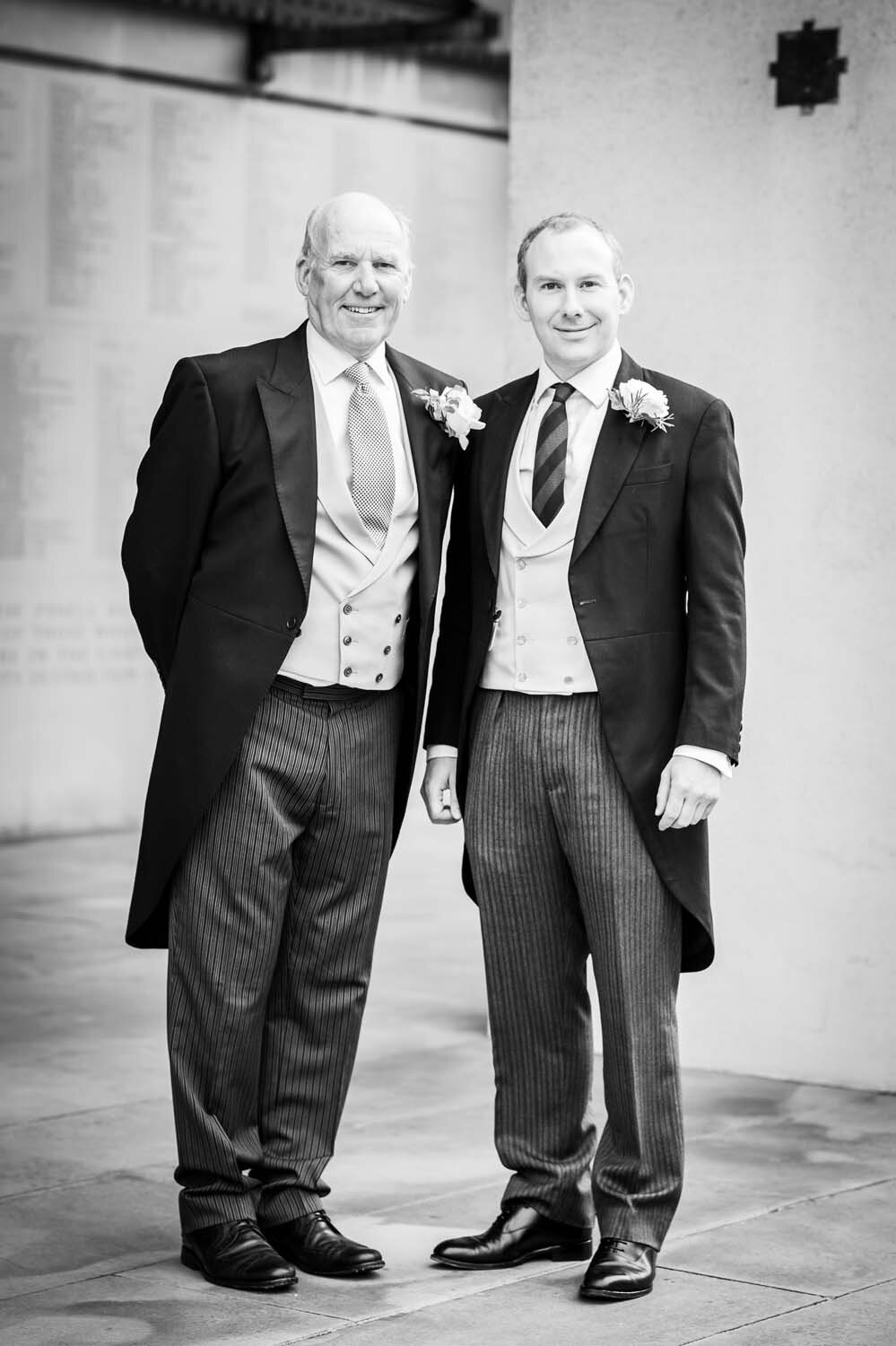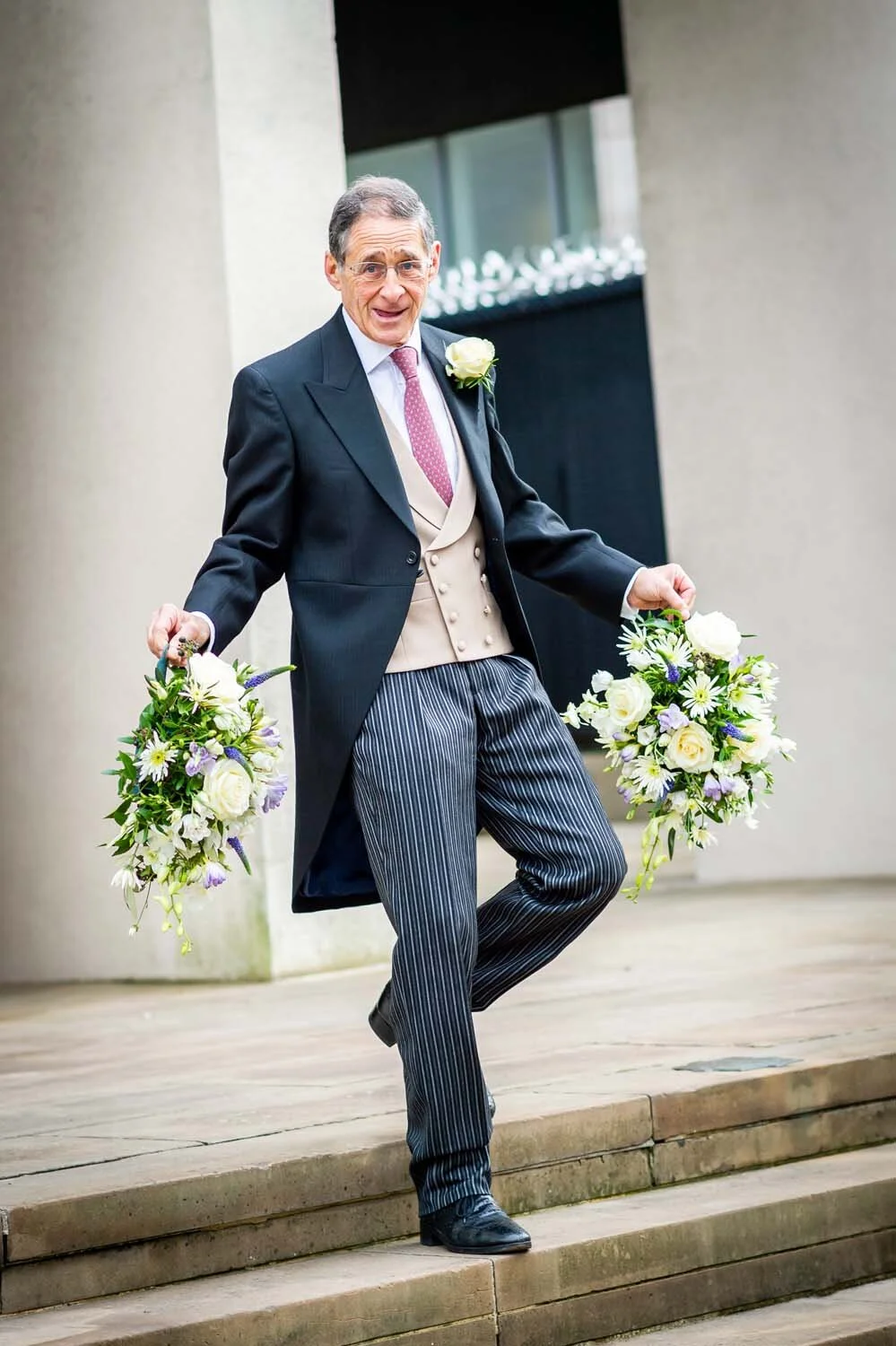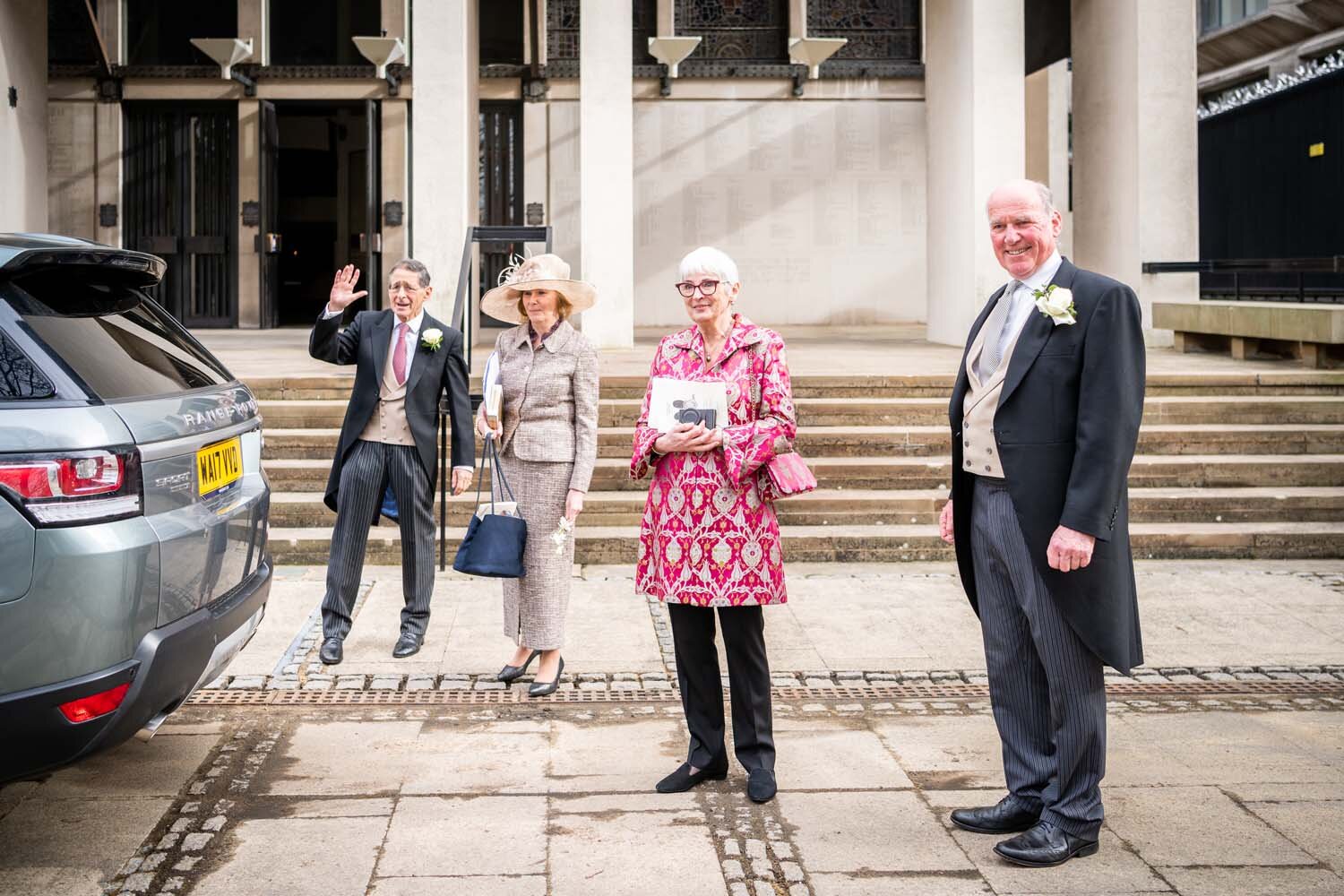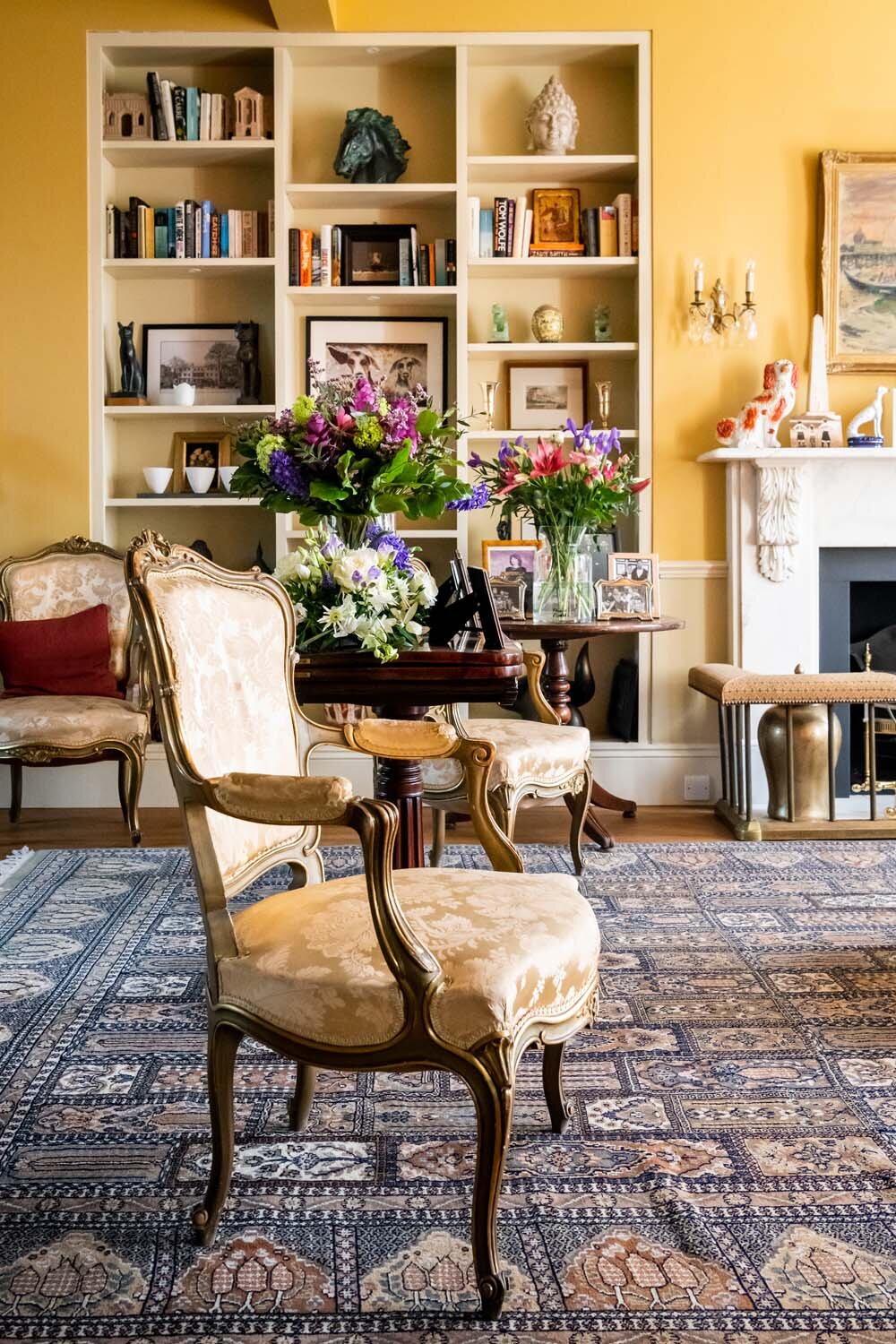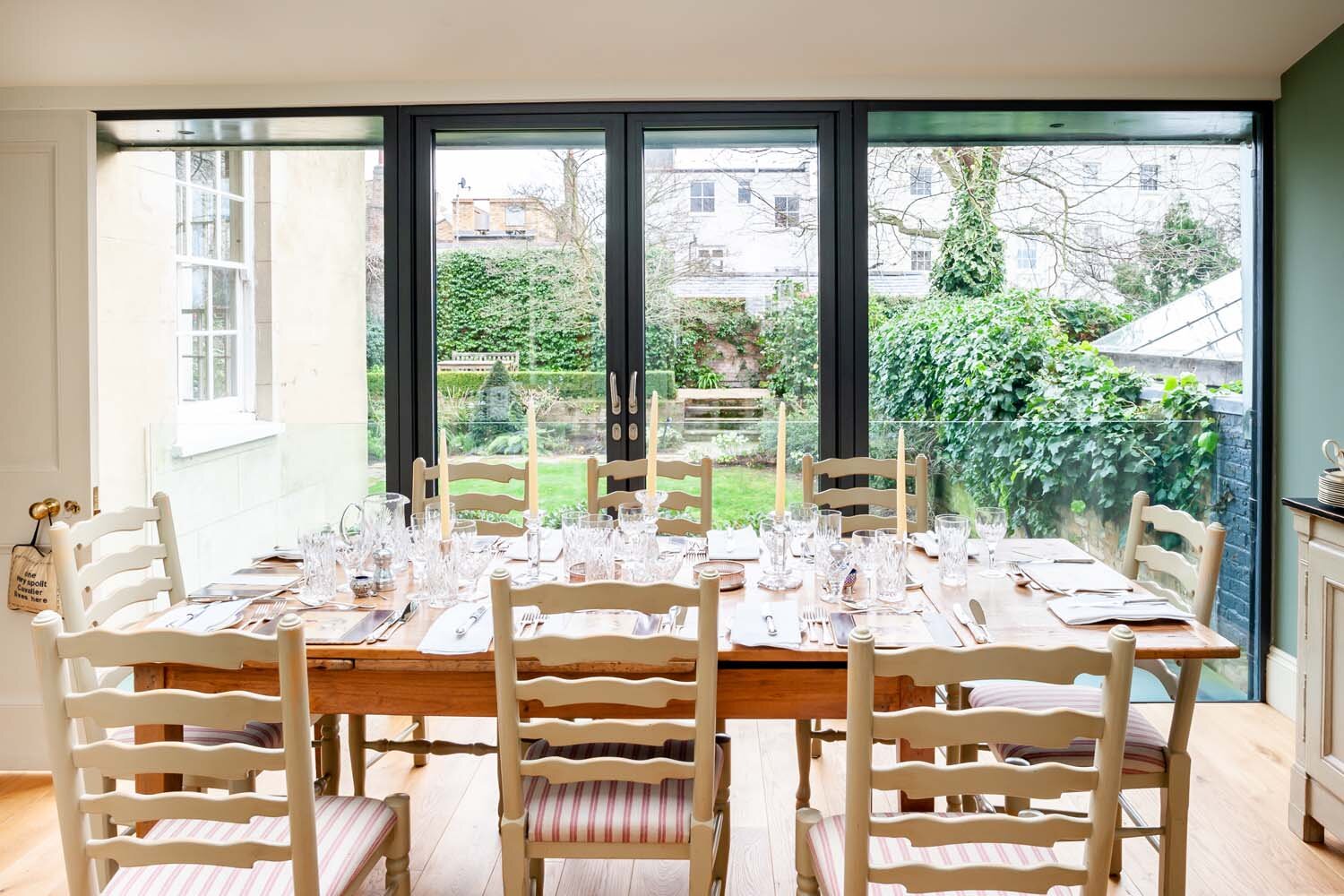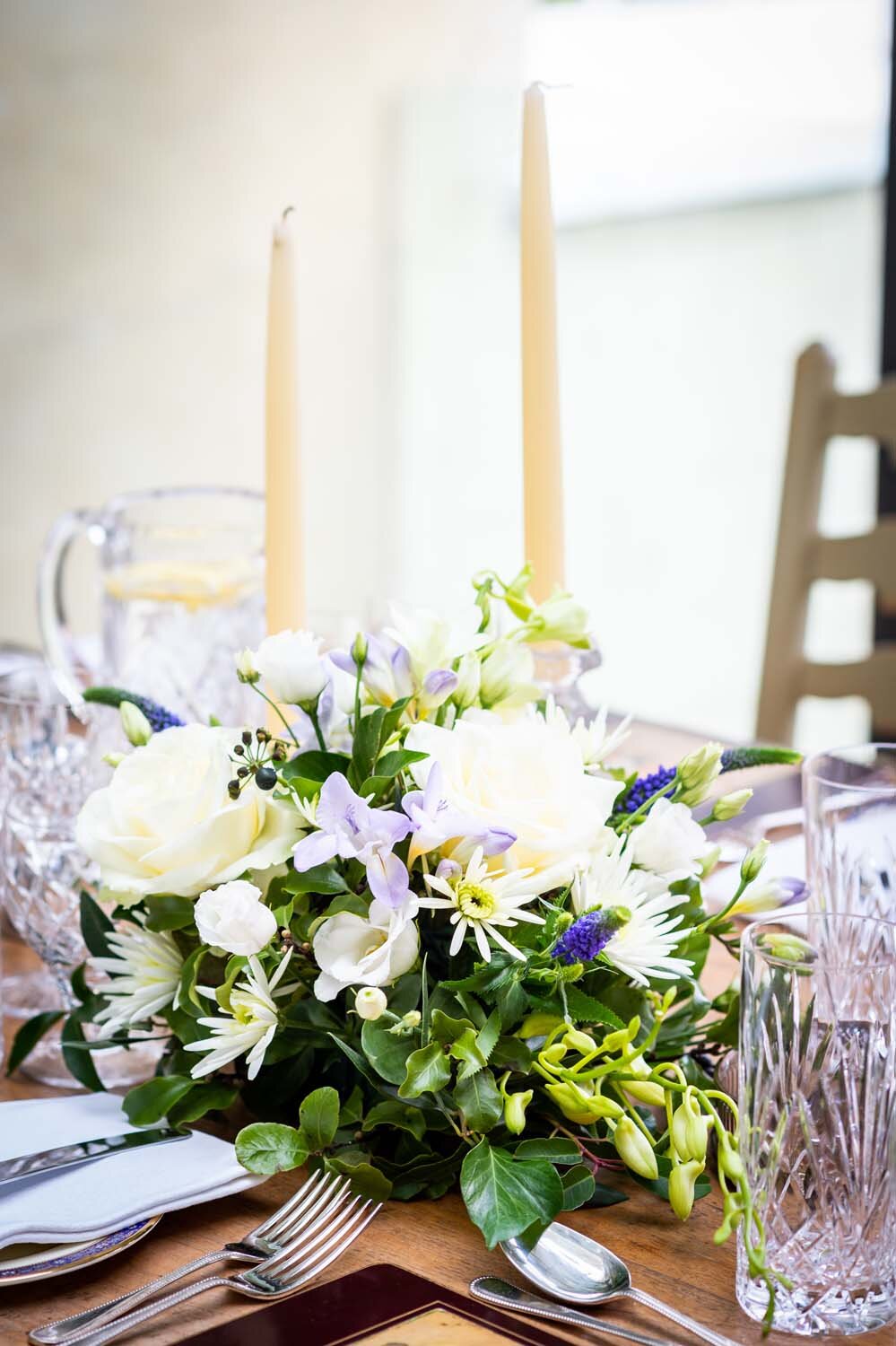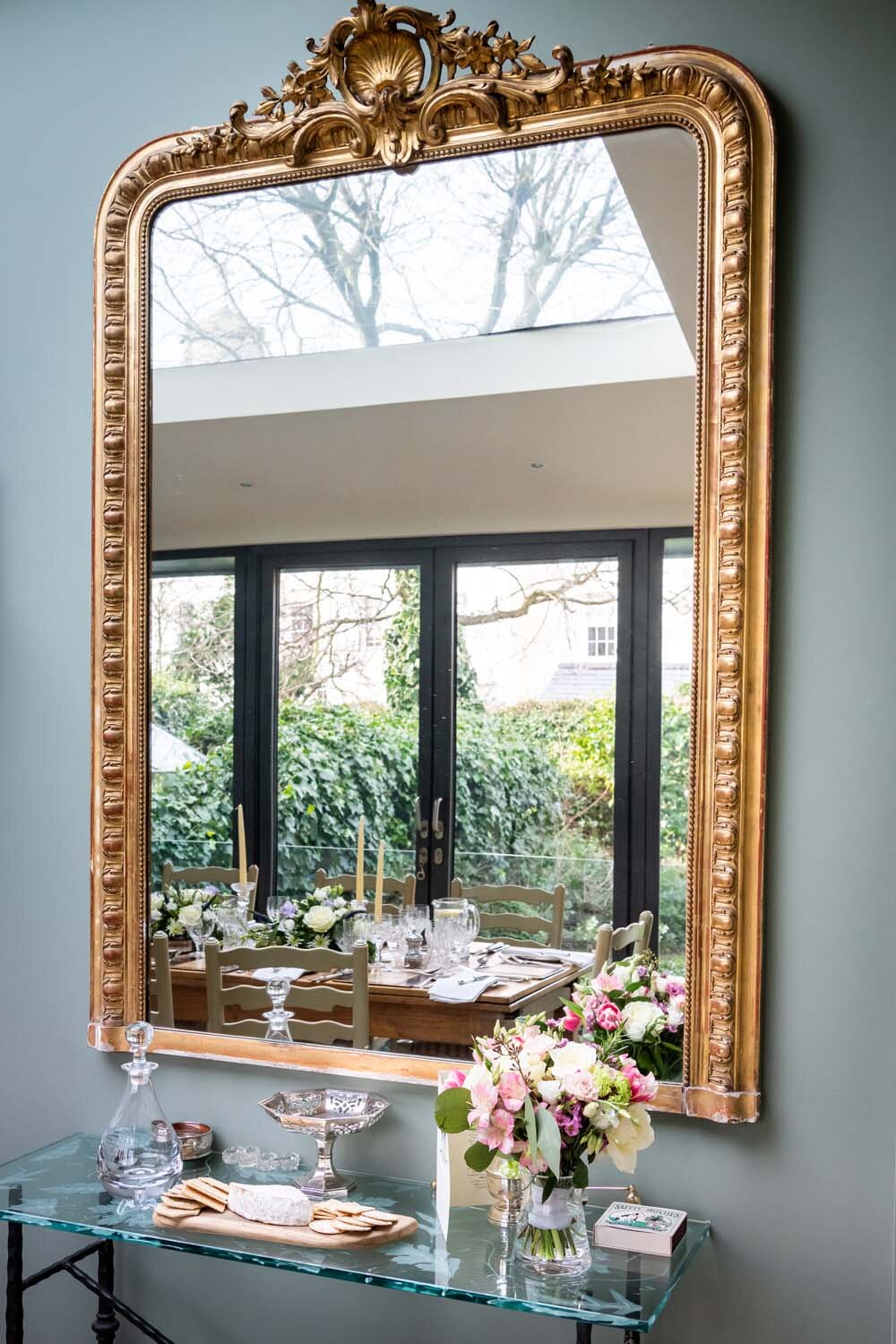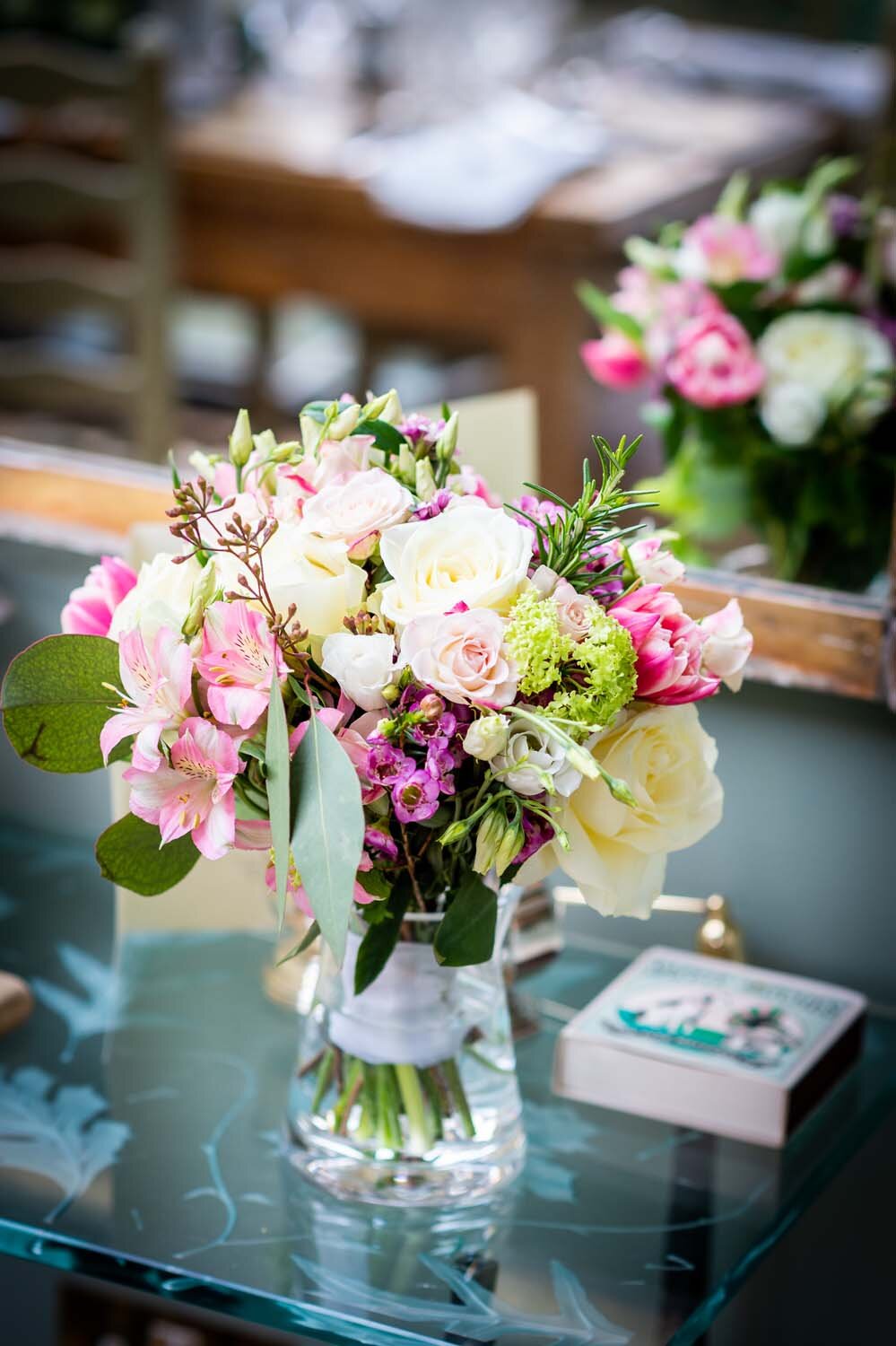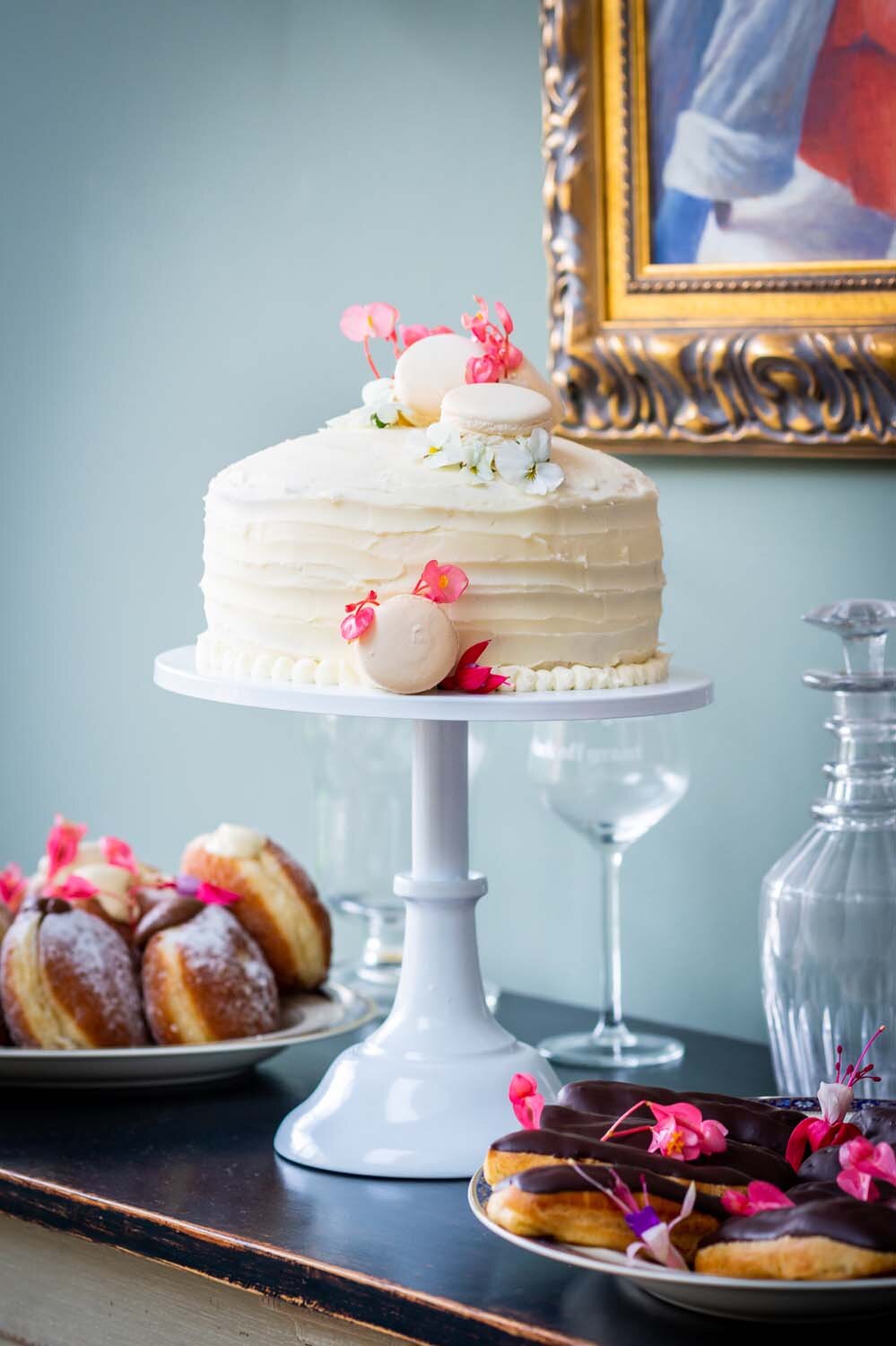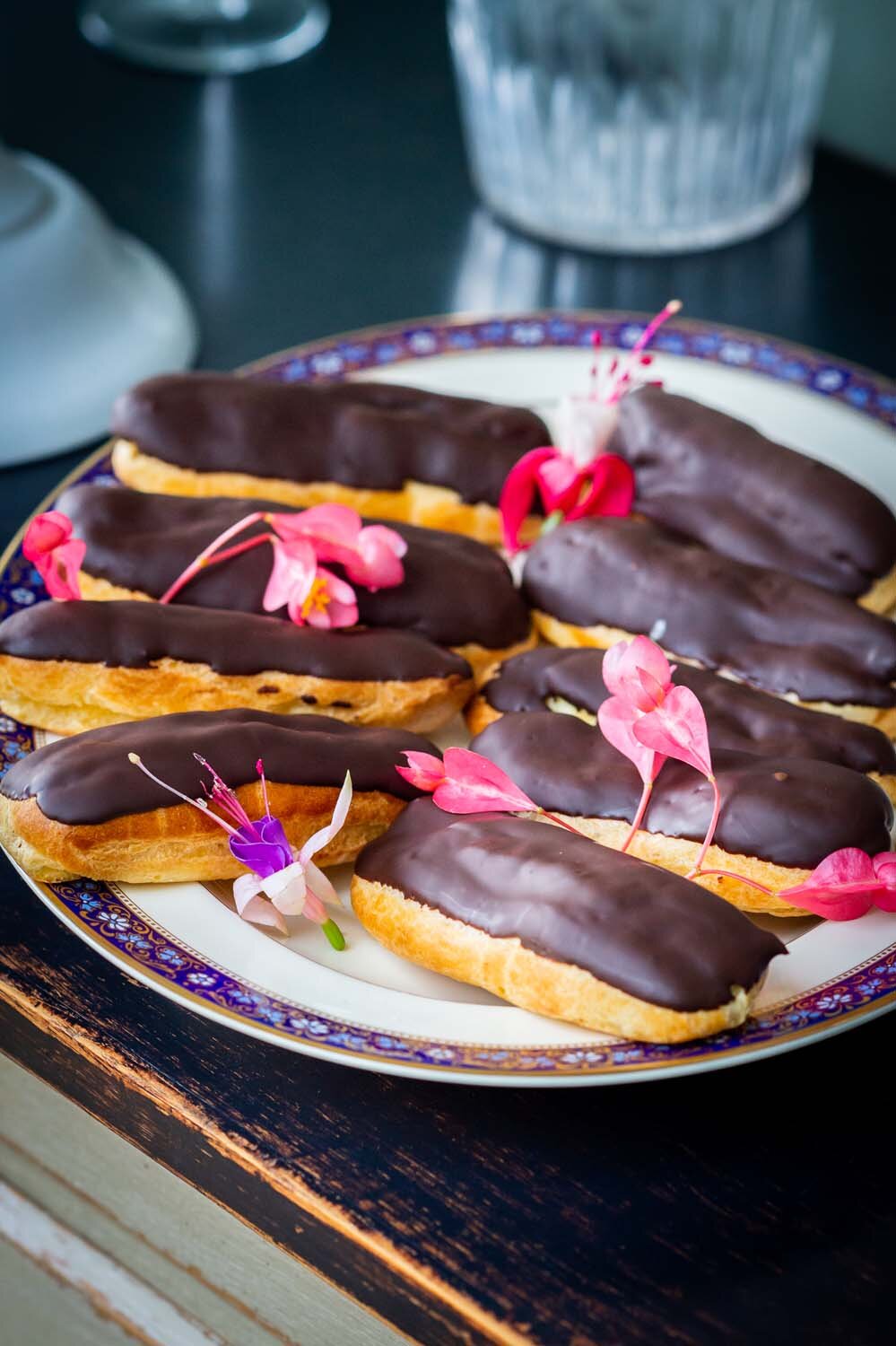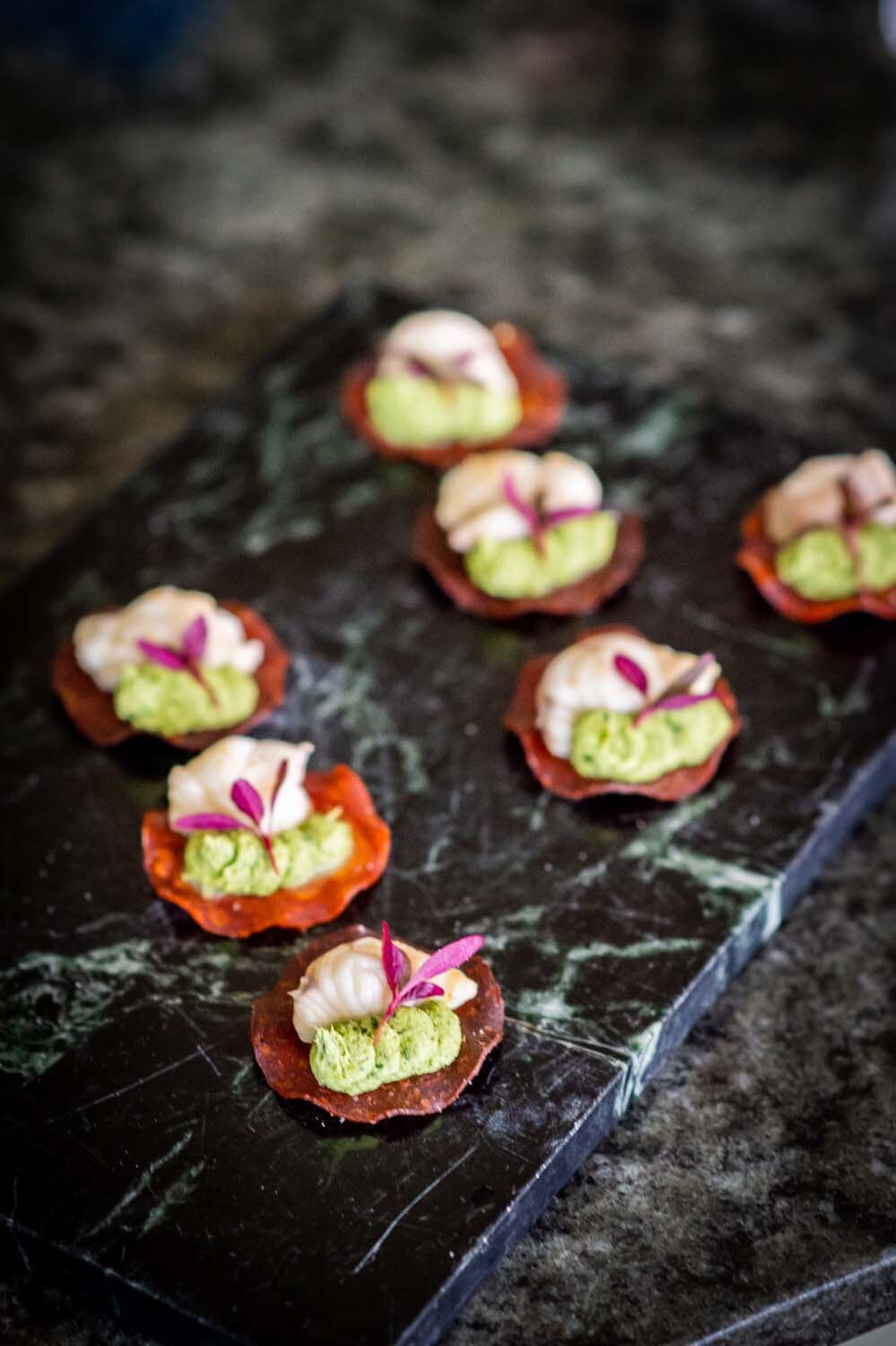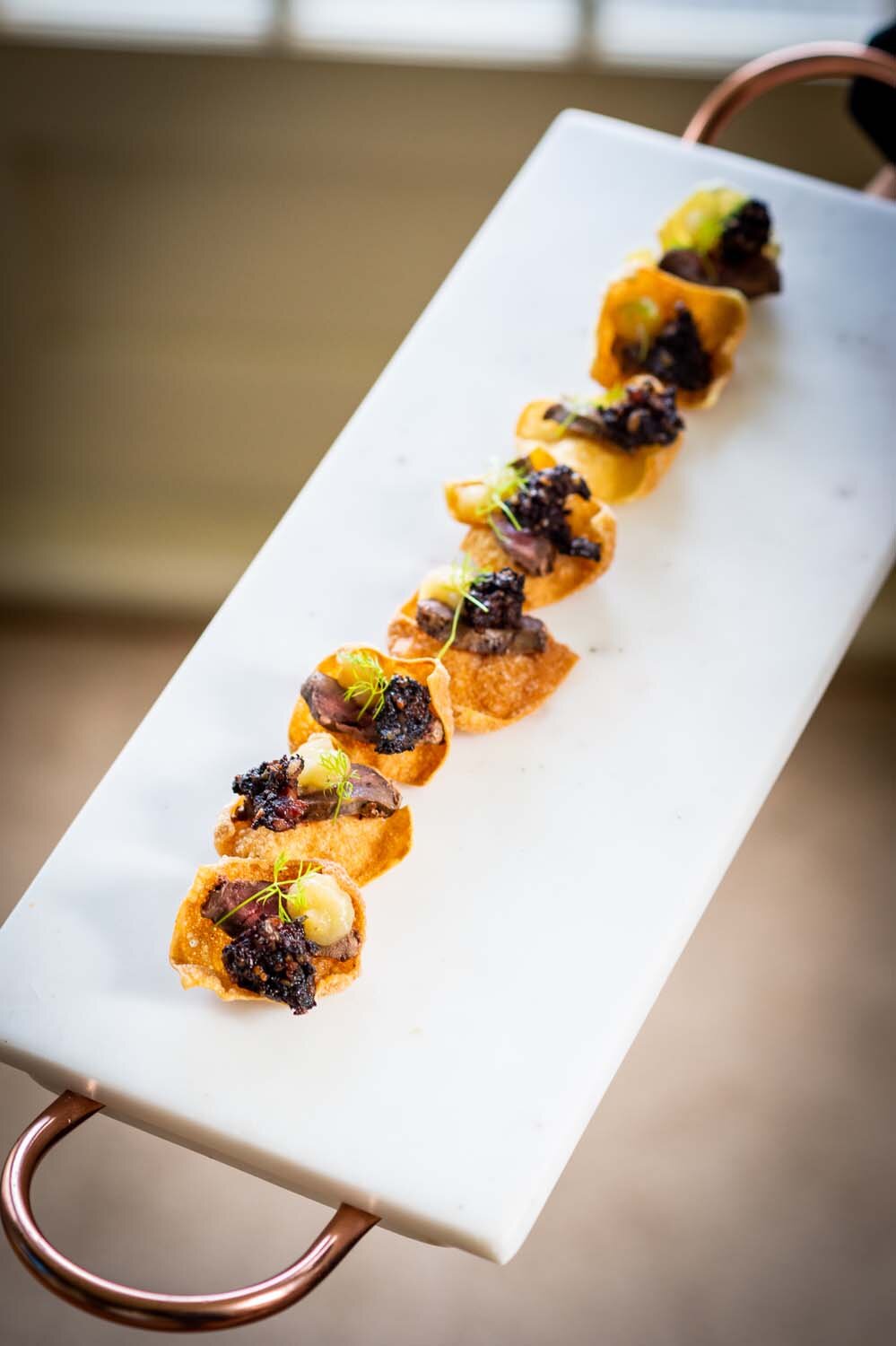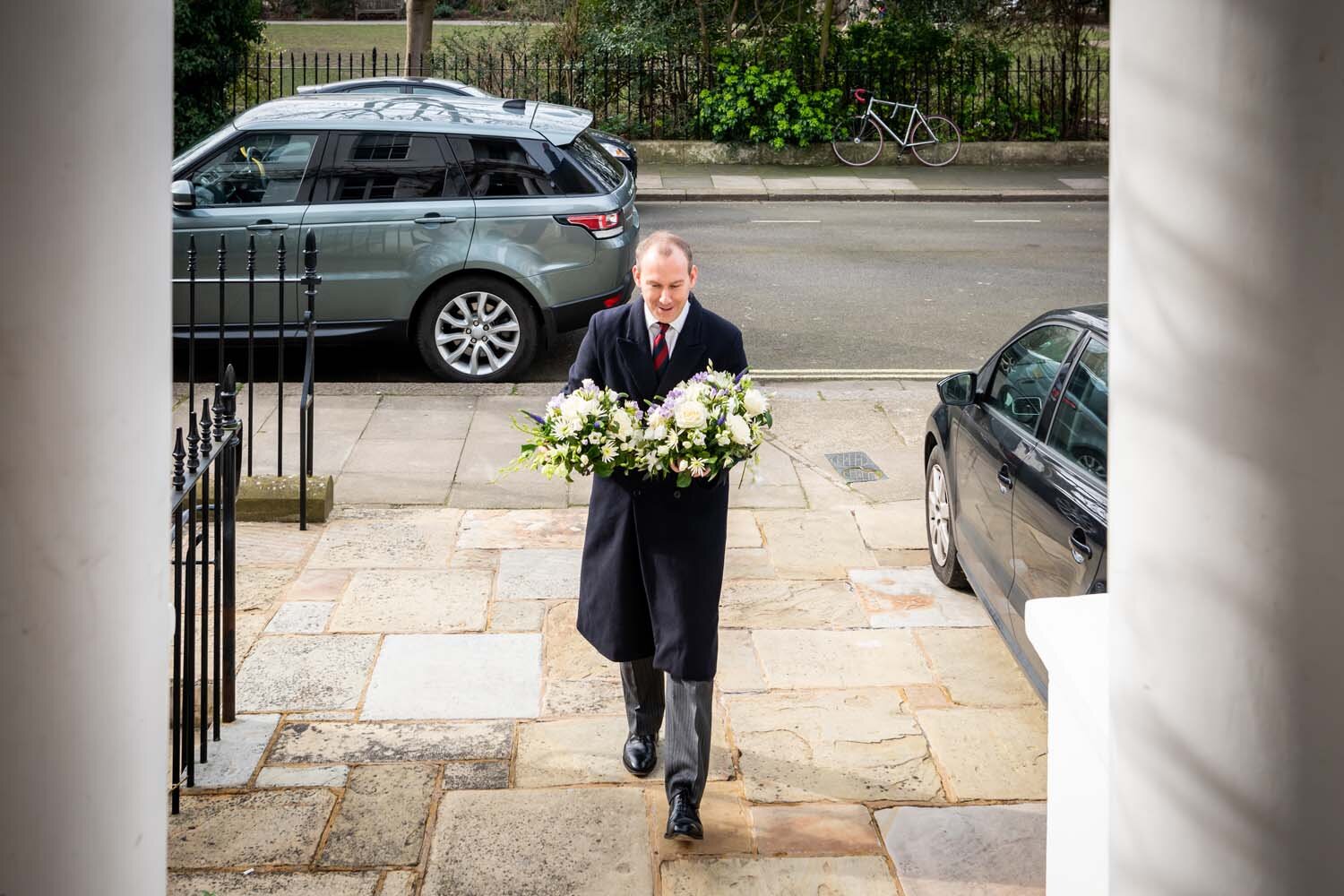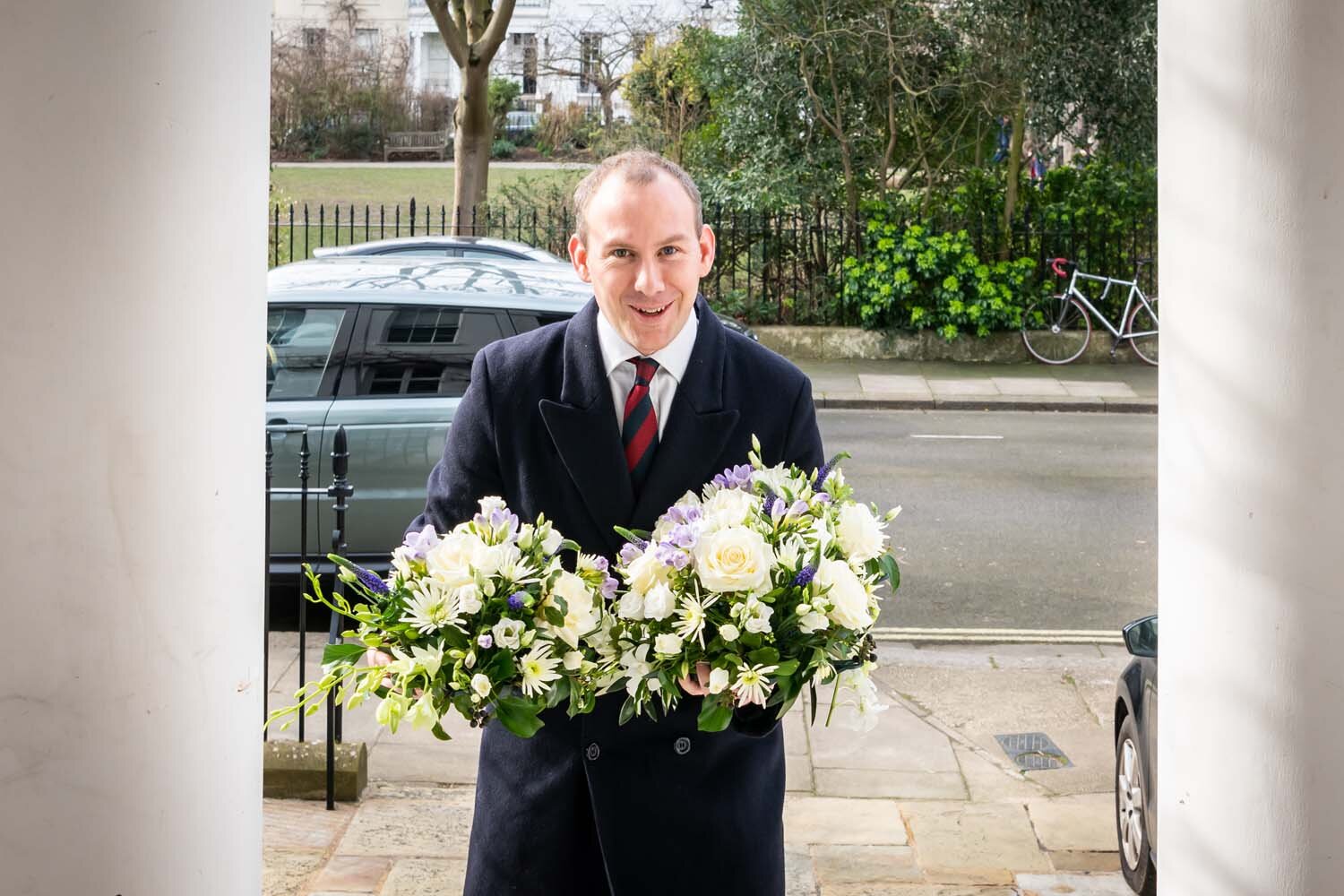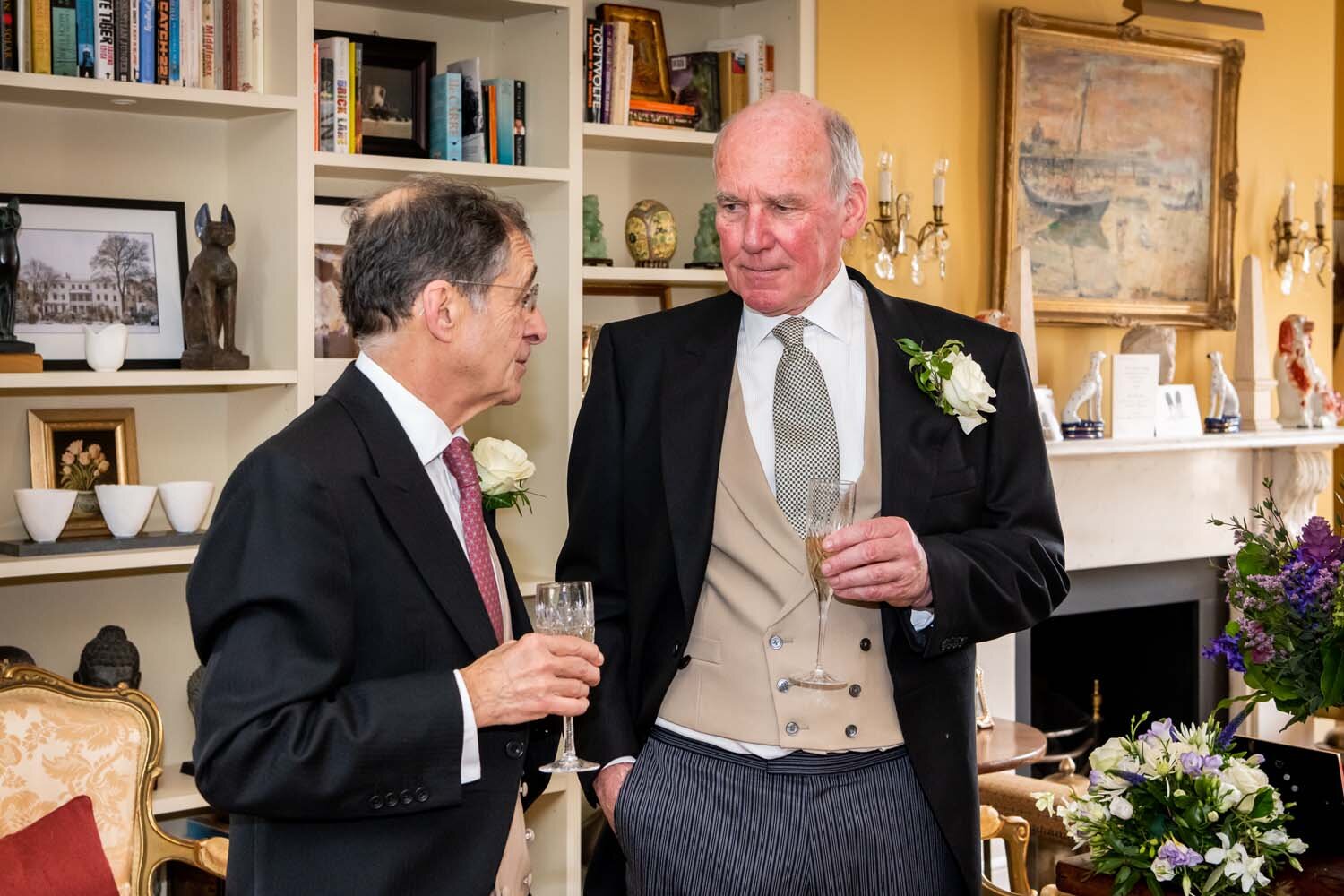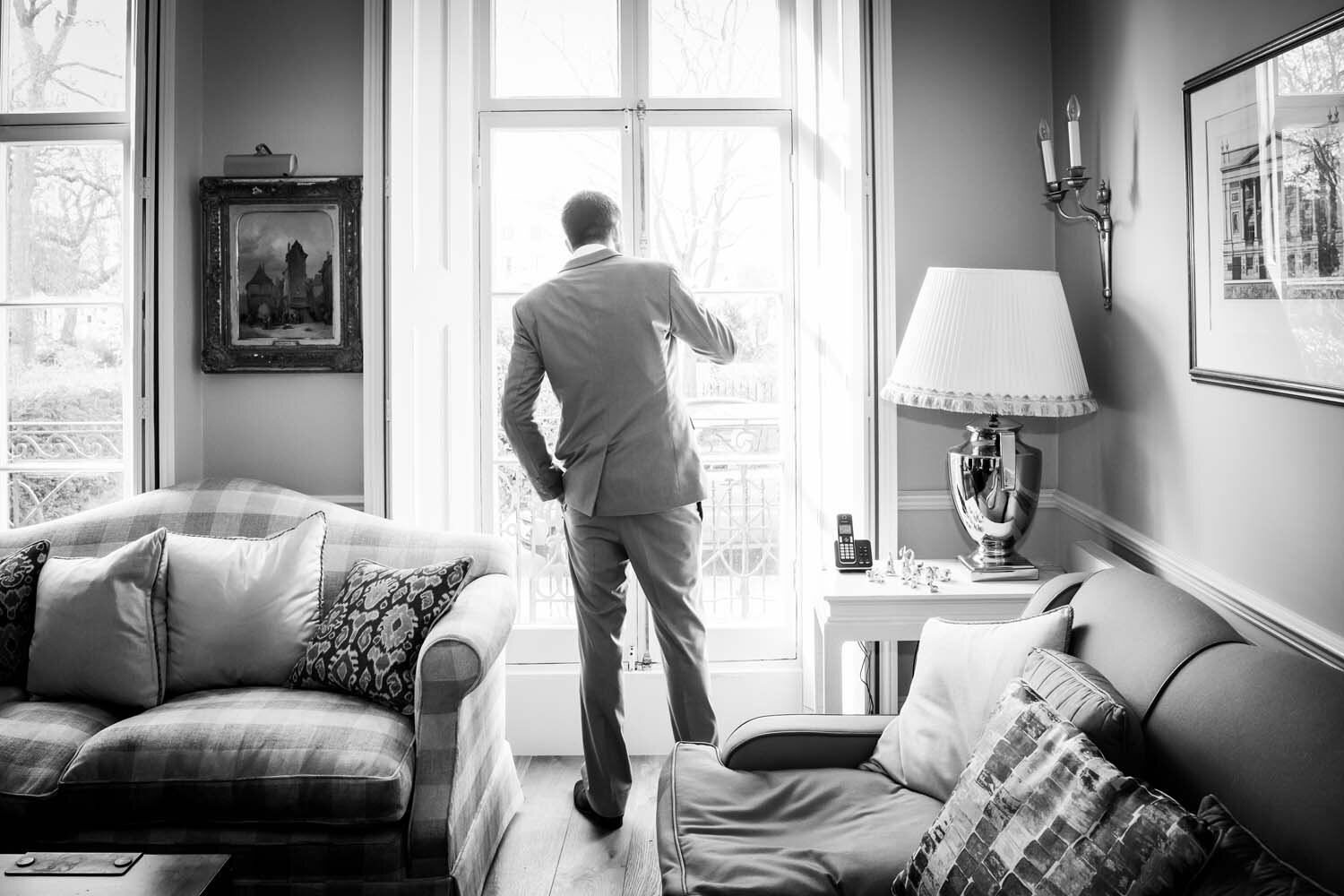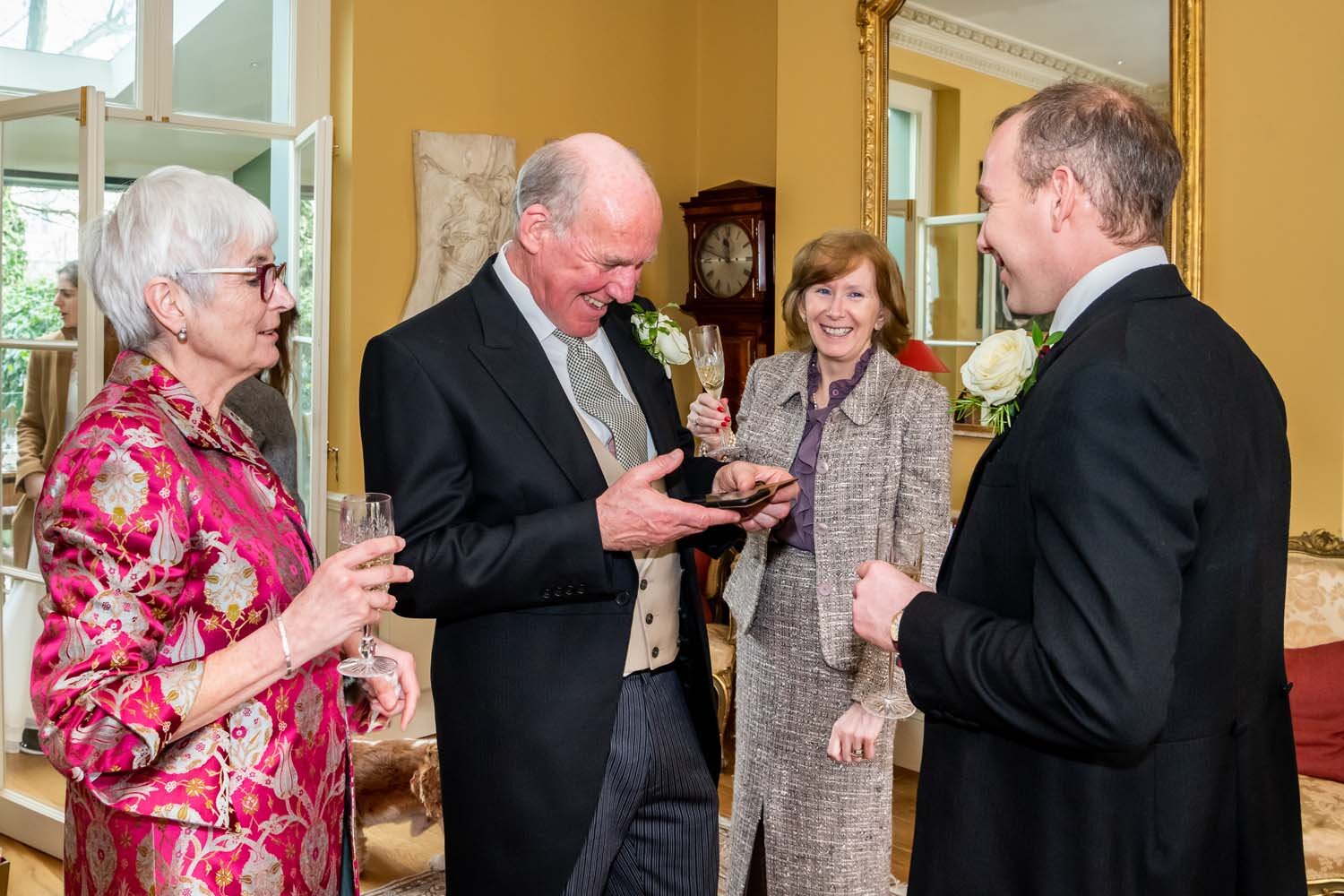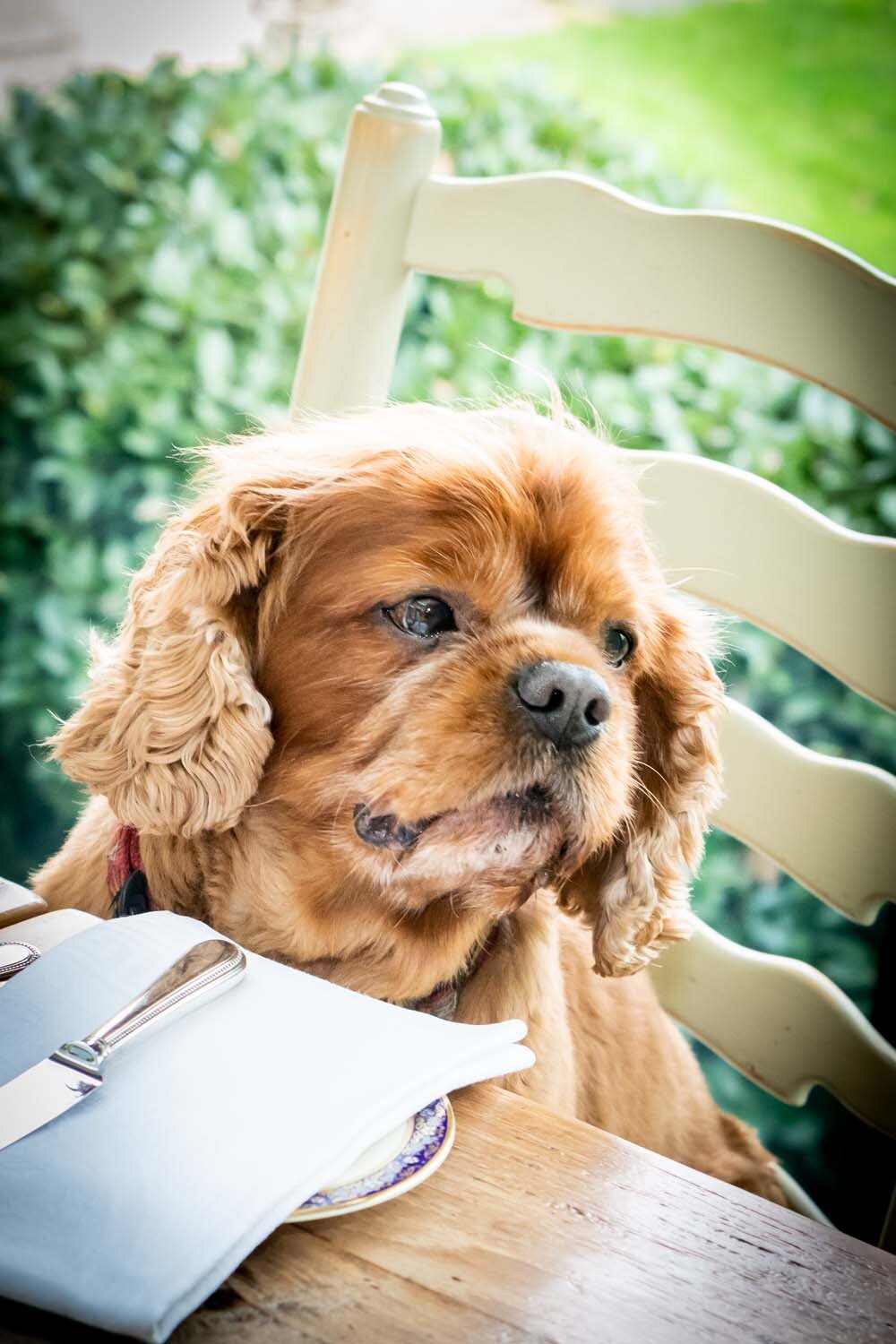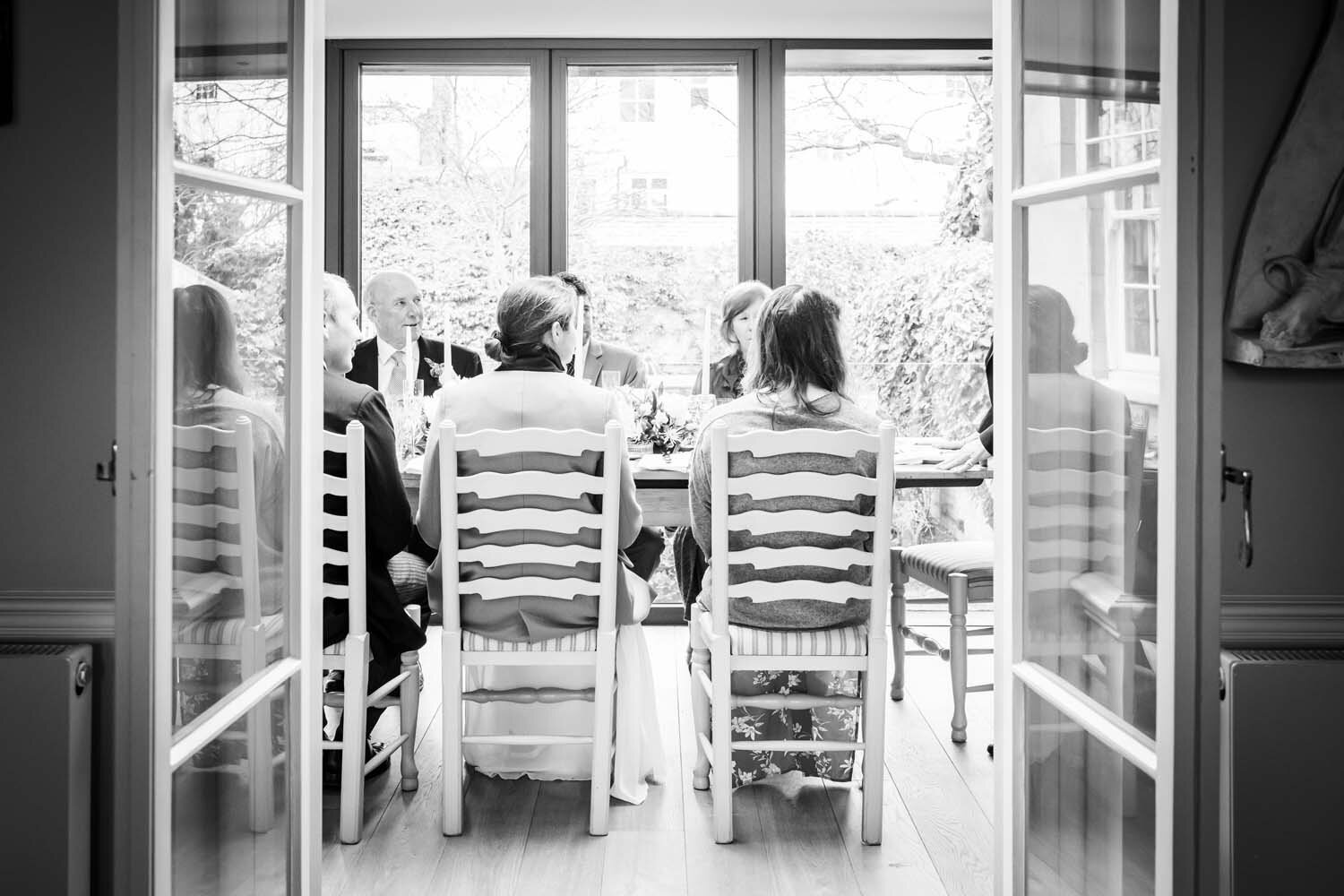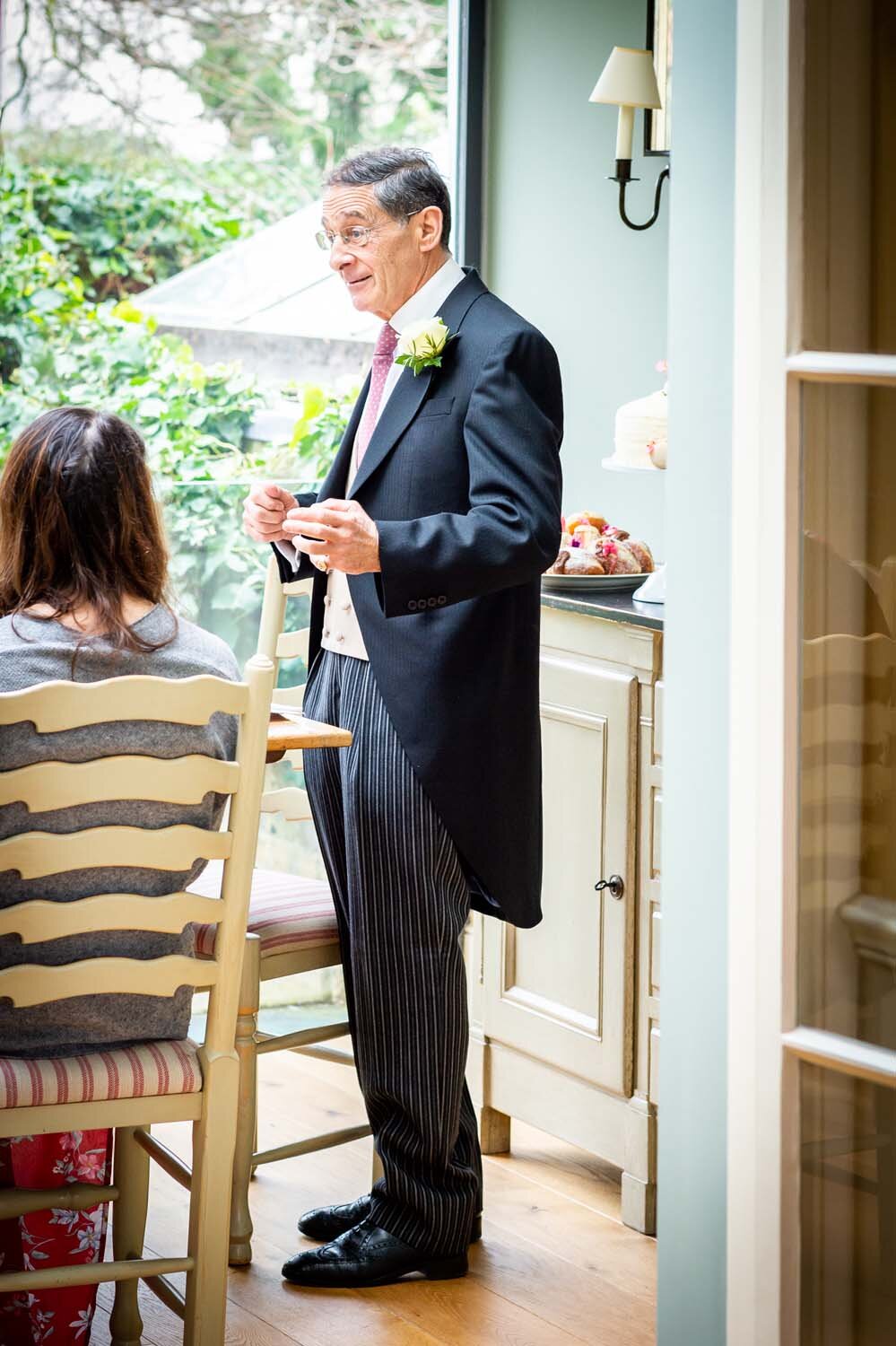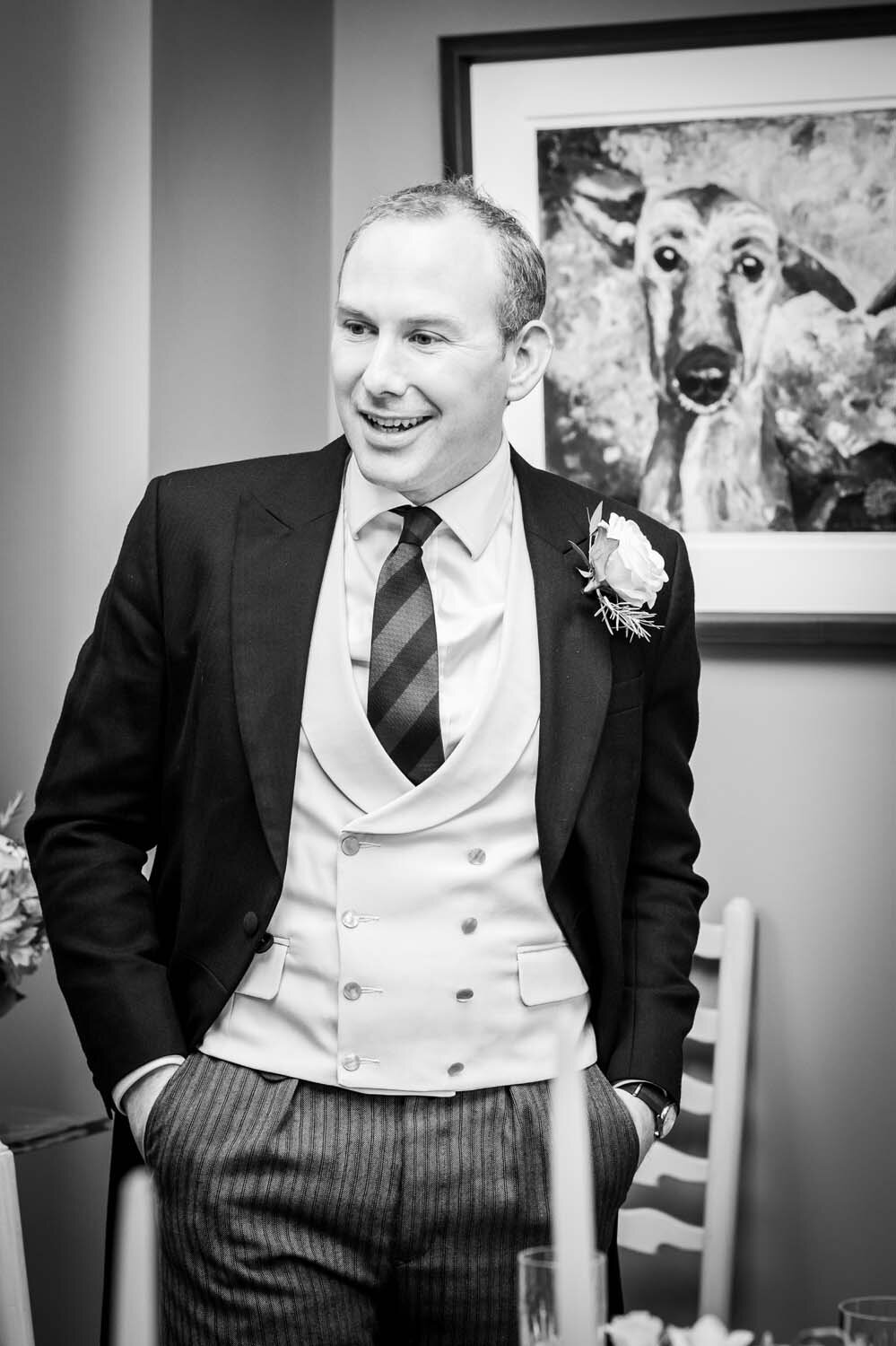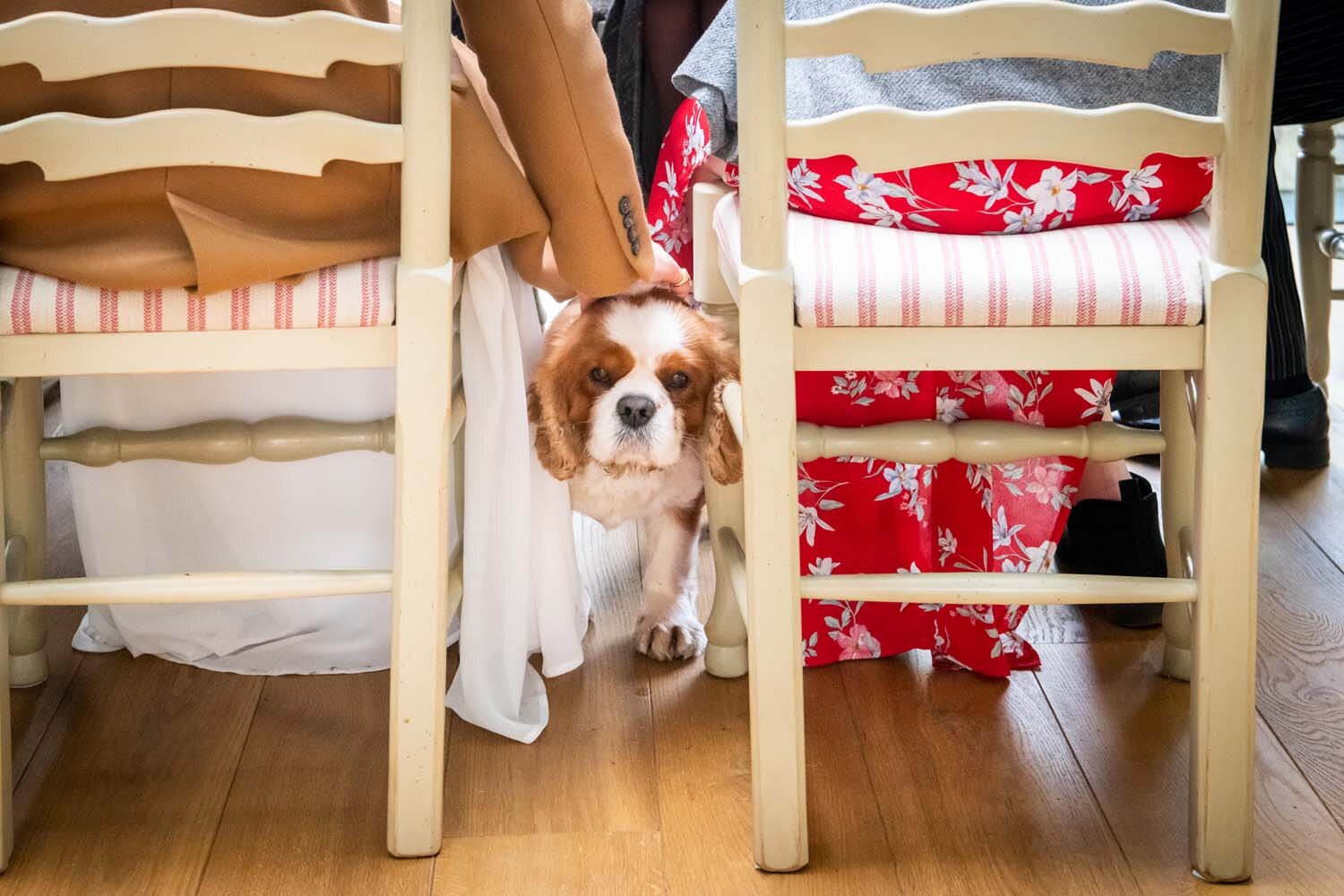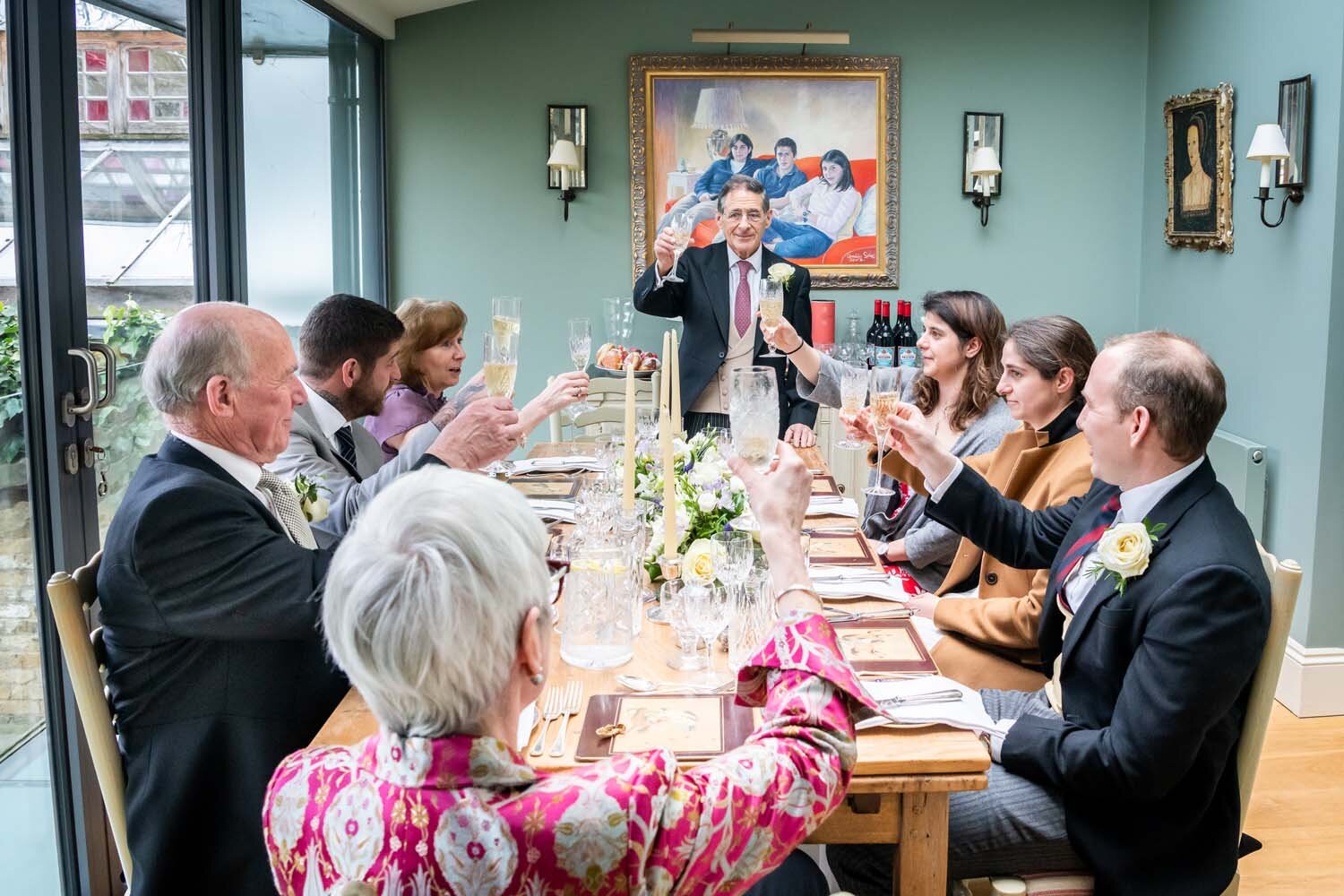Wedding
If the photographer is interested in the people in front of his lens, and if he is compassionate, it’s already a lot. The instrument is not the camera but the photographer.
Eve Arnold
I’ve written about how it’s the photographer that takes the picture not the camera and the need to not let the machinery and the technical side of picture taking bog you down. There is no doubt that digital photography has made it so much more complicated for professional photographers. I was living and working in Thailand when the switch to digital photography really reached a crucial point. That being the moment that you realised you would be unlikely to survive as a professional photographer unless you made the commitment to switching to digital. I was shooting for Thai fashion magazines in Bangkok and was actually shooting a combination of both film and digital. I naively thought that by living in Thailand I would somehow be behind the curve of modernisation when it came to photography and digital capture. To a degree I was running away from change and was in some denial. I recall buying an incredibly expensive new lens for my beloved Pentax 6/7 in London and the salesman looking quizzically on as I committed money to a piece of kit that would soon be obsolete. I didn’t tell him I was off to live and work in Bangkok where I thought I could continue to shoot on film and avoid the confusing, expensive, technical demands of digital capture.
In Bangkok as I began to shoot for the fashion magazines it was soon clear that it was folly to presume I could survive for long without accepting the inevitable and giving into the digital monster. I took some brief instruction from a local studio who began to help me get my head round what digital photography meant in terms of its impact on our livelihoods but I was so unprepared for the enormity of the changes. I don’t intend this blog to be all about those changes and the massive complex impact the switch to digital had but really to simply touch on it and reflect on Eve Arnold’s quote as I like to do in these blogs.
Eve Arnold
I remember shooting a Thai celebrity in Bangkok for Thai Harpers Bazaar magazine one afternoon. It was I believe the first time I had shot digitally and I had connected a digital back to my beautiful Hasselblad. This was all made possible by the help of a skilled Thai assistant who was familiar with the digital back that we had connected. In order to get the correct exposure I went about using my hand held light meter to measure the ambient light and then skilfully balance that with the flash kit that I had erected in the location. The plan is to combine the flash with the ambient light and correctly light the subject without making it look flashed and overly lit. This is a skill that has and come with practice and experience. Once I felt I was close to the correct exposure I then shot a Polaroid to check how things looked. I was pretty dam close to near perfect on the first Polaroid. There were a few small adjustments to be made after that but that was normal and expected. But I recall my young Thai assistant being amazed that I could even do that. He said he had never seen a photographer measure light and balance the flash and ambient and work out the exposure that way. In the world of digital that he had emerged into, he and all photographers would just continually shoot images in their digital camera until it looked about right. There is no expense in that and it was essentially a process of trail and error. It was a moment of realisation that my understanding of light and theory would be of great use and even though I was new to shooting digitally it didn’t mean that all my years of learning to shoot were suddenly wasted. In fact I felt I was uniquely skilled to be ahead of the others.
Thai Harpers Bazaar
I also recall there being a sense of discipline about being a film photographer who had converted to digital. Every photographer now will say you always shoot way more with a digital camera. You are not restricted by the expense of film and the knowledge that each frame brings you a touch closer to the need to reload and put in another roll of film. The knowledge that the cost of the film, processing the film and then the contact sheet were all a considerable expense. And so without doubt a good film photographer built up the skill of being decisive and economical. Making the exposure at the right moment and executing the capture with some discipline. I would be skilled at hopefully grabbing my subject at just the right moment in only a few rolls of medium format film. And a few rolls of medium format film (10 or 12 exposures per roll), would mean that I’ve caught my subject in just maybe 36 frames. Now in the world of digital photography you would not even be getting warmed up until you had shot 50 odd frames. I'm sad to admit that now after so many years shooting digitally I’m not so sure if I retain that unique discipline and often find myself shocked to see how many frames I have shot in order to take that one image. I feel to a degree in digital you essentially shoot options live in the moment with the knowledge you will decide later which angle or expression you prefer. In the luxury of the processing stage you can then edit and reconstruct your chosen frame.
Eve Arnold talks of compassion and being interested in people in the quote above. I do wonder about social photographers who are actually not at all interested in their subjects or clients. I struggle with this to a degree as I’m naturally a very curious person and am always very interested in the people who I am photographing. Often I really have to force myself to shut up and stop asking too many questions about my clients and their lives. I am forever curious to know so much and fully appreciate this can on occasion come across as nosy or an invasion of someone’s privacy. When is it correct to ask certain questions of a client? I always feel if you have been chosen to record this special day and be responsible for capturing the most magical romantic day of their lives it is given that you have some licence to ask questions that help you get a better picture of your client (excuse the pun). I often feel its like how fashion hair stylists get all the gossip from the models sat in the chair (Think Warren Beatty in the brilliant movie Shampoo) and there is a trust element to opening up to your wedding photographer. But naturally I accept this is not always the case and there are boundaries.
But I am curious and I do believe that getting to know someone does all help to improve the photographs as you build a sensibility and knowledge of that person. I’ve shot weddings where I’ve spent time with the bride and groom and eventually feel to a degree a genuine friendship and that familiarity can help to bring out certain qualities as they trust and simply enjoy having you around. I do know there are wedding photographers who prefer the more ‘wildlife photographer’ approach to wedding photography. Those that are silent, never adjust or affect the environment to help improve a photo and lurk on the edges with a telephoto lens. I feel that there are moments when you should be that kind of photographer but its not my style and I’ve written on the past about how injecting ones personality, the interaction and even stepping in to change the environment all contribute to much better photographs. It’s about getting the balance right.
I sadly never got a chance to meet Eve Arnold but attended a wonderful seminar on her once. It’s clear that she was a unique person with a real skill of connection with her subjects. She had a very unique ability to really involve her subjects regardless of their social status. It did not matter if her subject was a film star, member of the royal family, a politician, a milkman or a stranger off the street. She would always make the effort to include them in the image making process. She has taken some of the most beautiful images of Marilyn Monroe and I doubt those would have come about unless she was both compassionate and interested in Marilyn Monroe. There is clearly evidence of trust and friendship there. I own a magnificent original print by Eve Arnold and pass it countless times as I walk about my home. It’s a beautiful image of Marlene Dietrich and I'm honoured to have such an image in my collection.
Marlena Deitrich by Eve Arnold
My first commission of 2021 was to photograph the wedding of Charlotte and Henry at The Guards Chapel in London. Like any other commission during Covid times I was fired up and ridiculously keen to get out there and take photographs, to be creative and connect with people. I was like an excitable puppy and beyond happy to be shooting, meeting people and earning money. All of which are rare for a freelance person in these crazy times. It was such a pleasure to be photographing in the splendour of the magnificent Guards Chapel and more importantly an immense pleasure to be responsible for capturing this memorable celebration.
I did my best to shoot each moment creatively and no doubt I asked questions and I hope I got the balance right. The balance between getting to know my subject, showing interest and compassion and at the same time being respectful. It was a beautiful day and a wonderful chance to do what I love doing.
